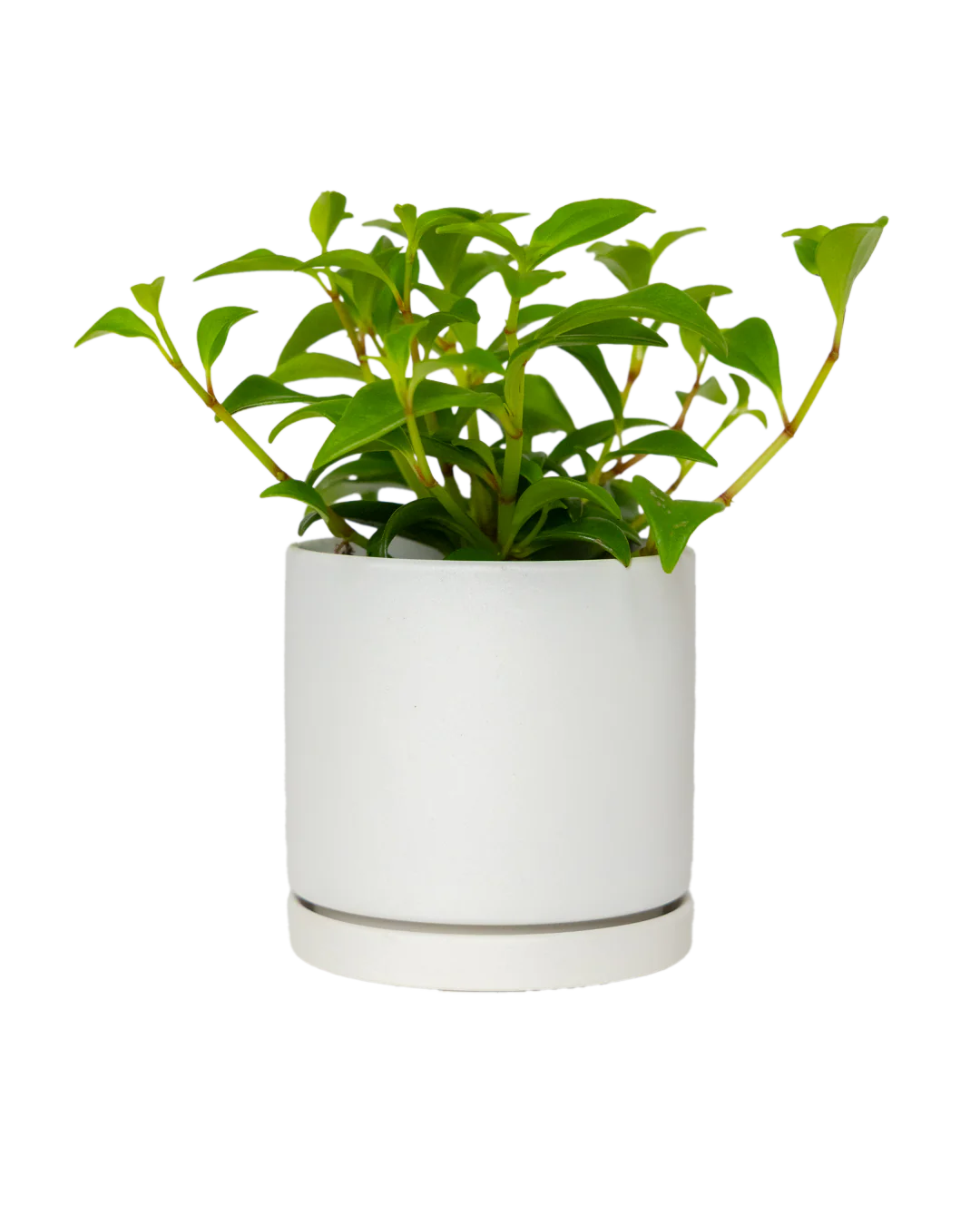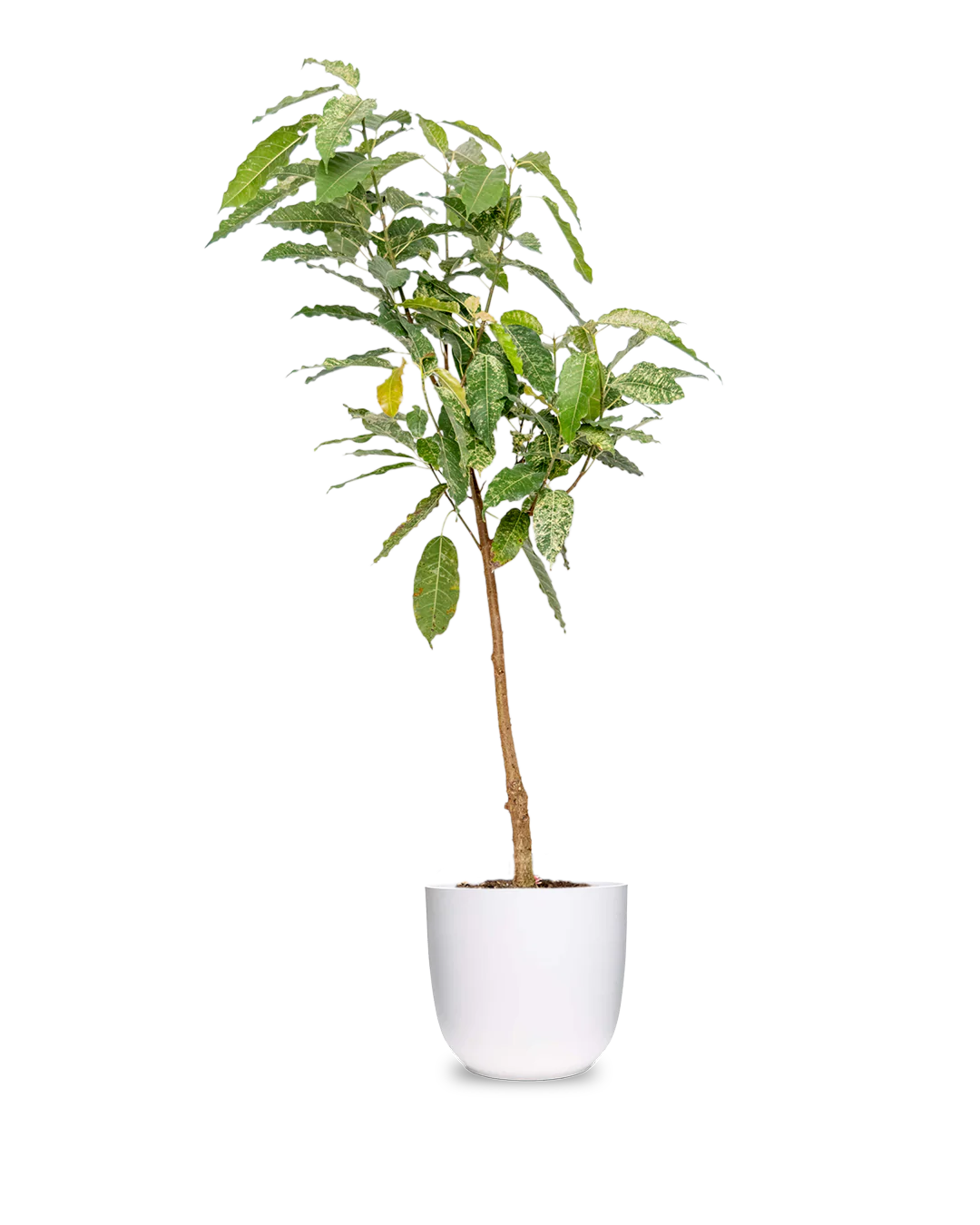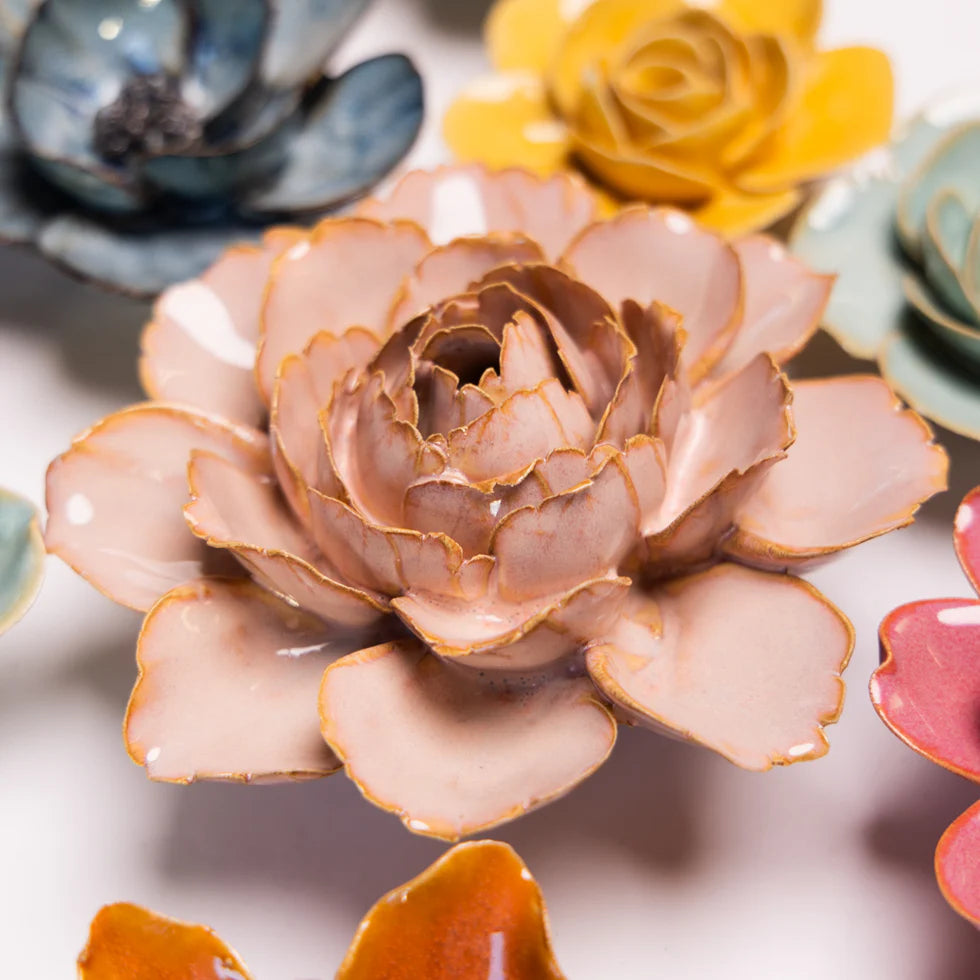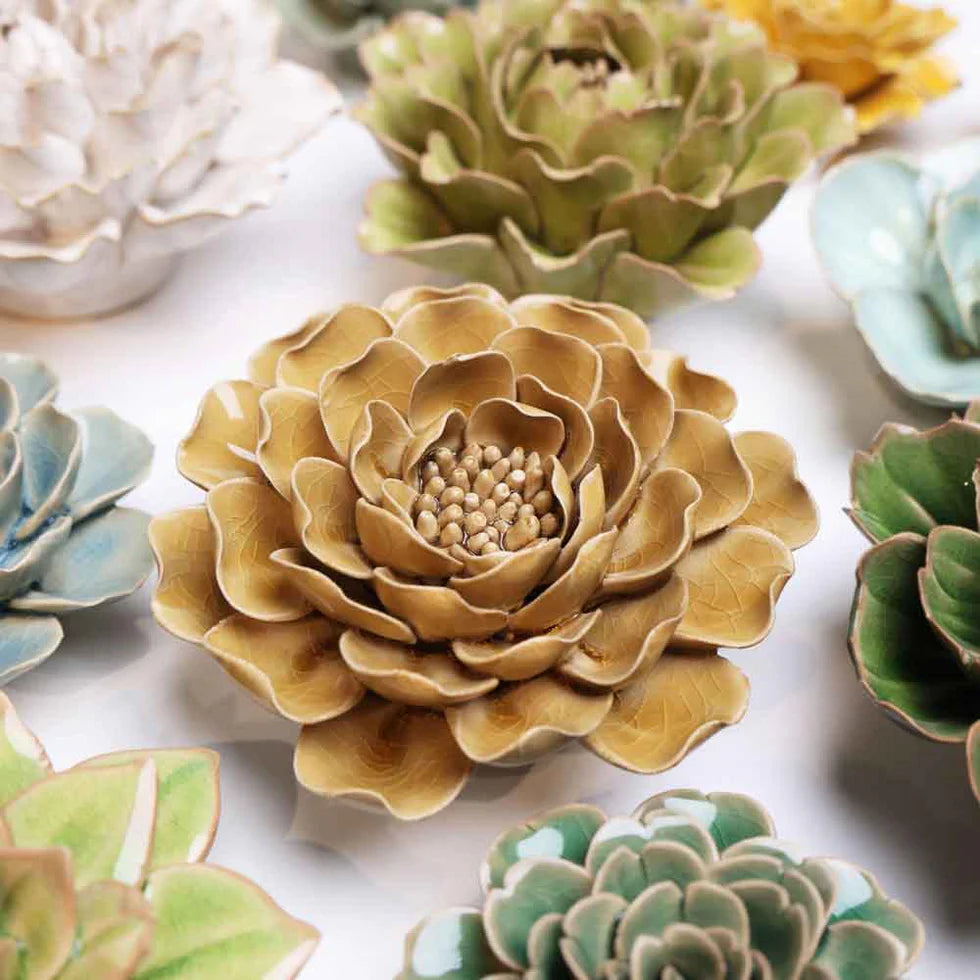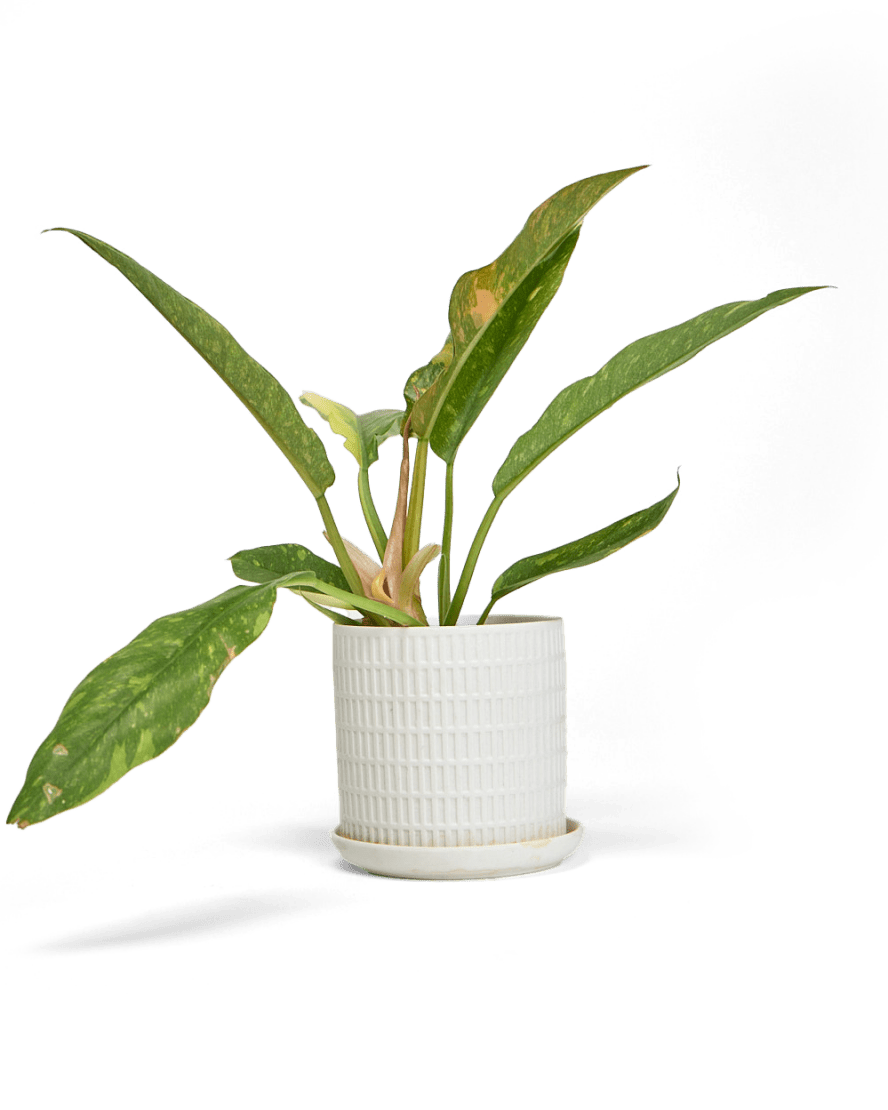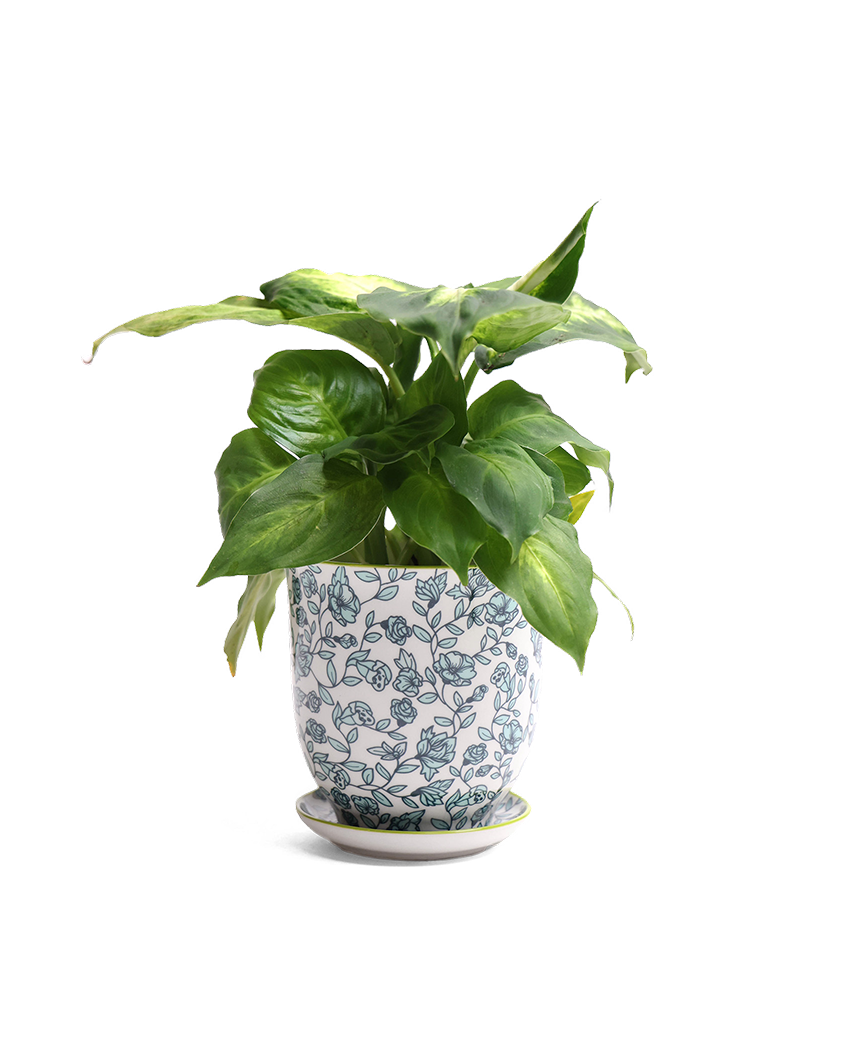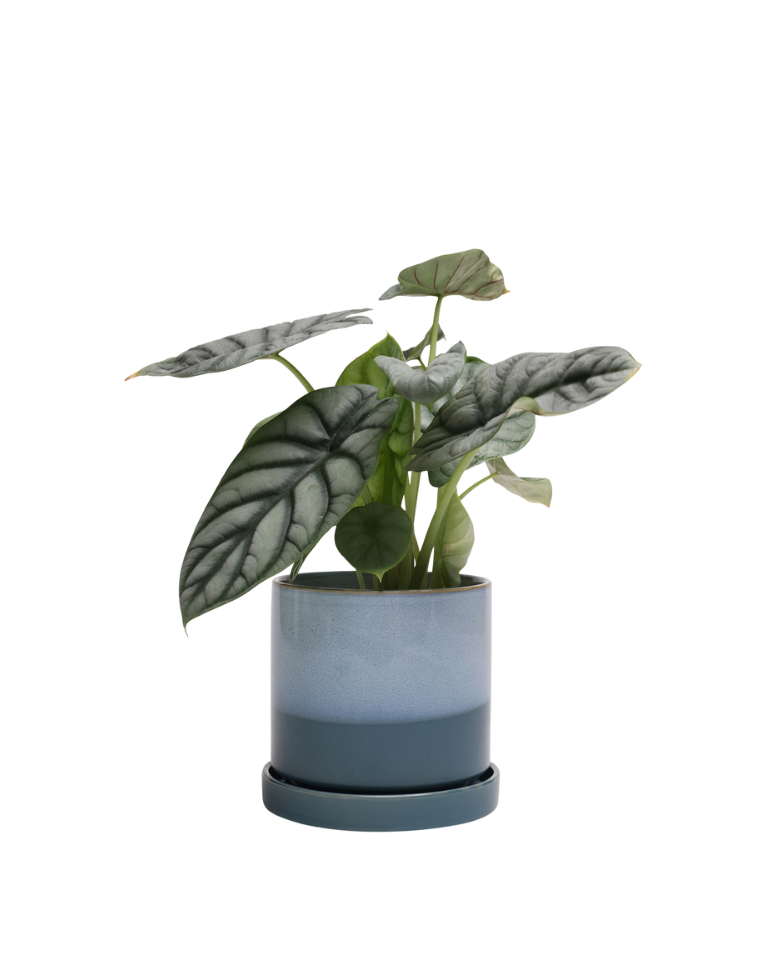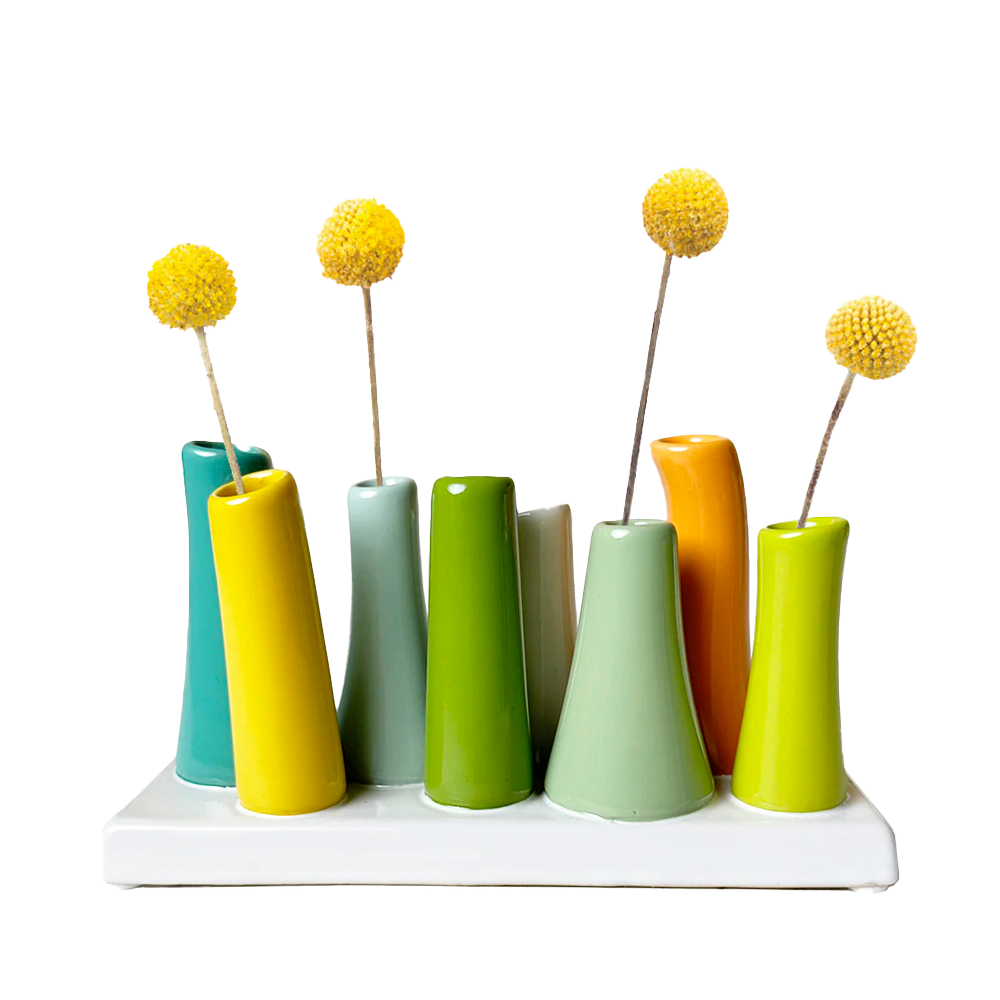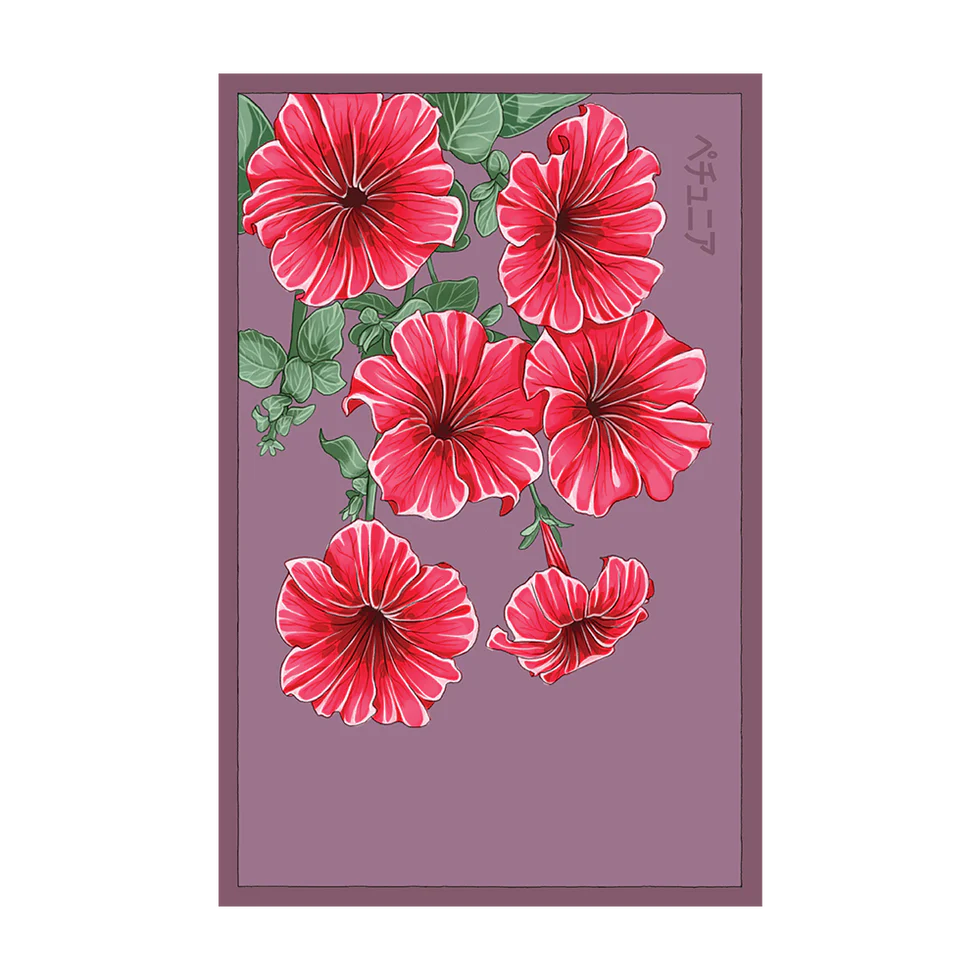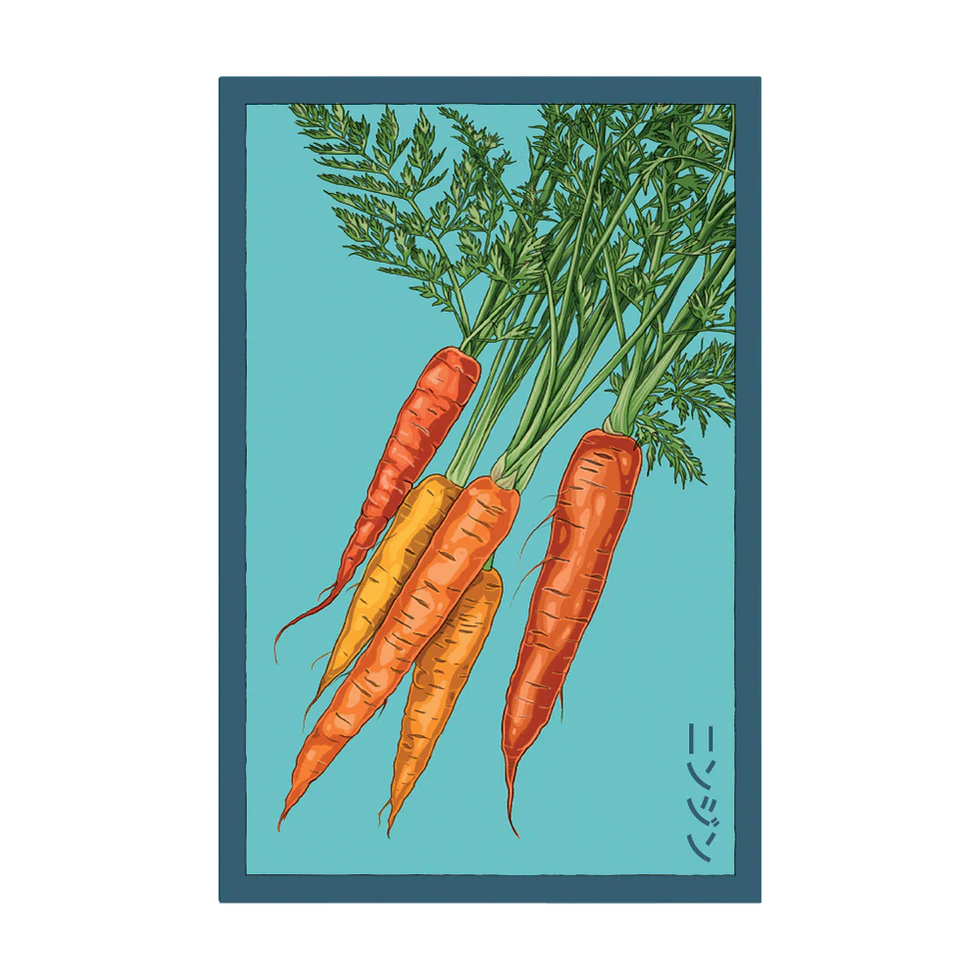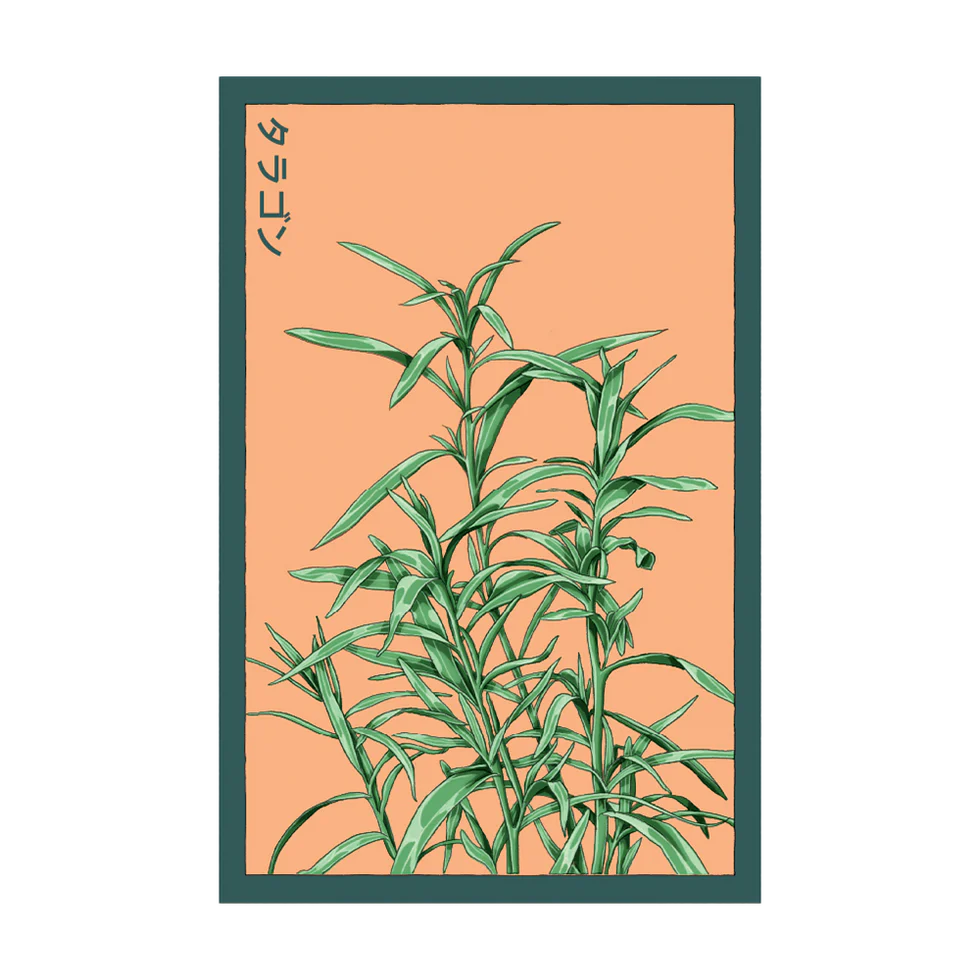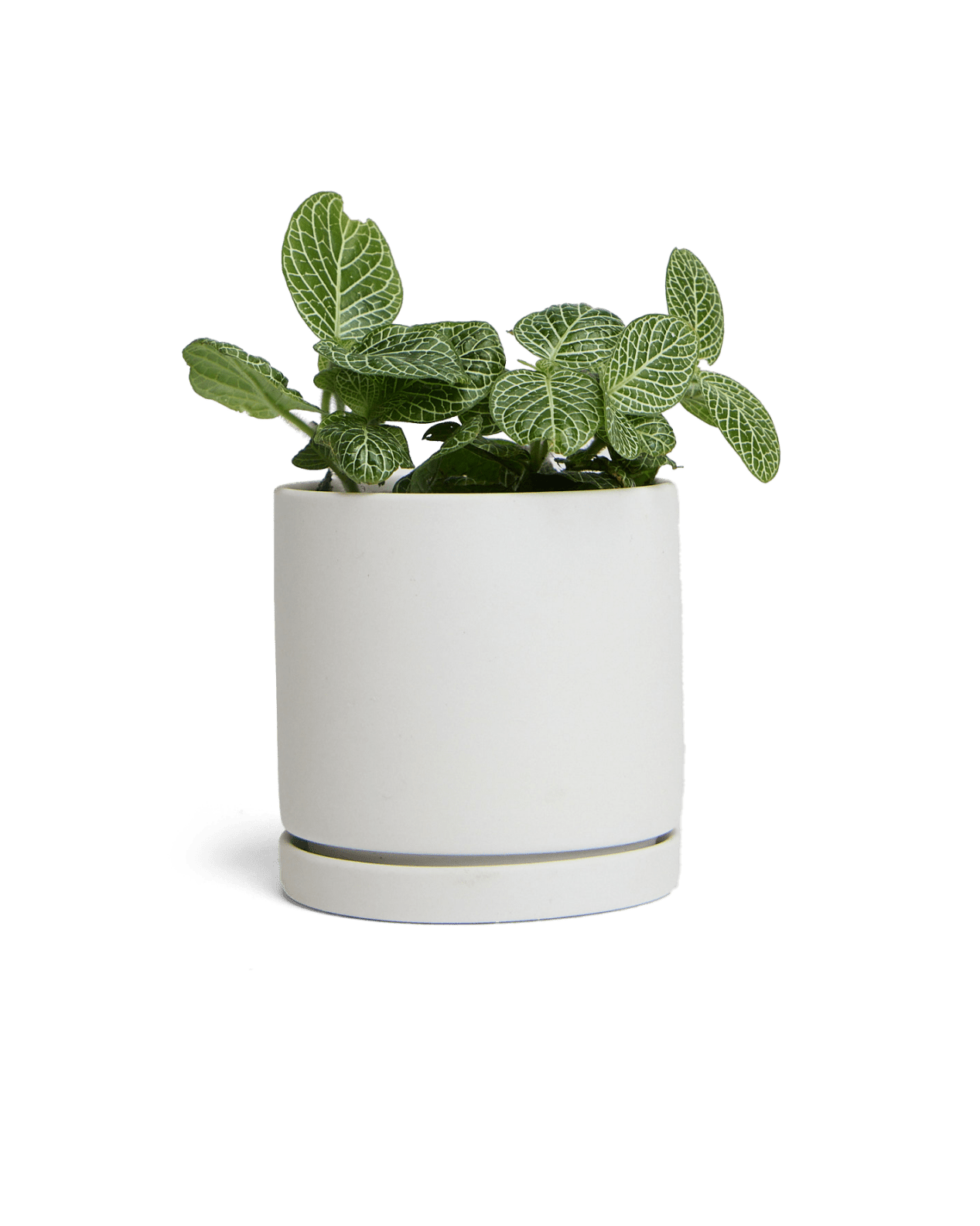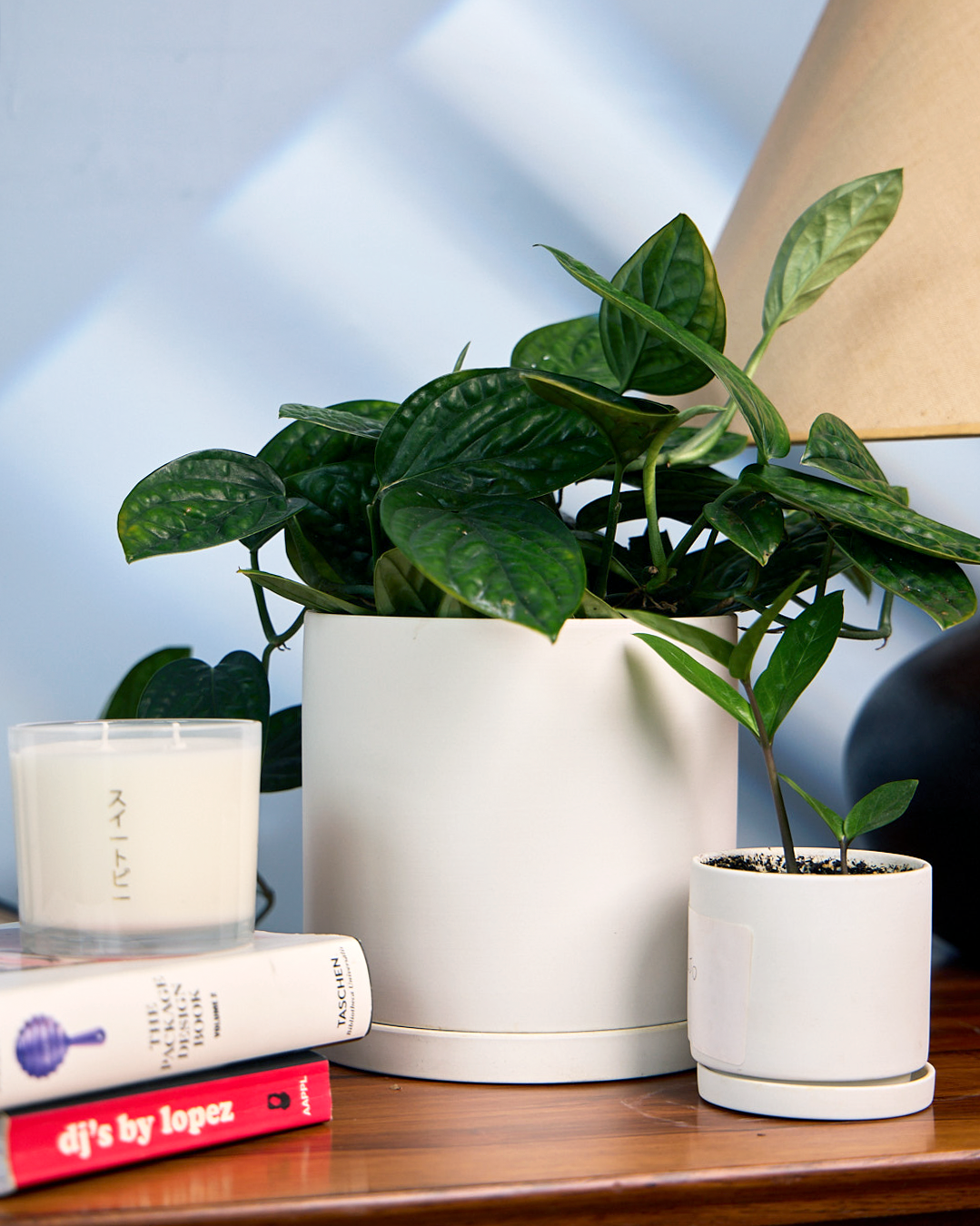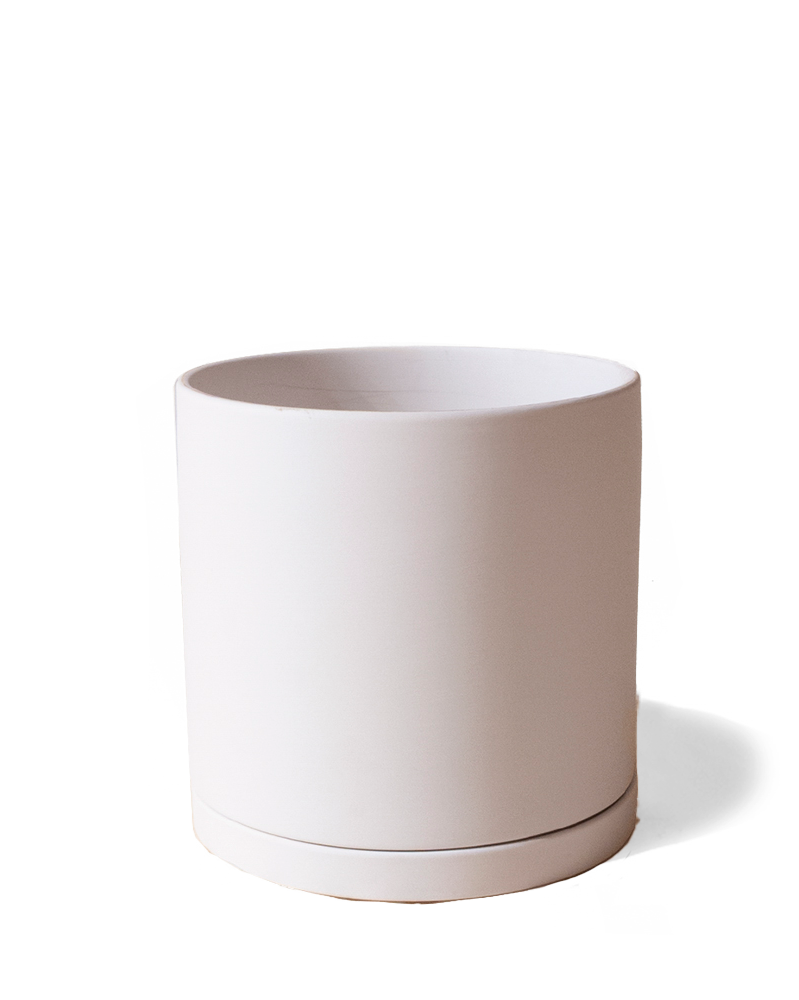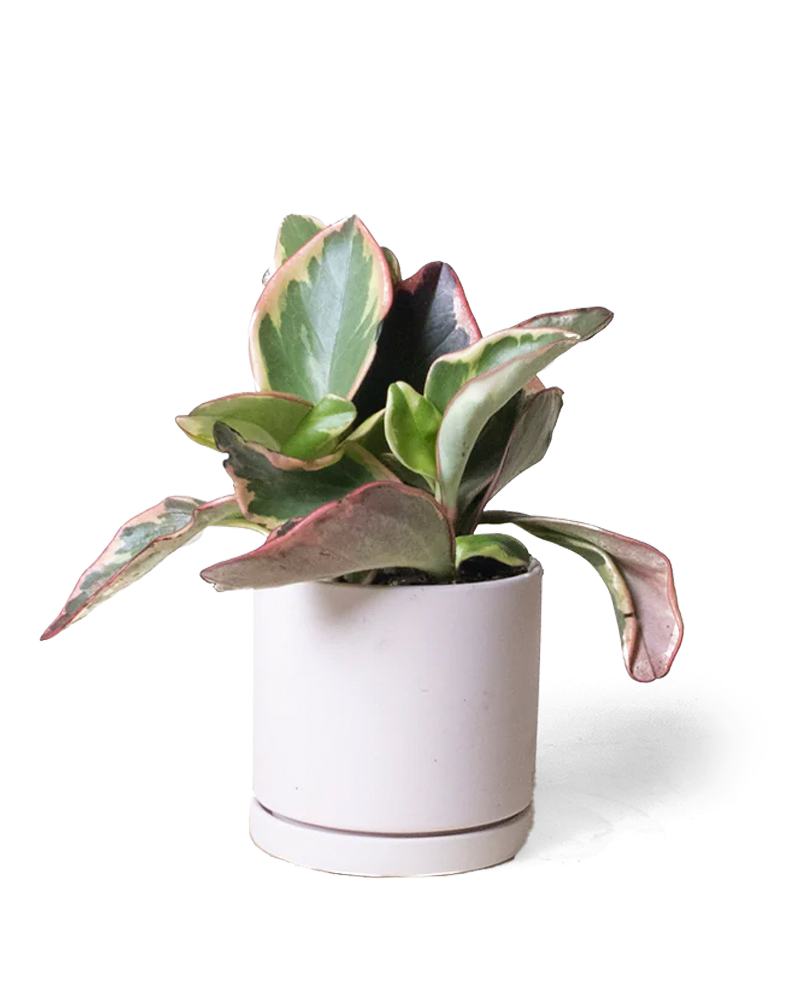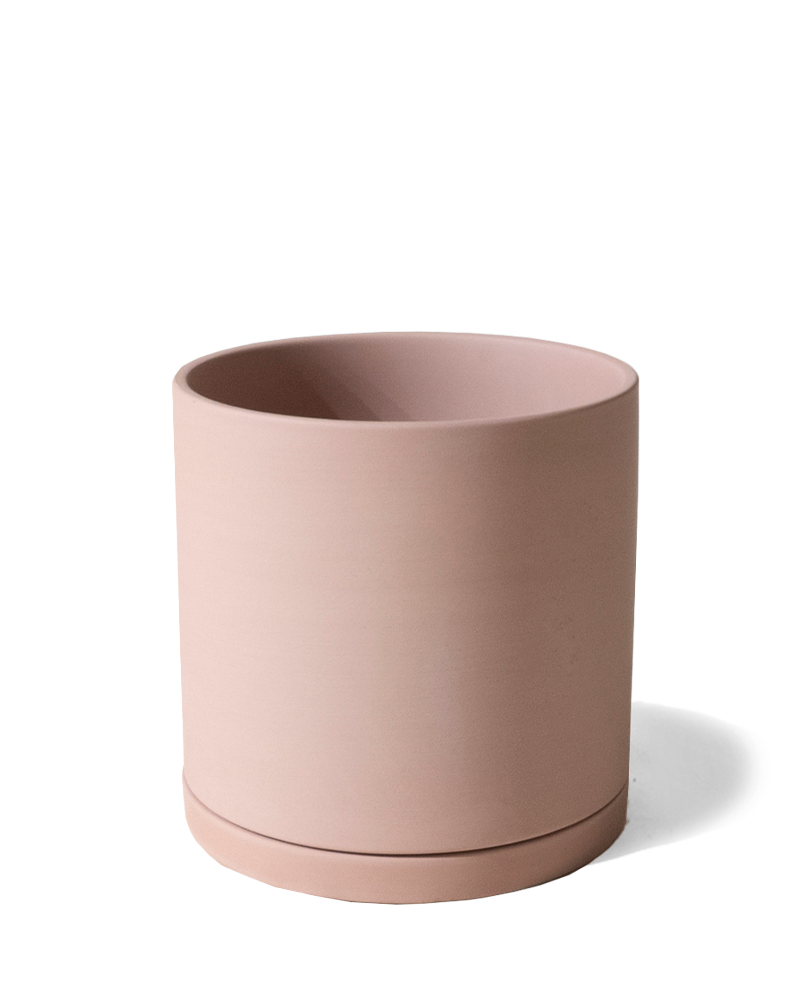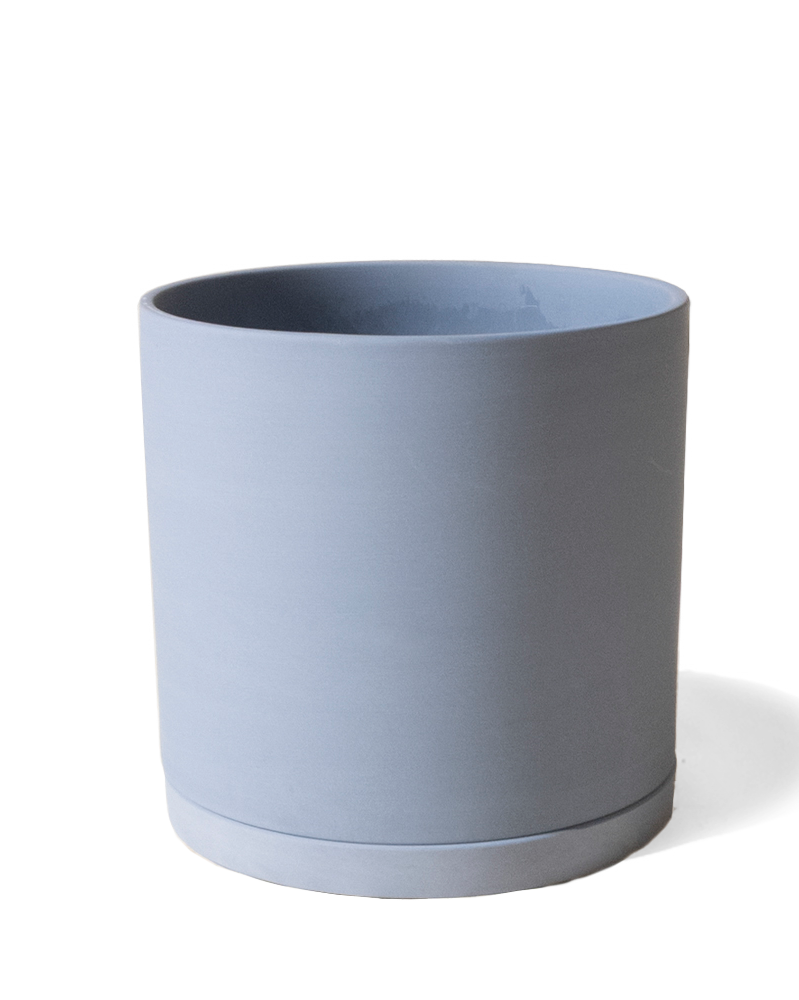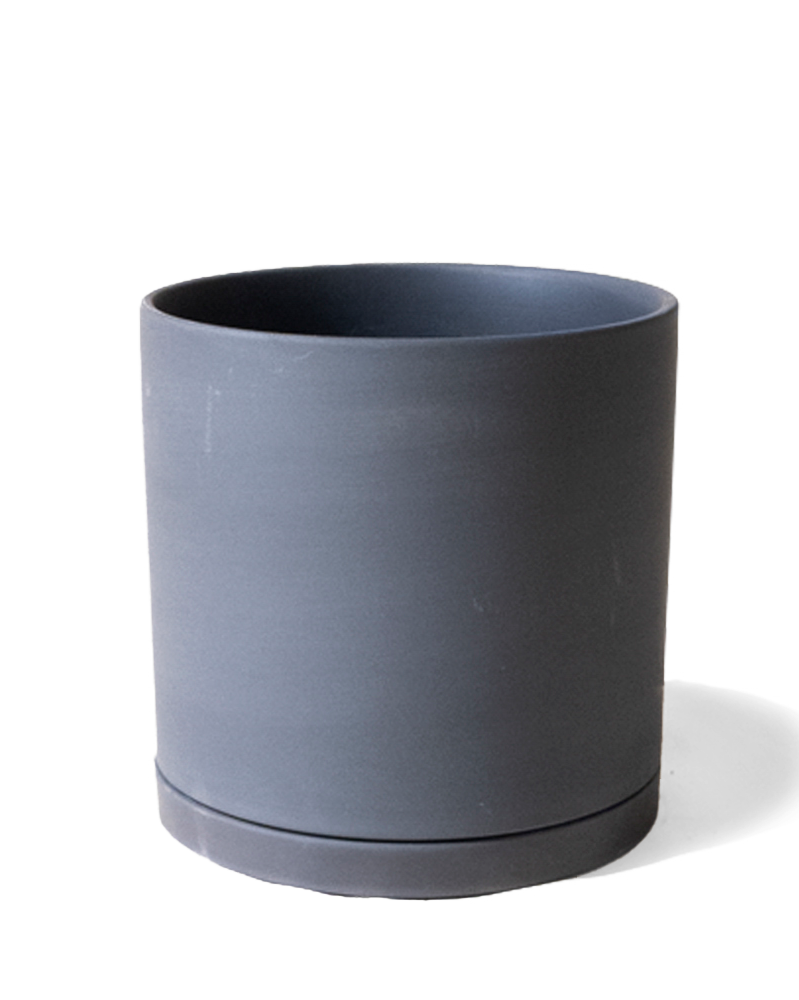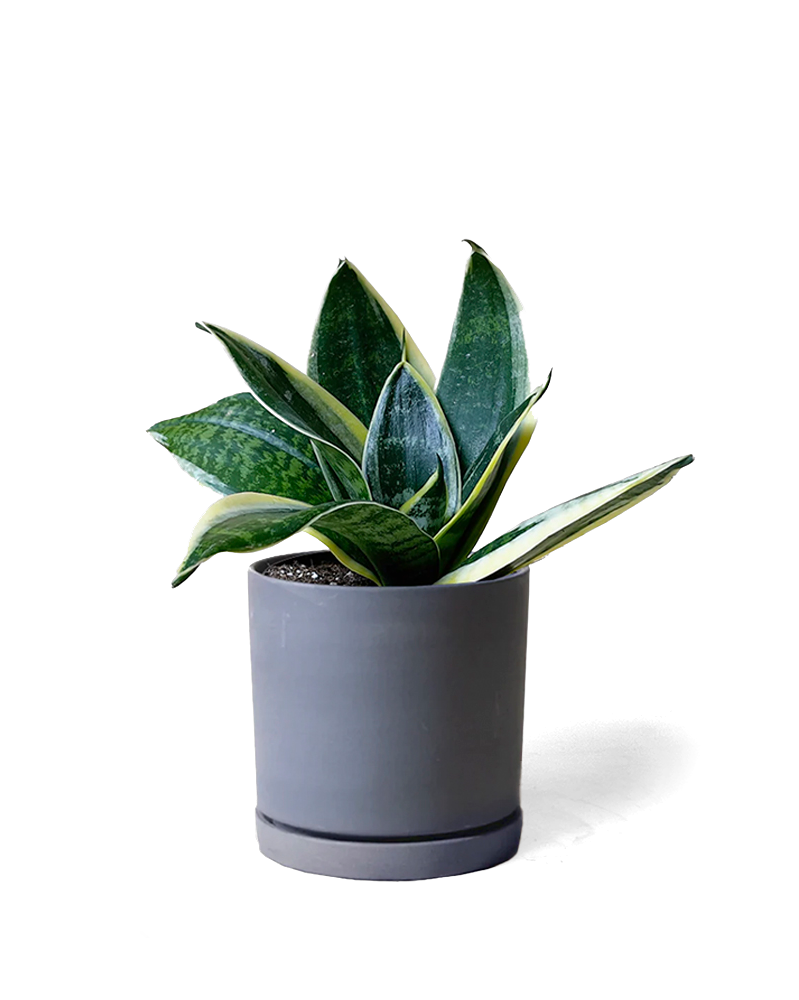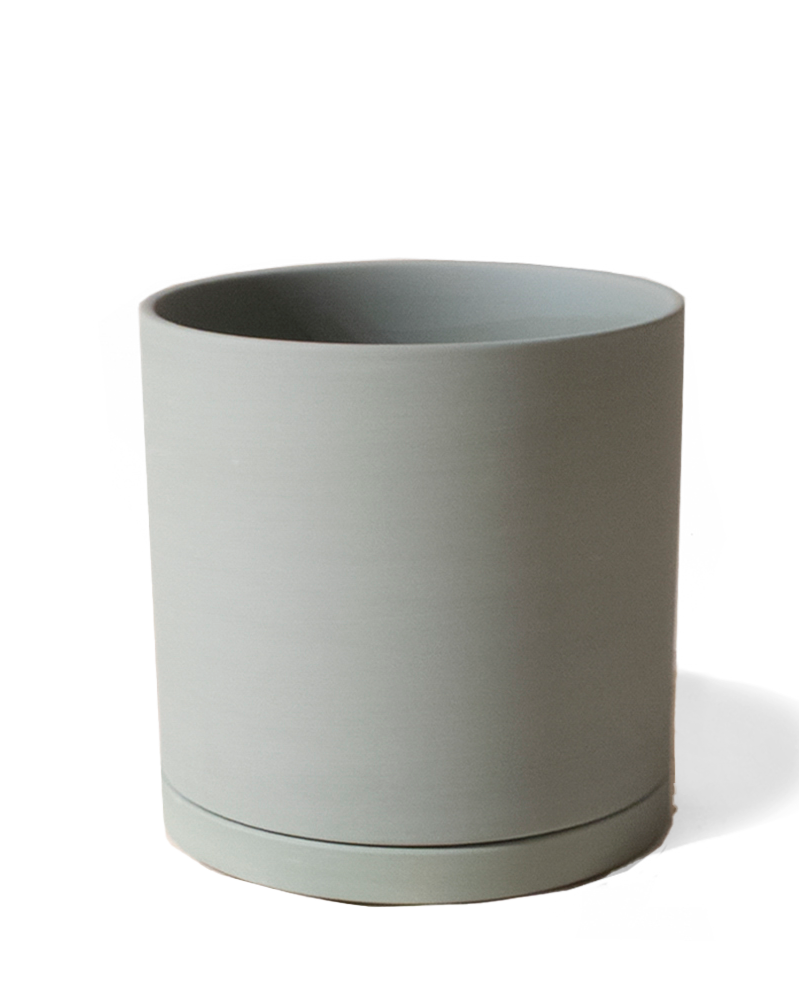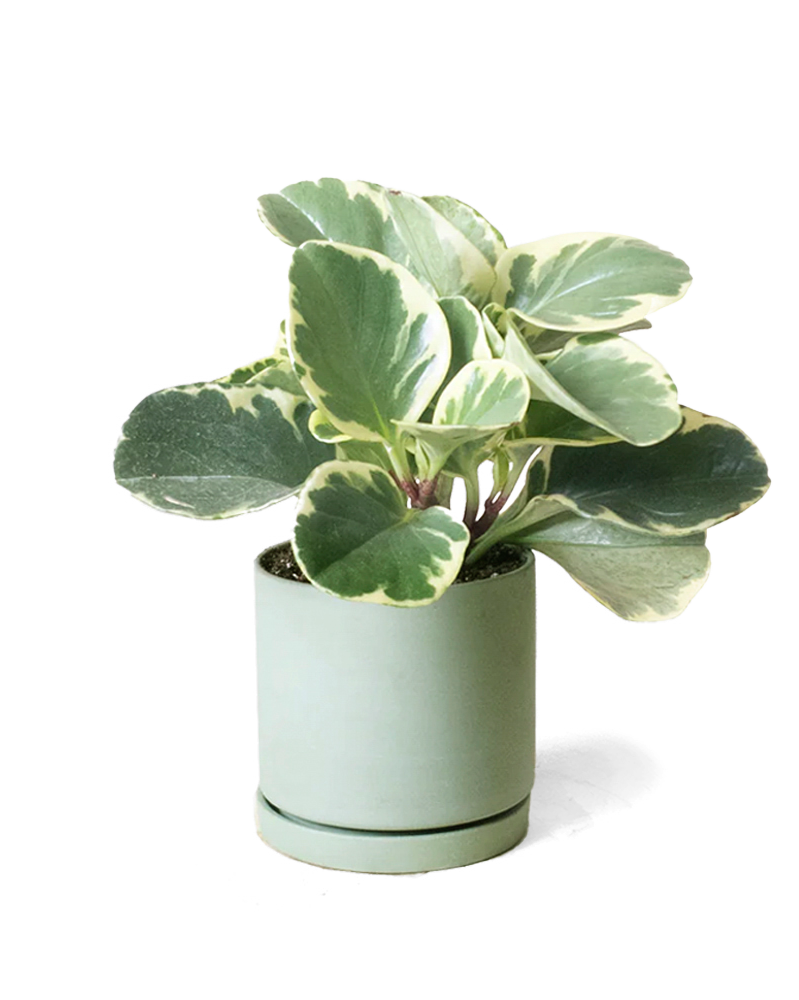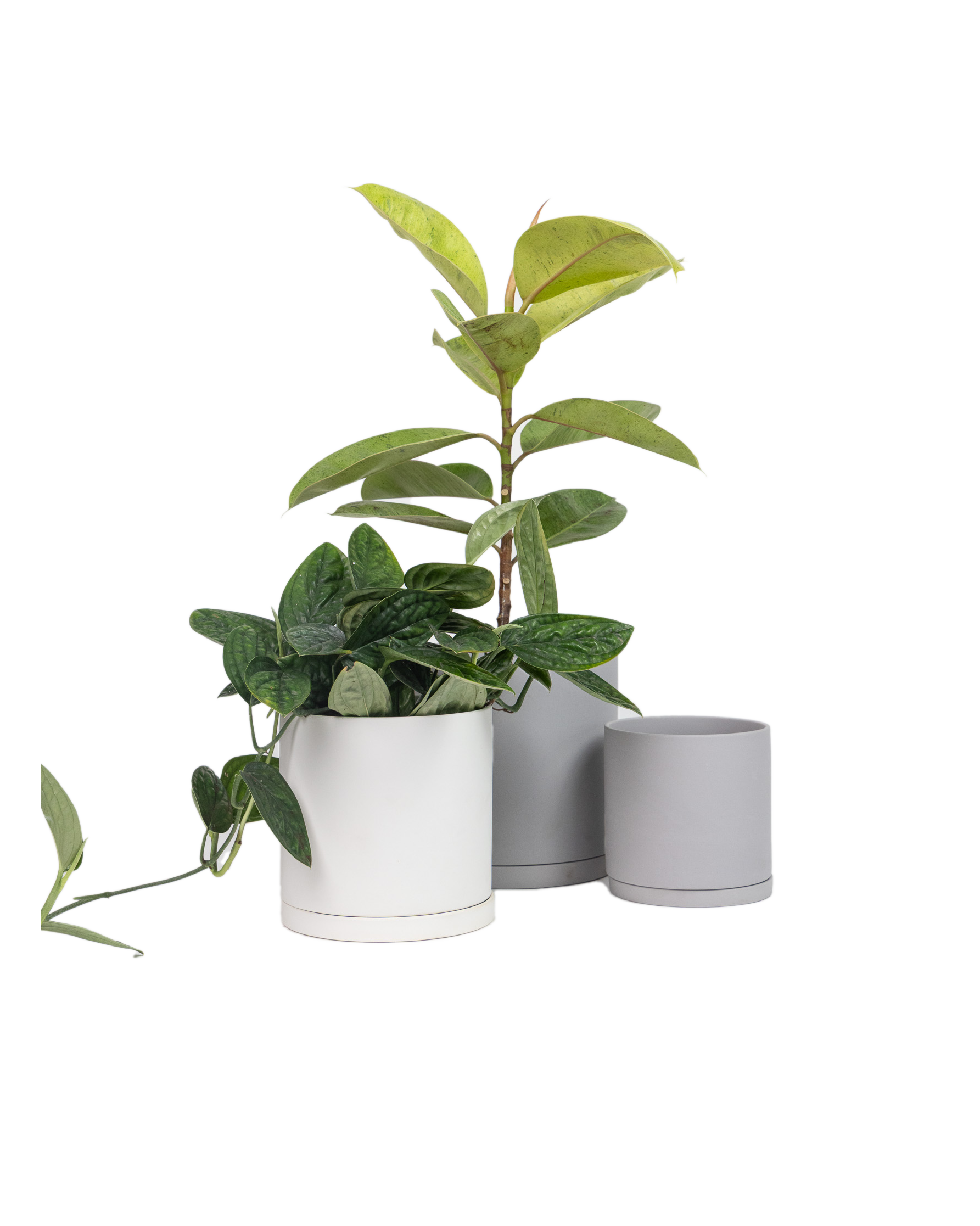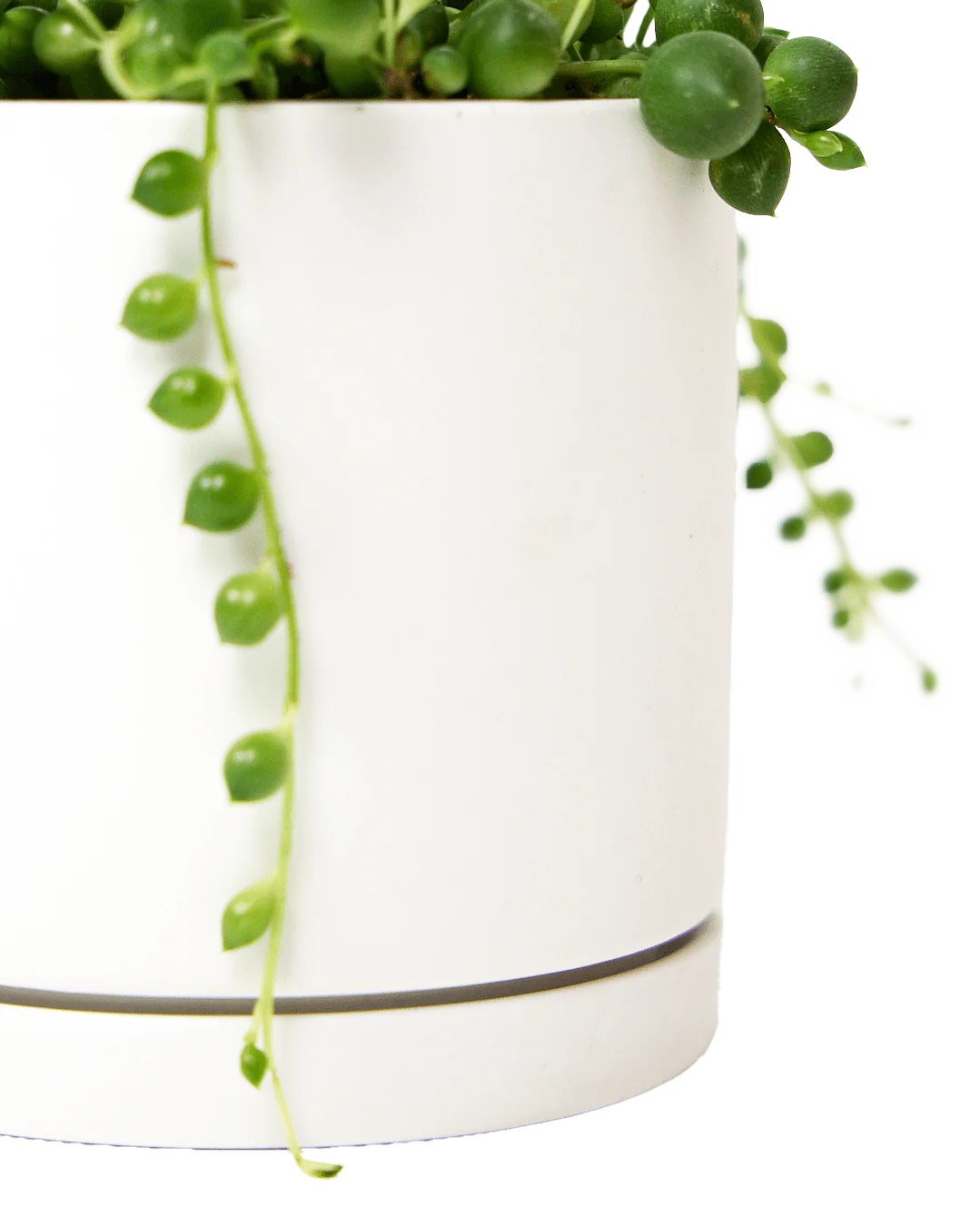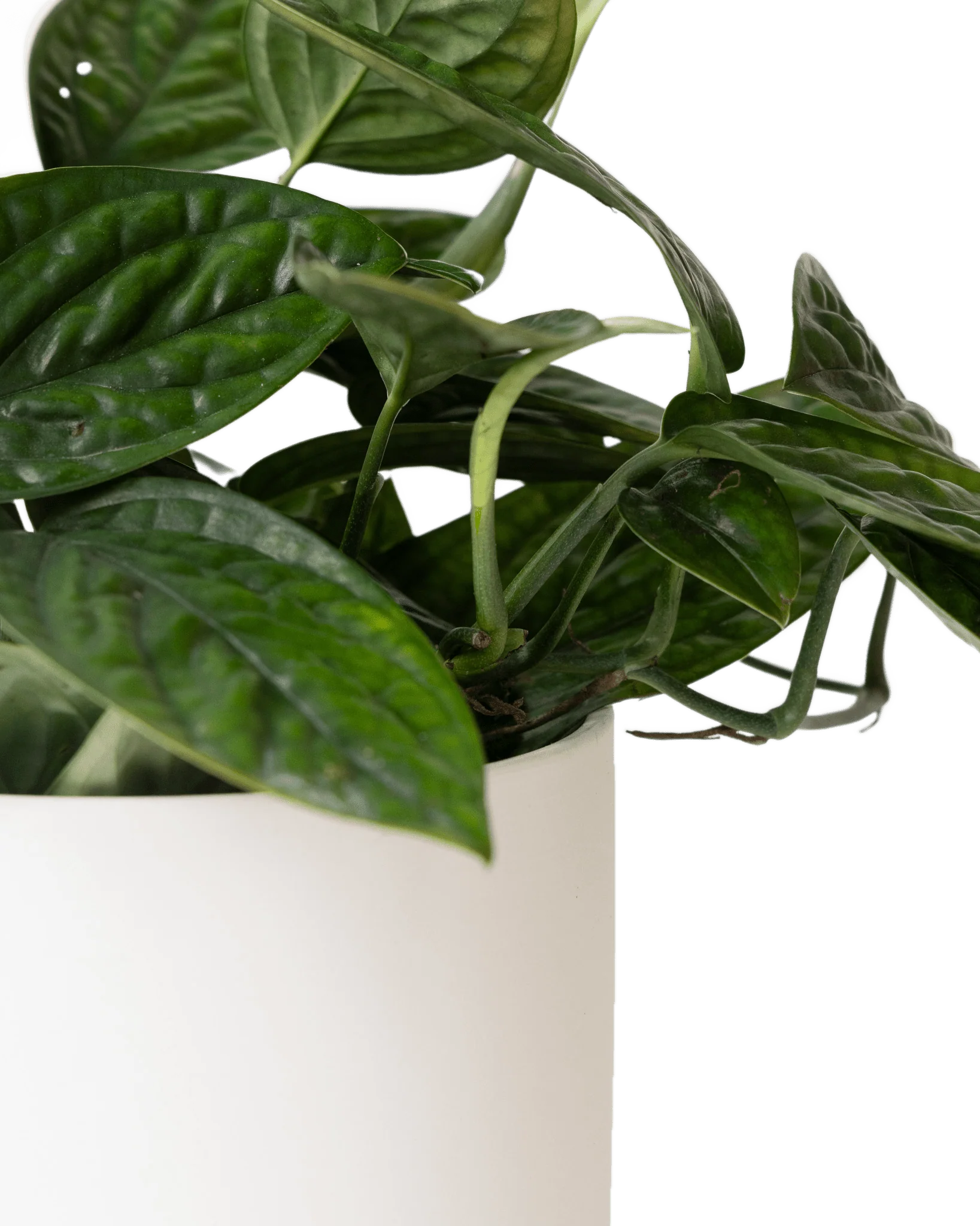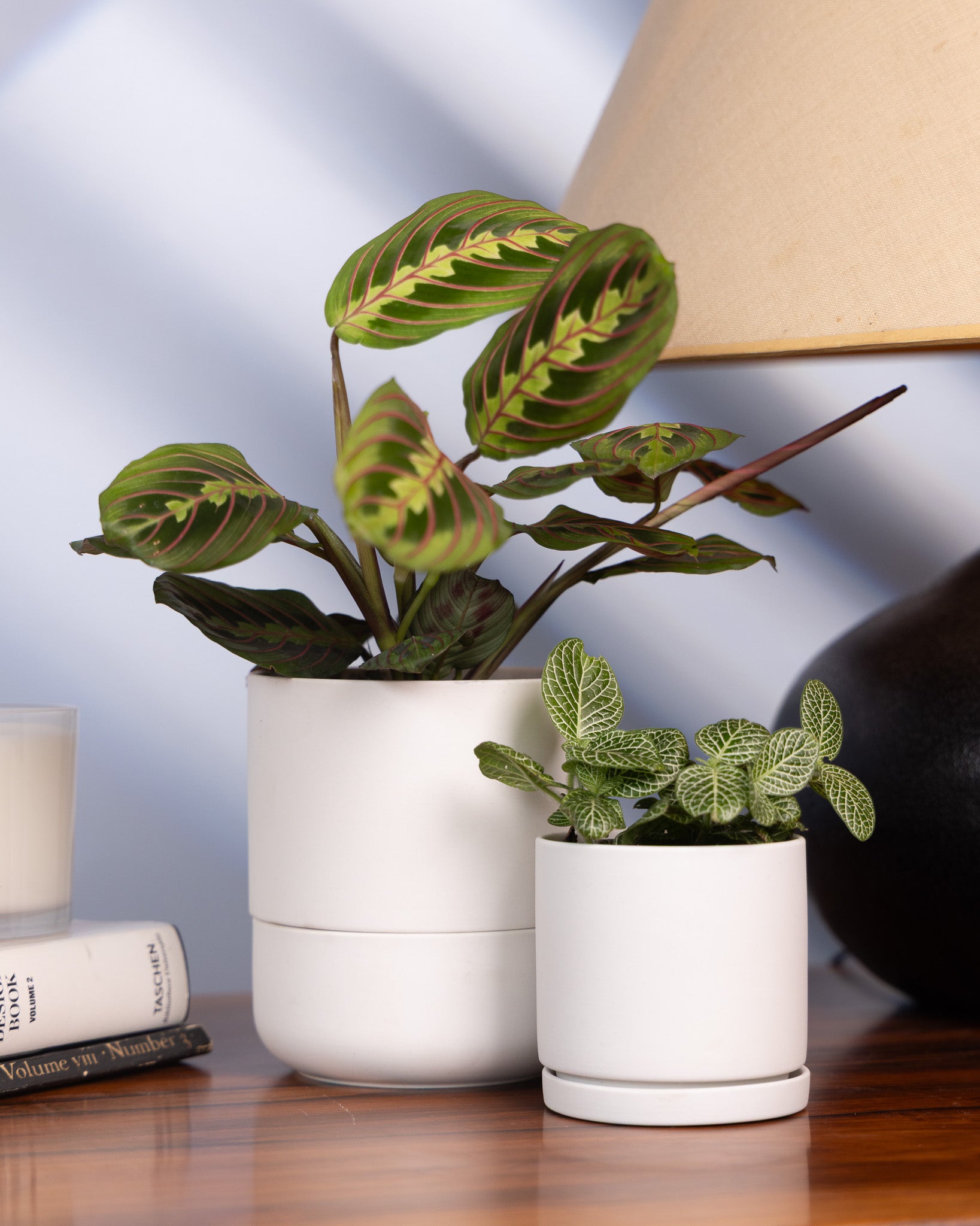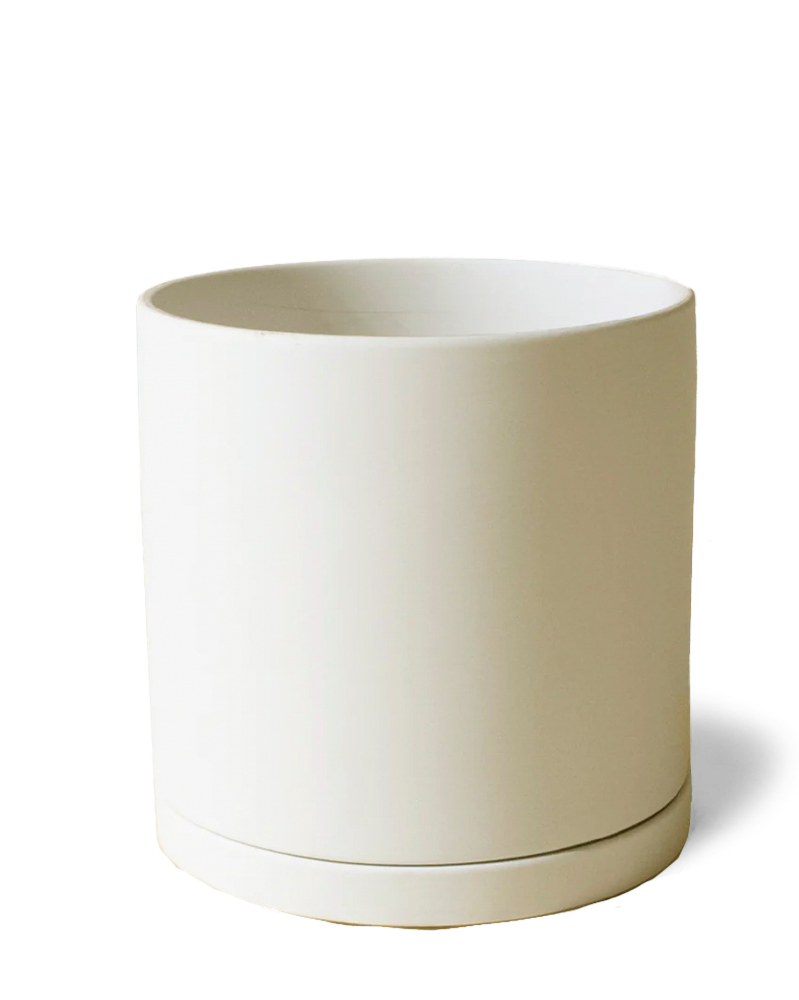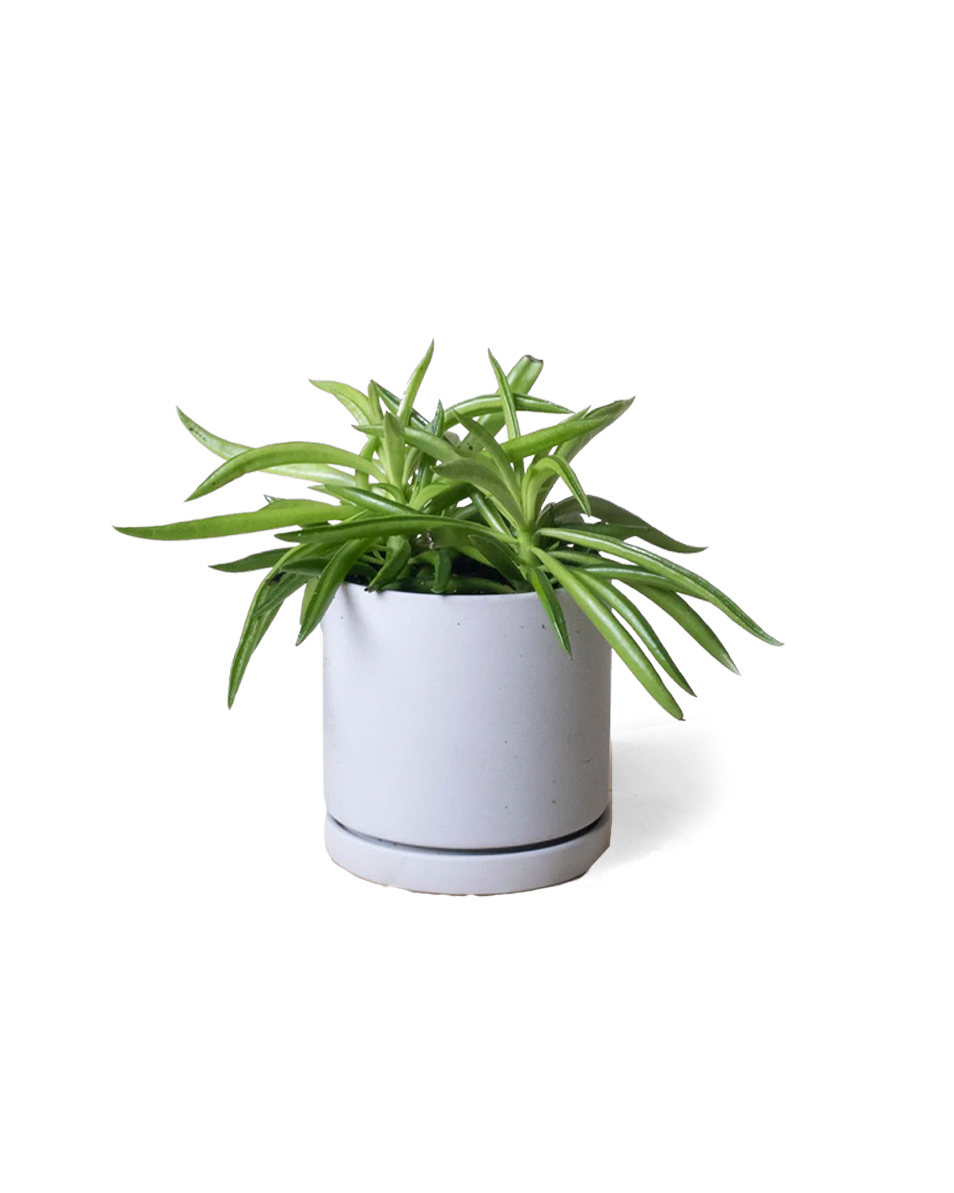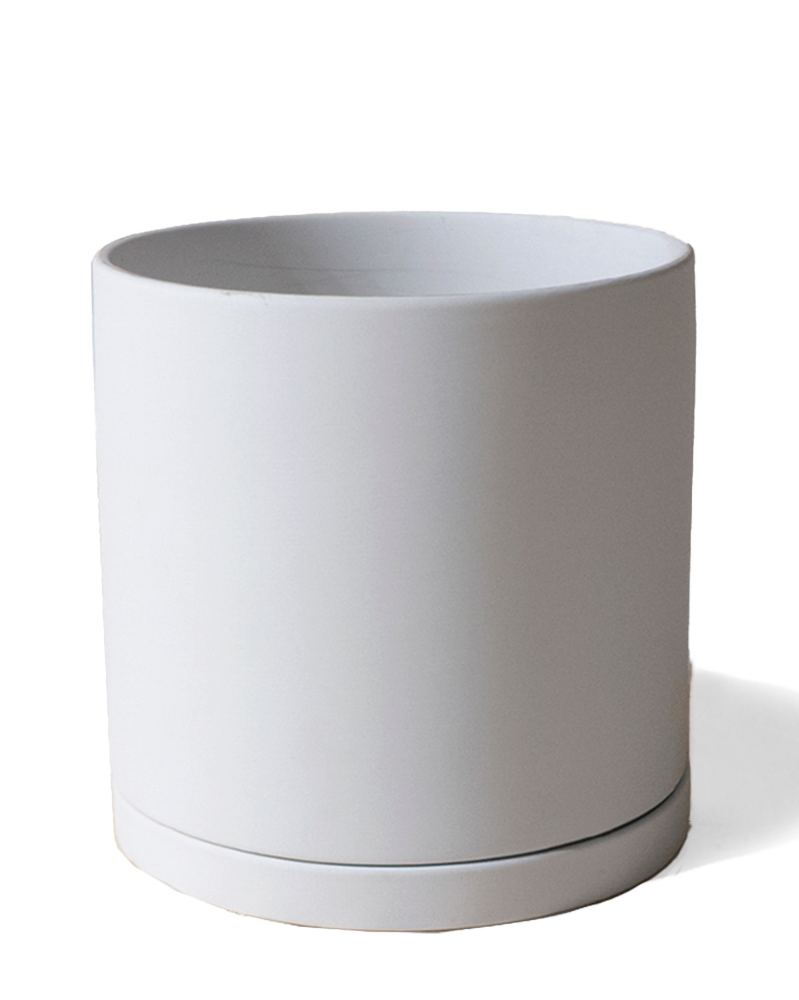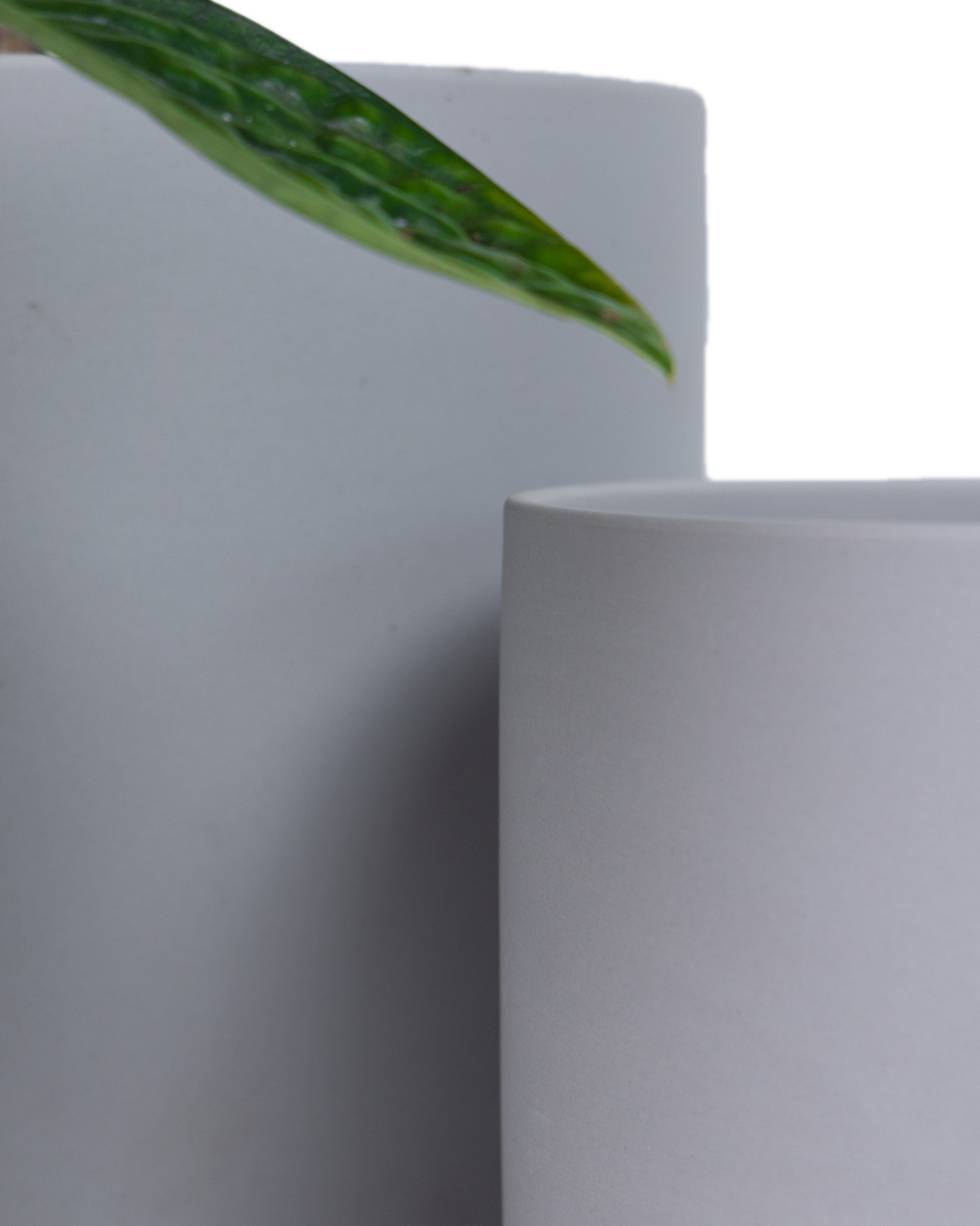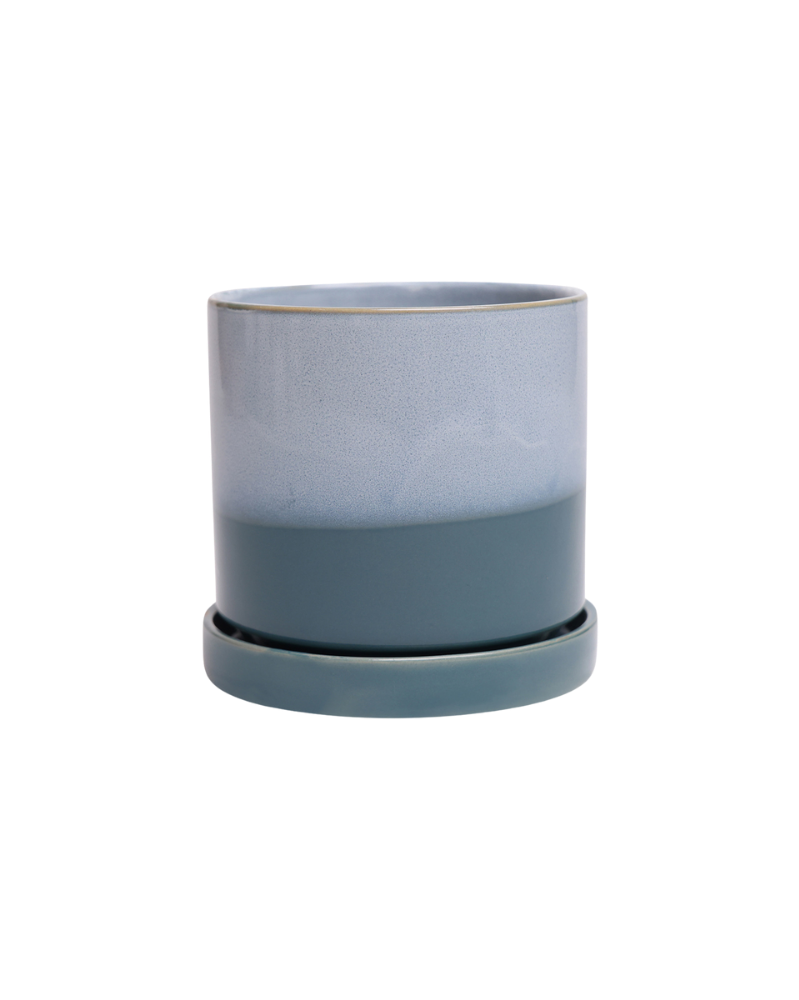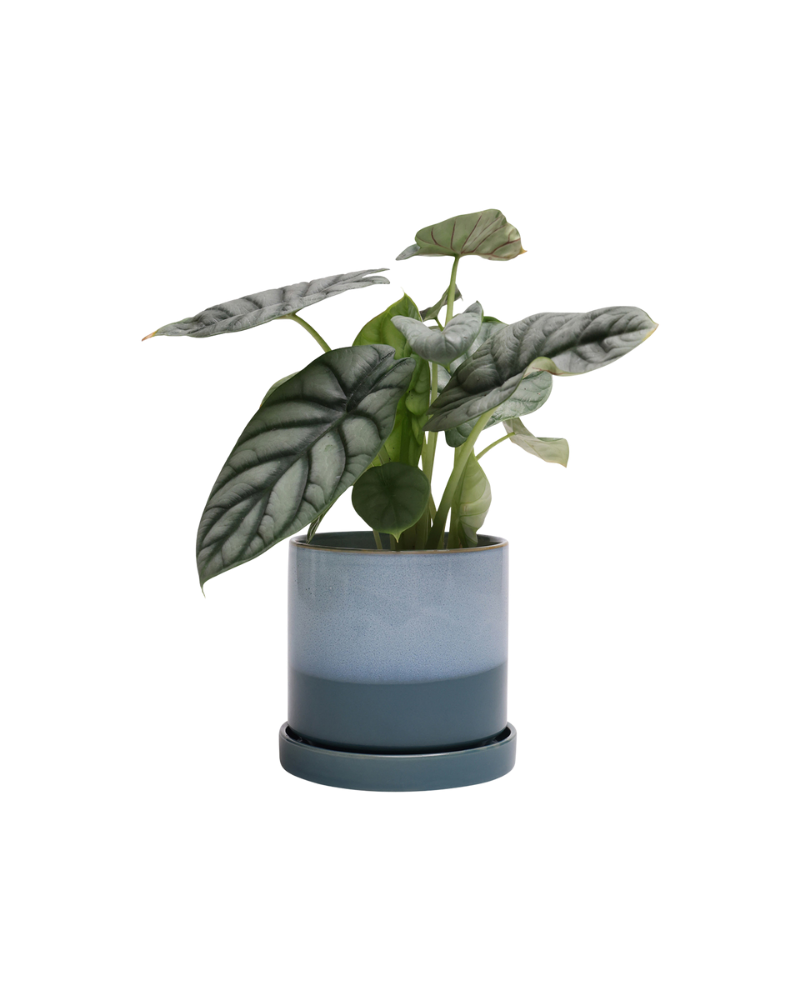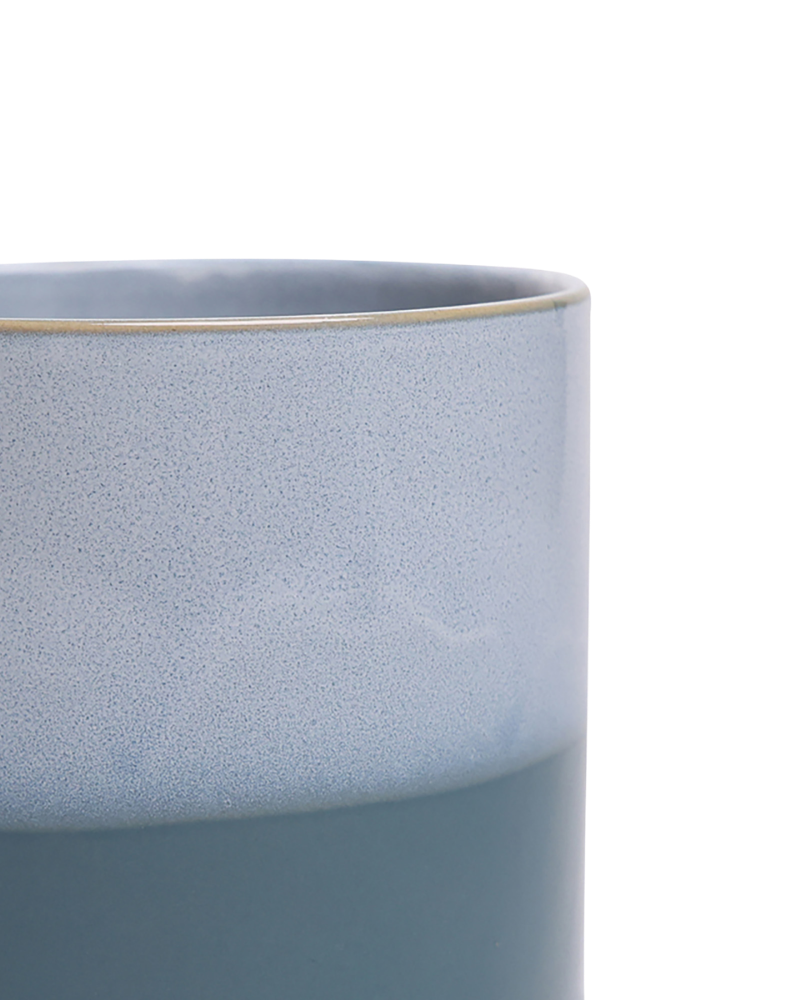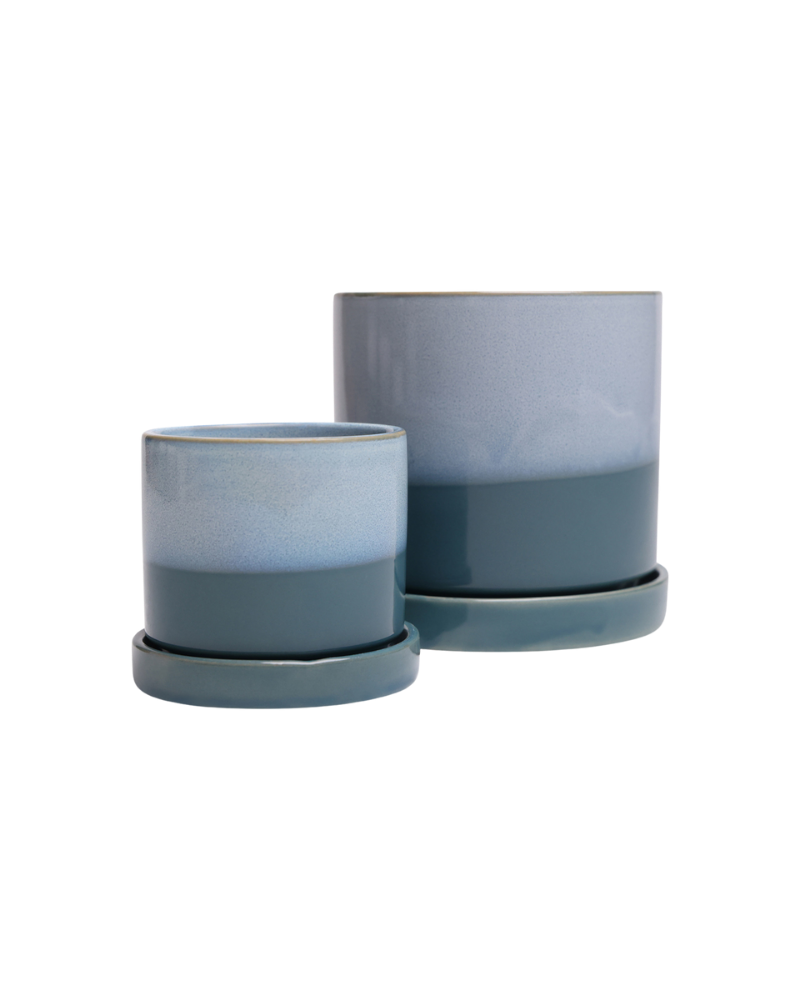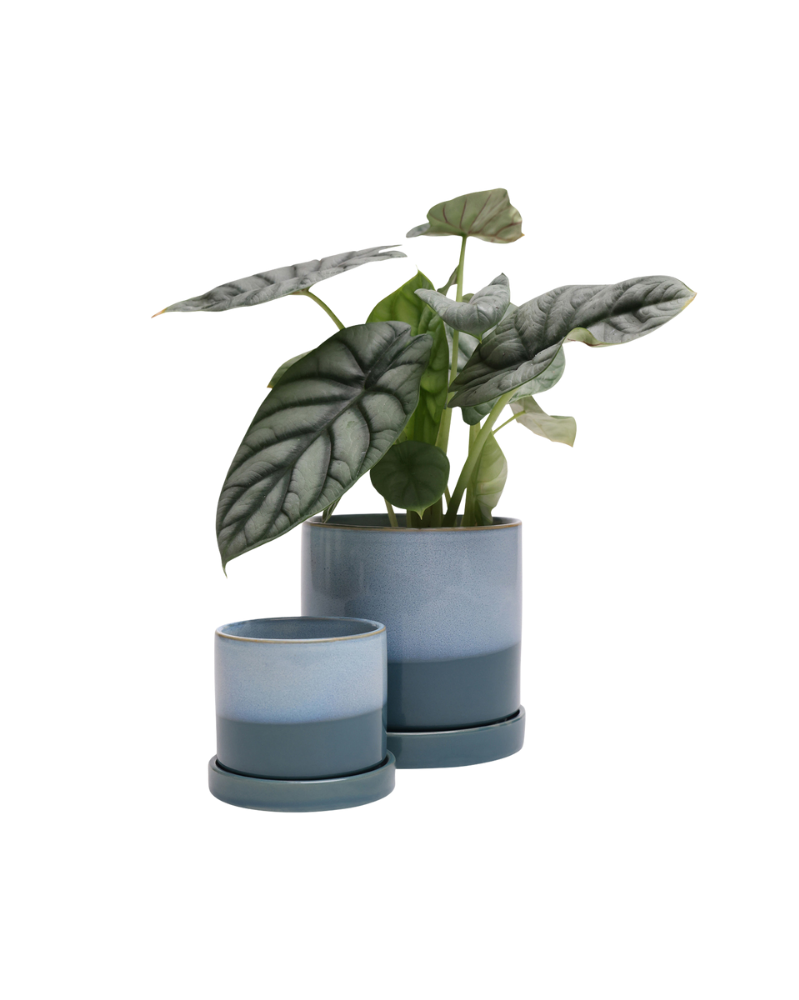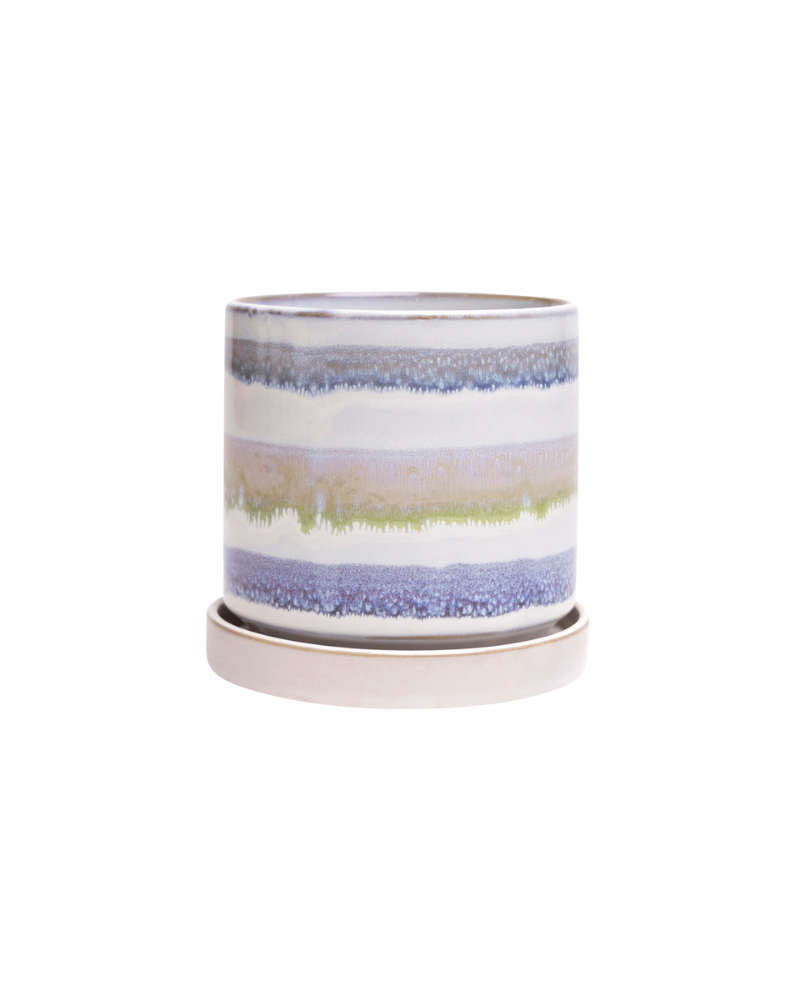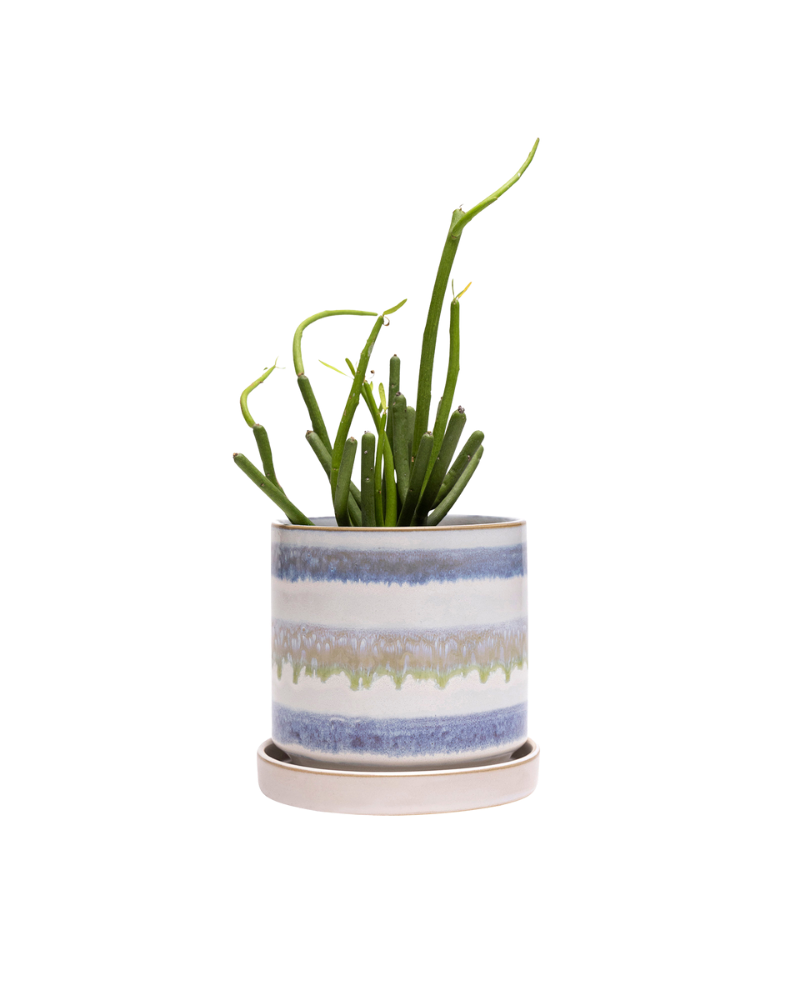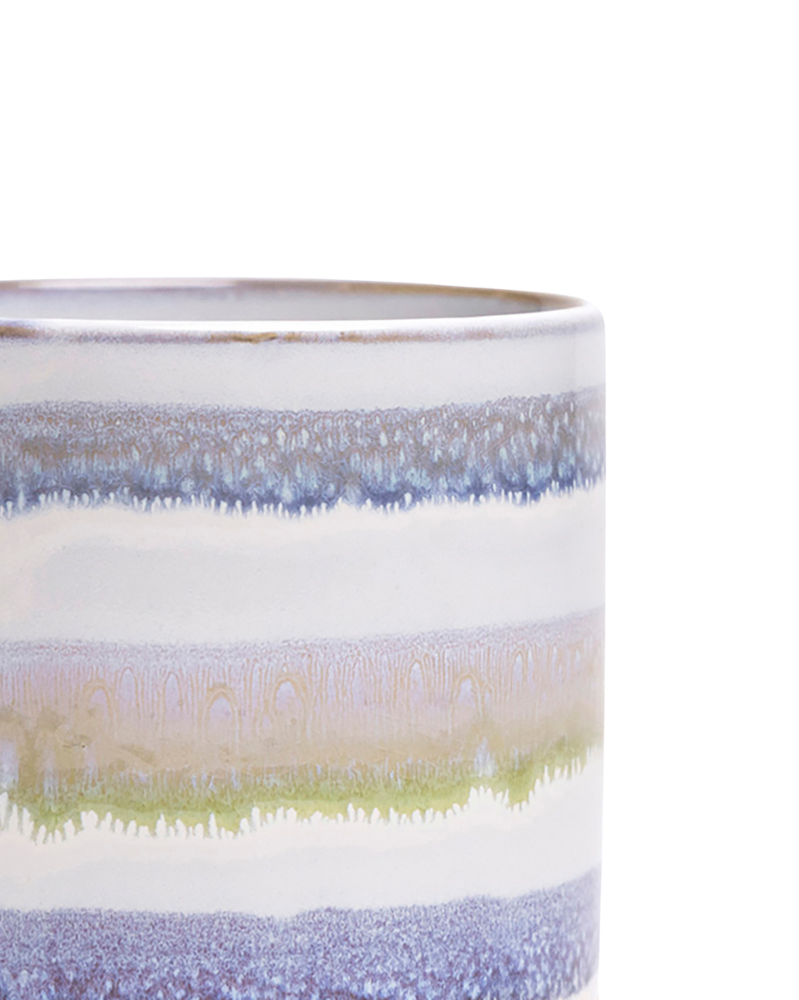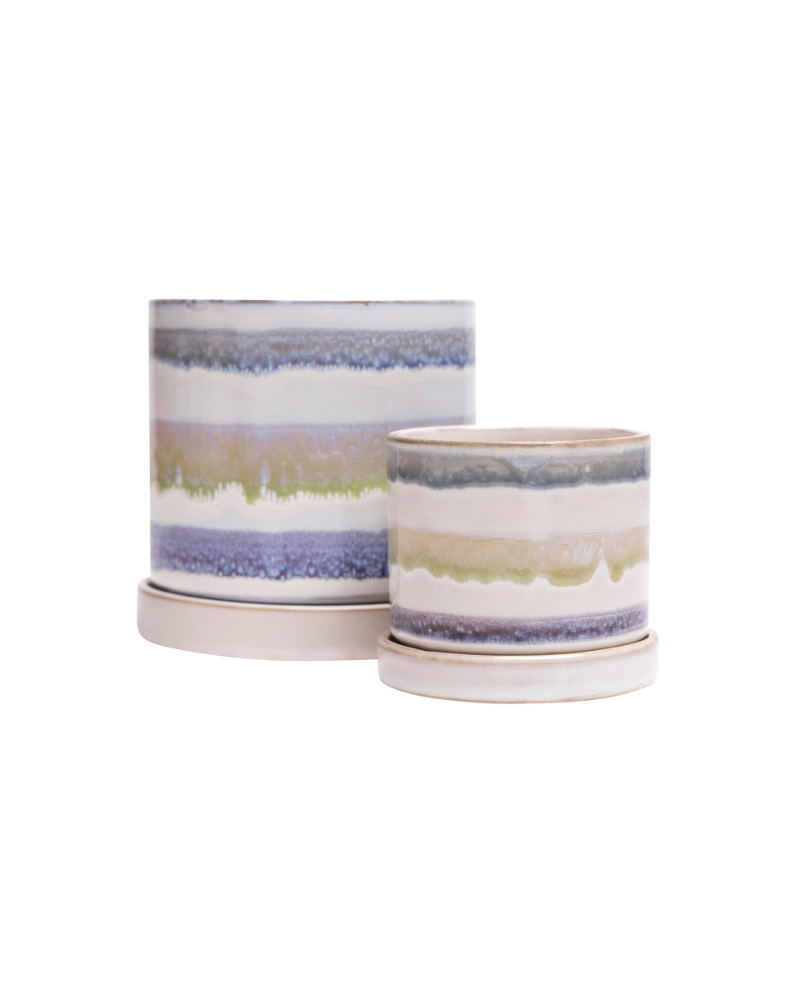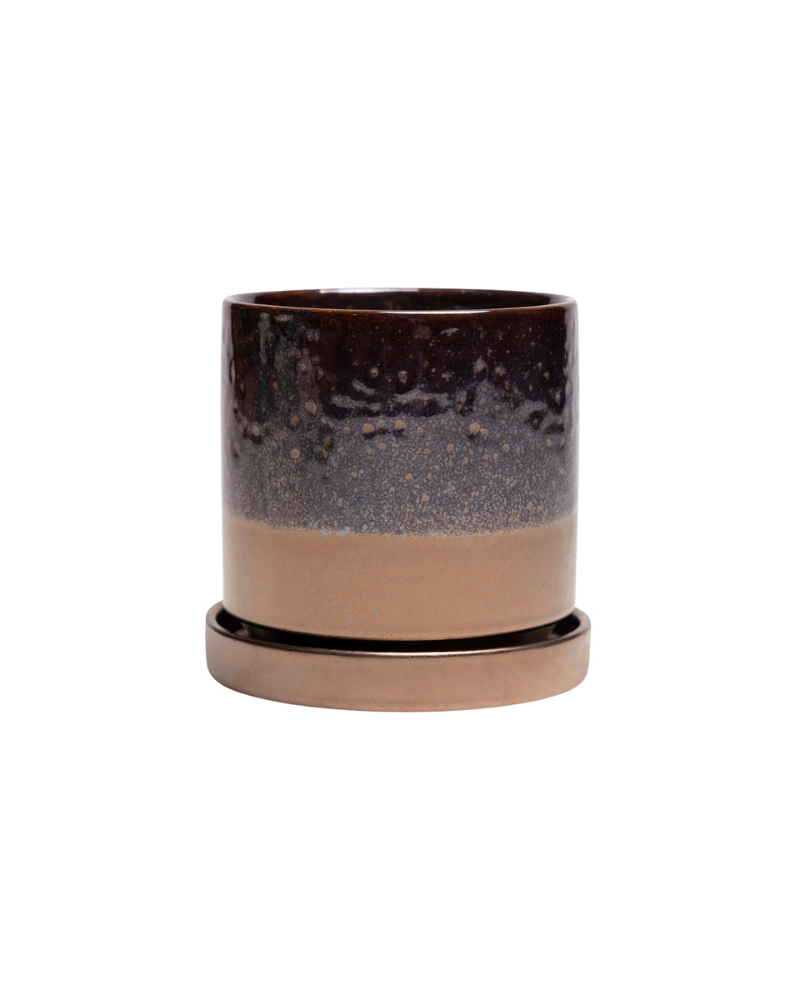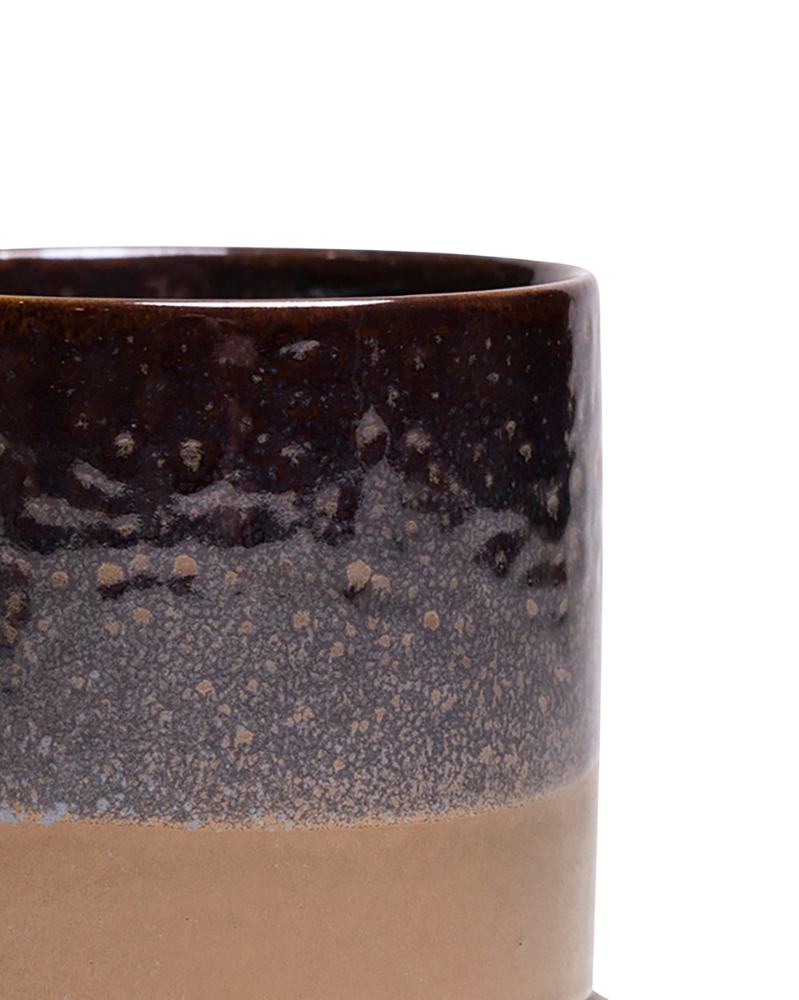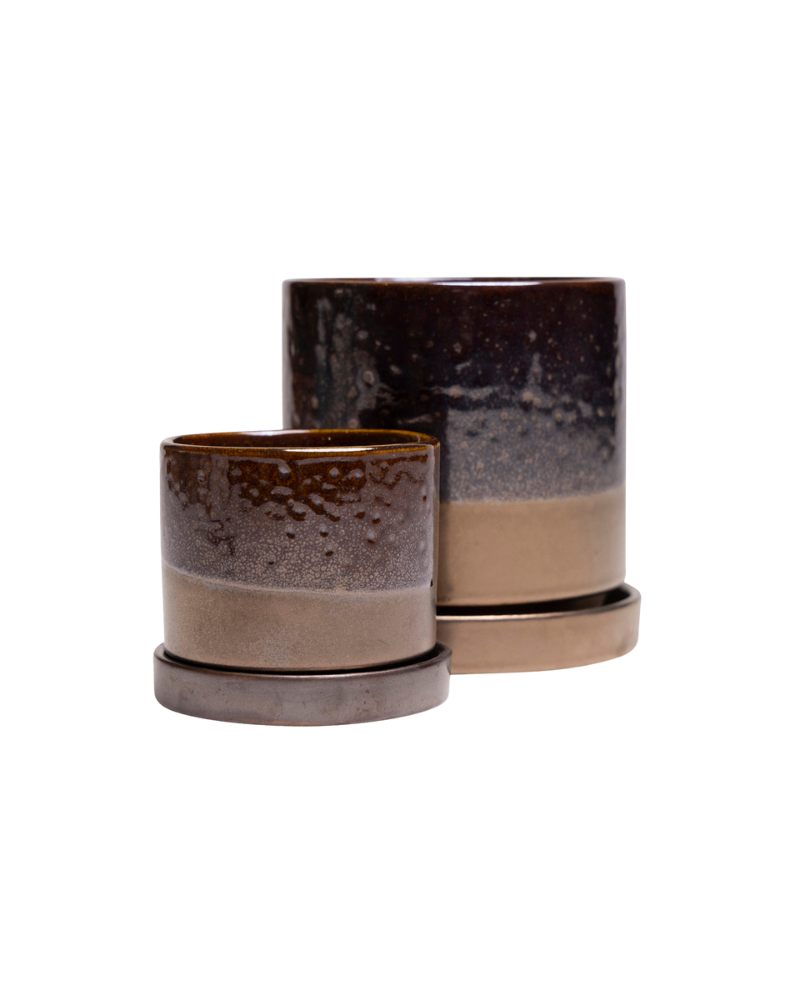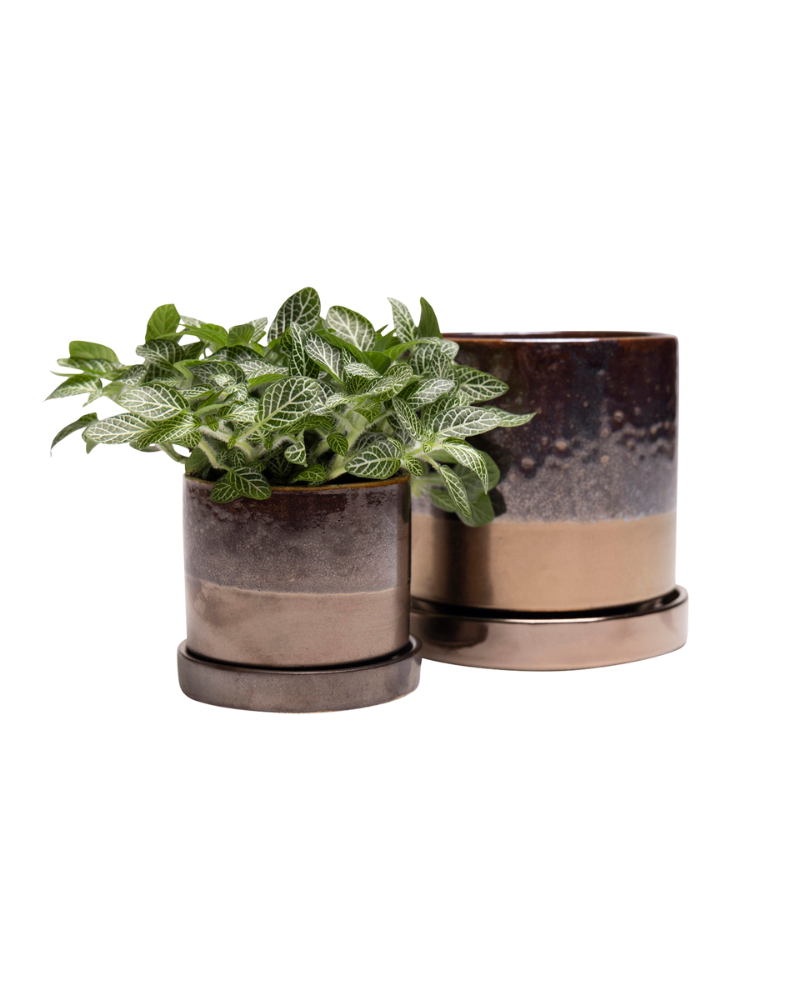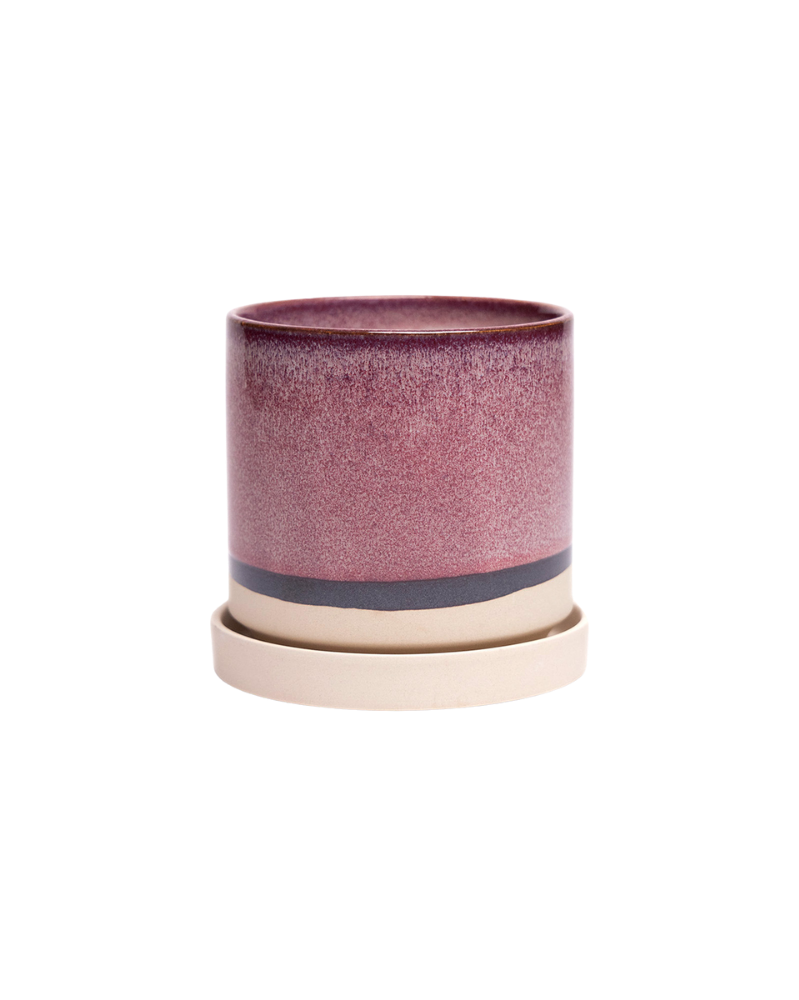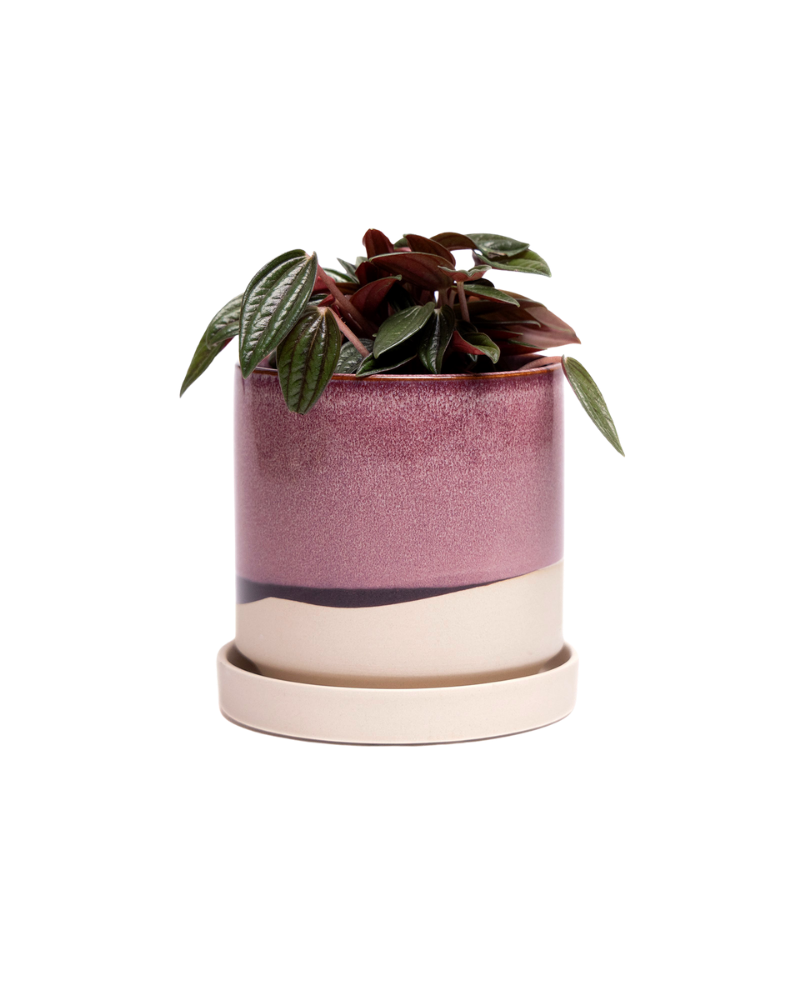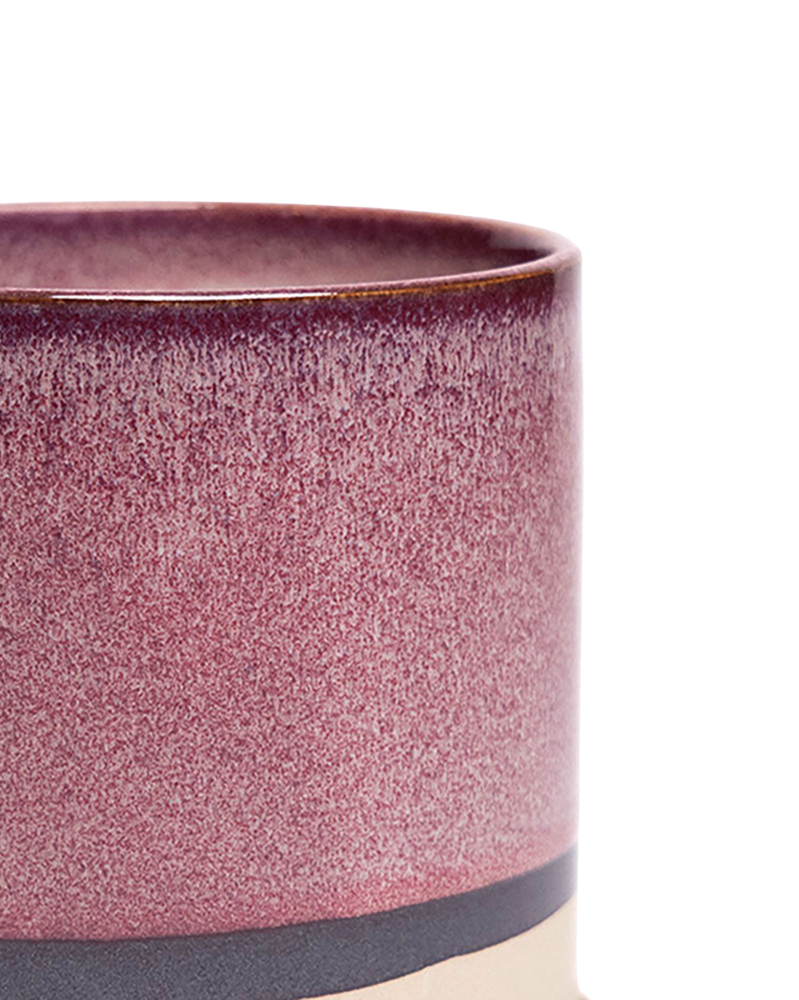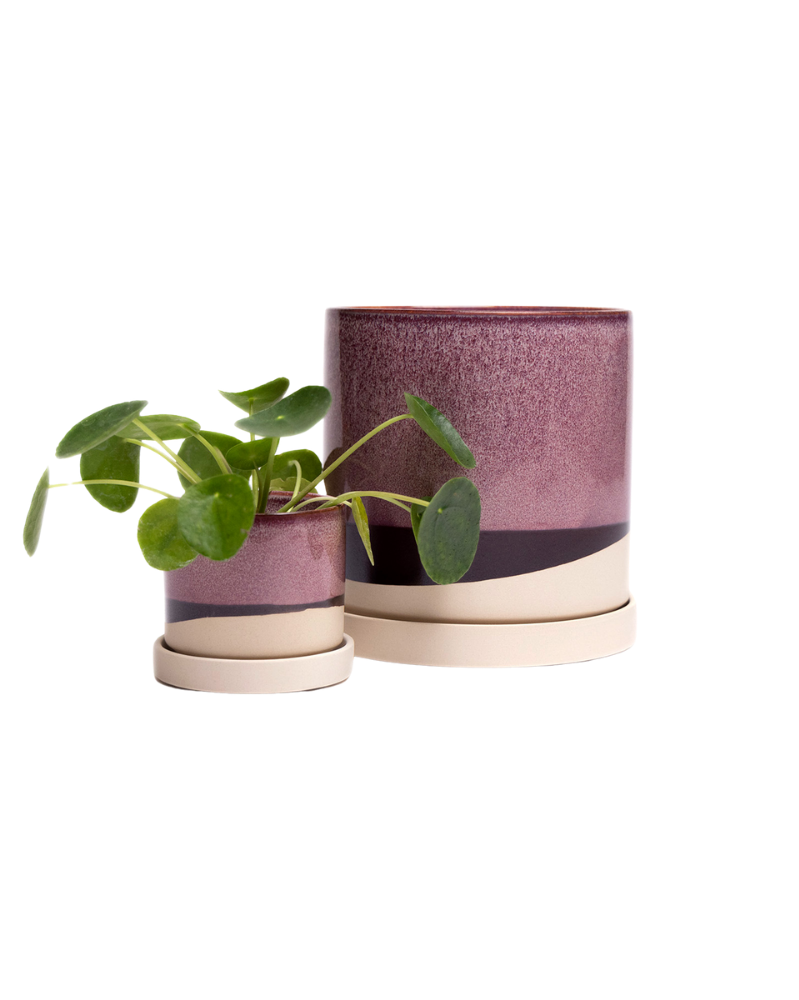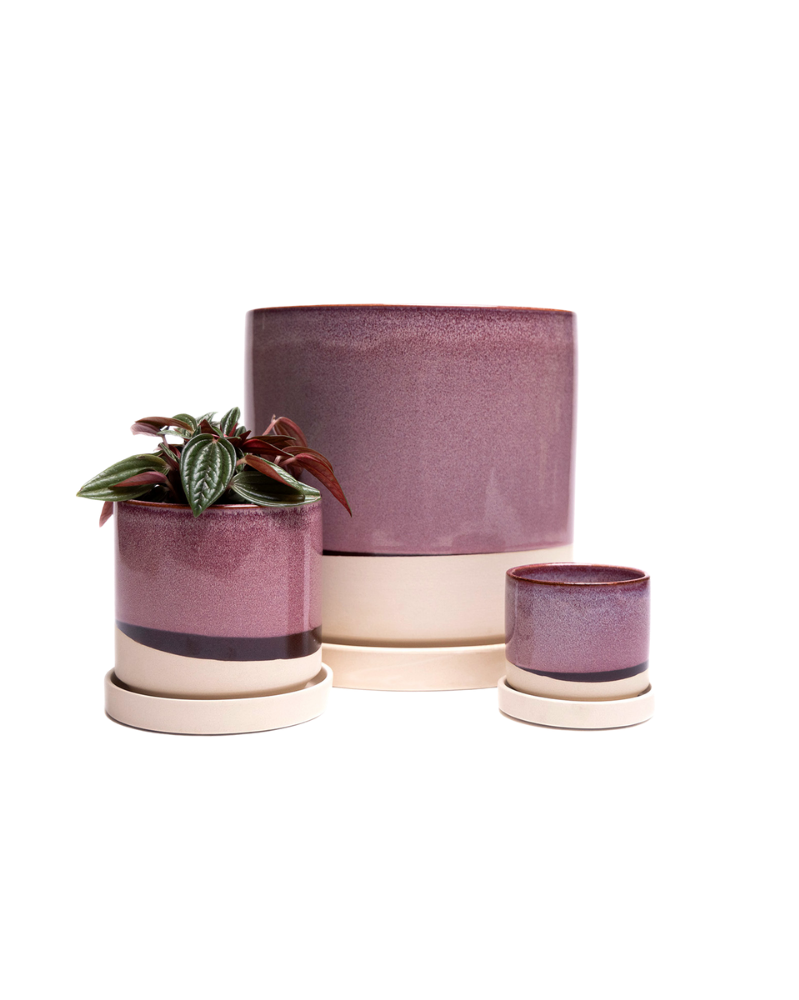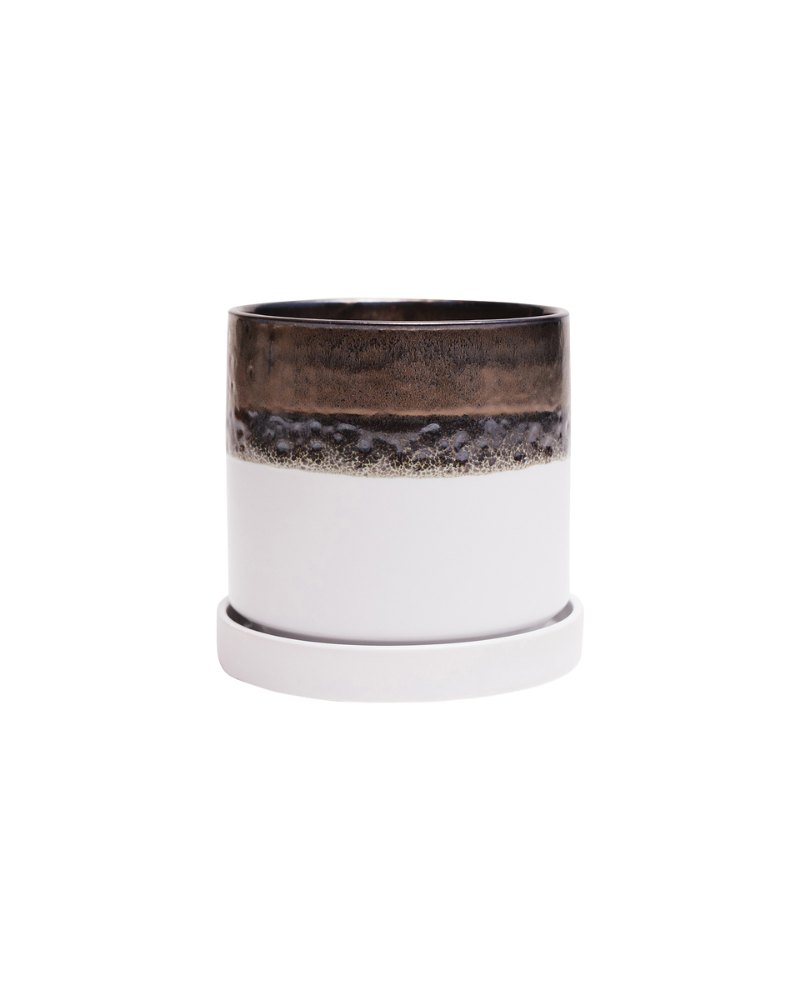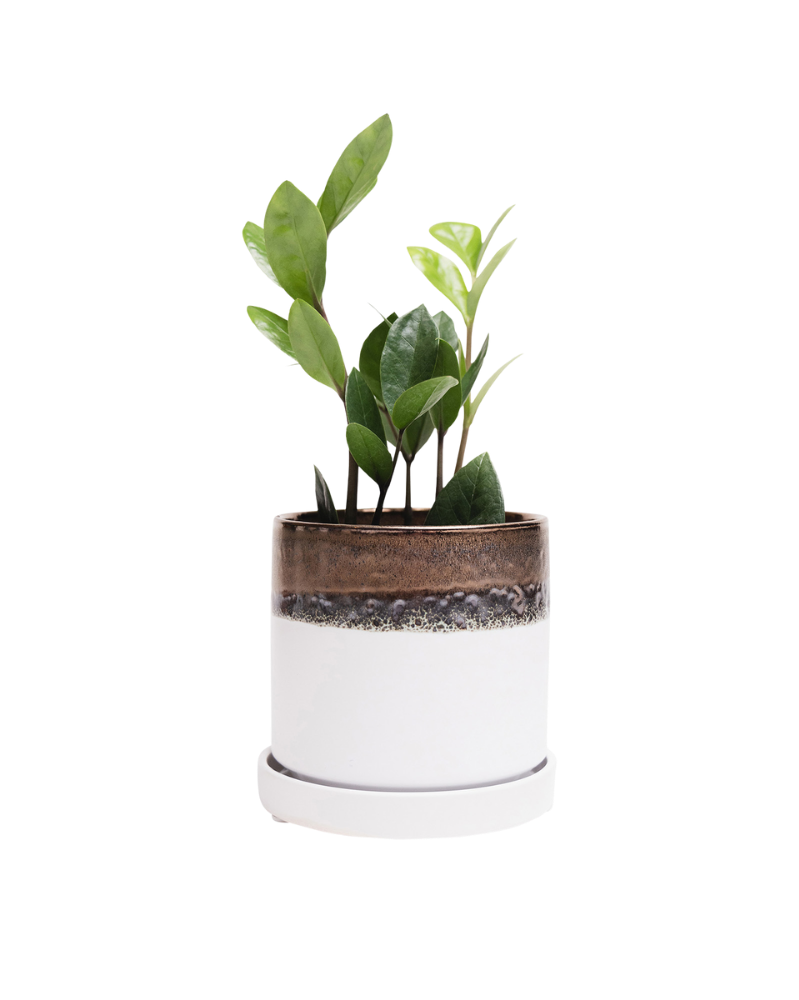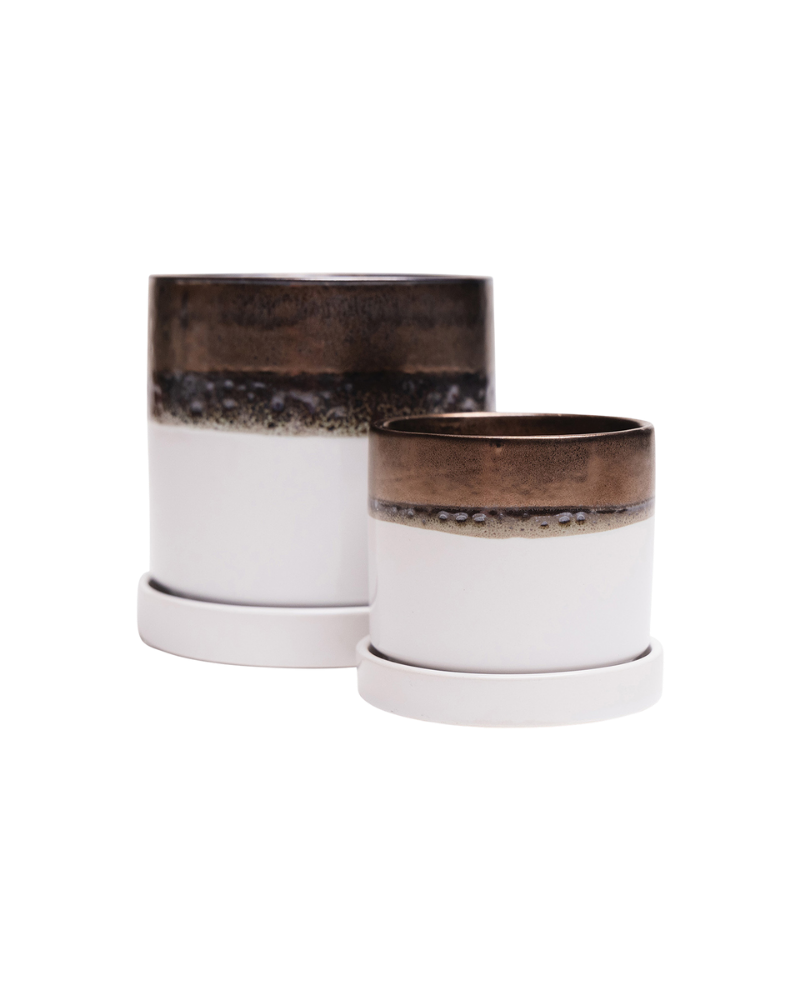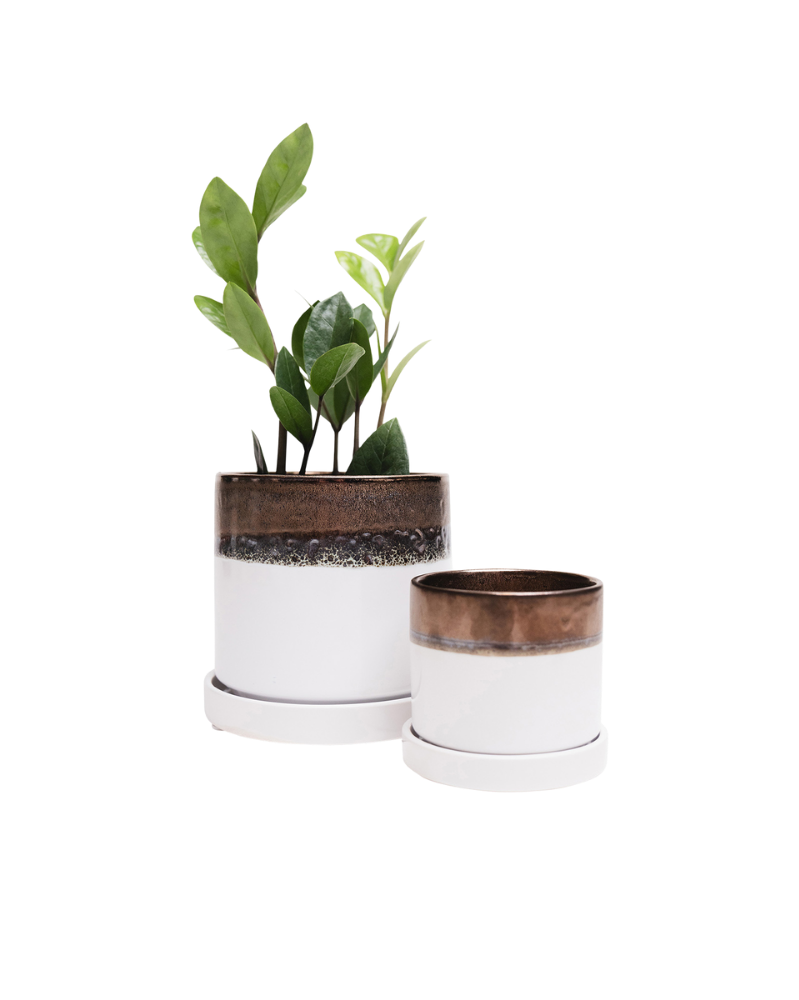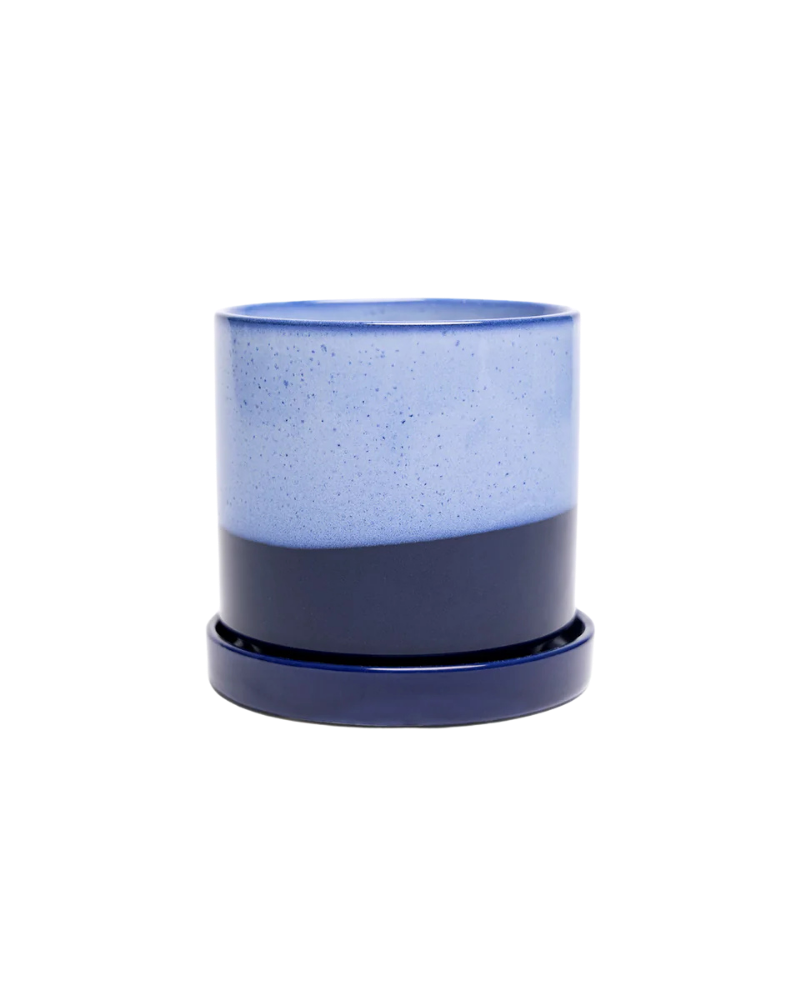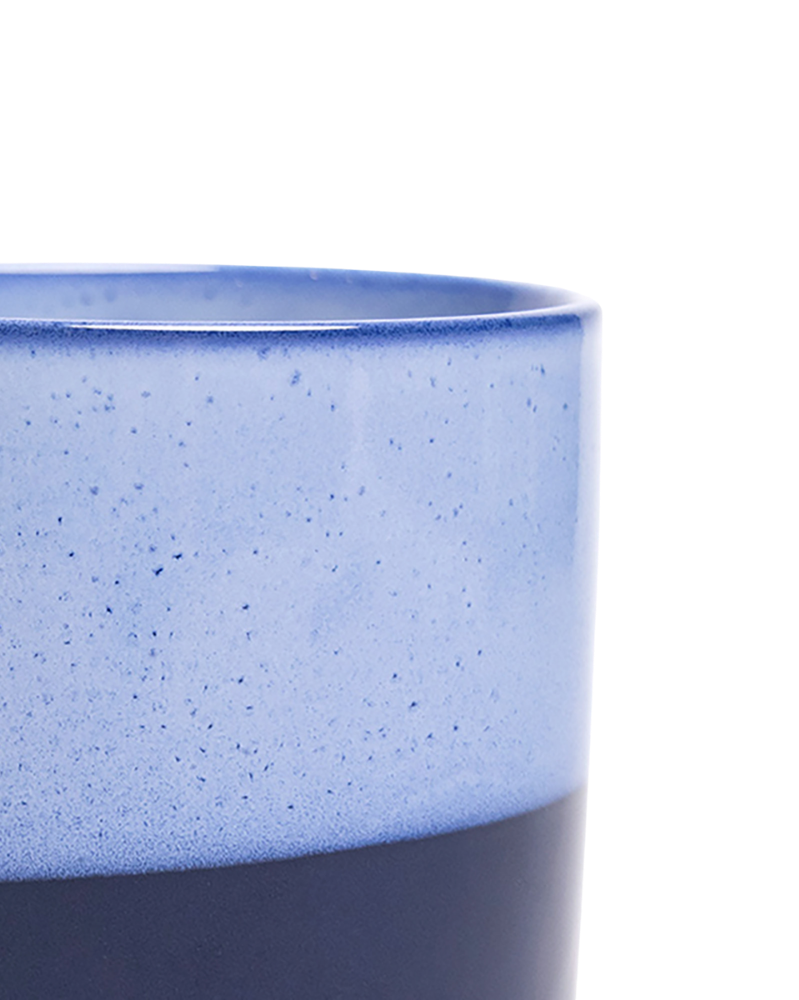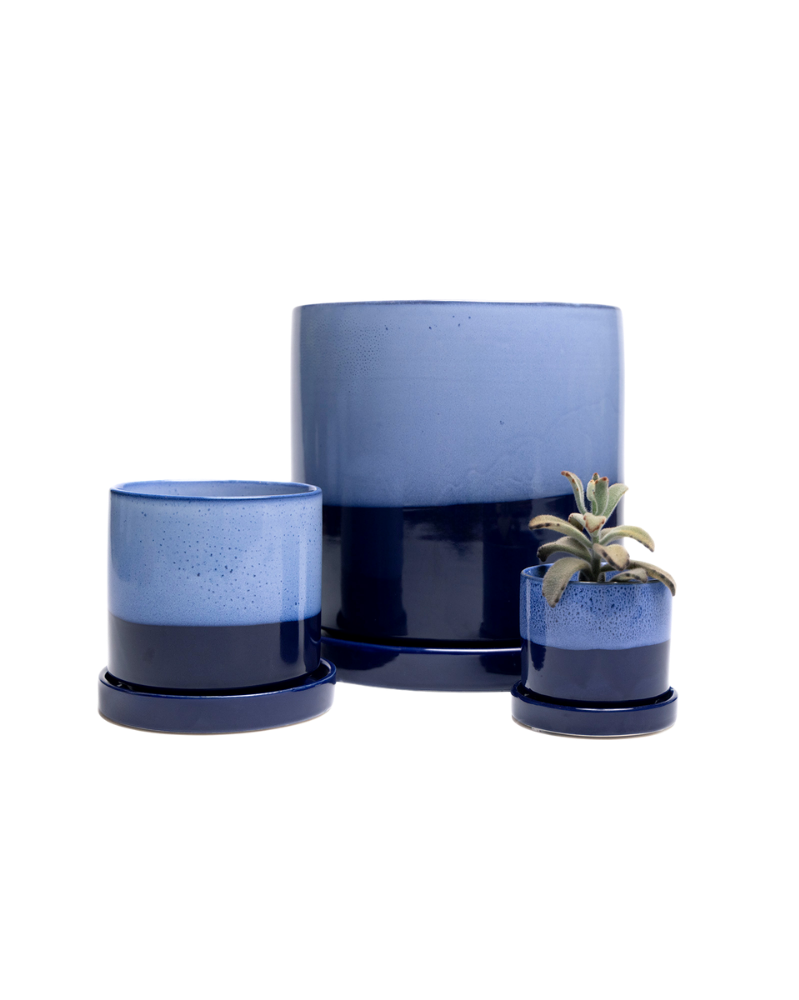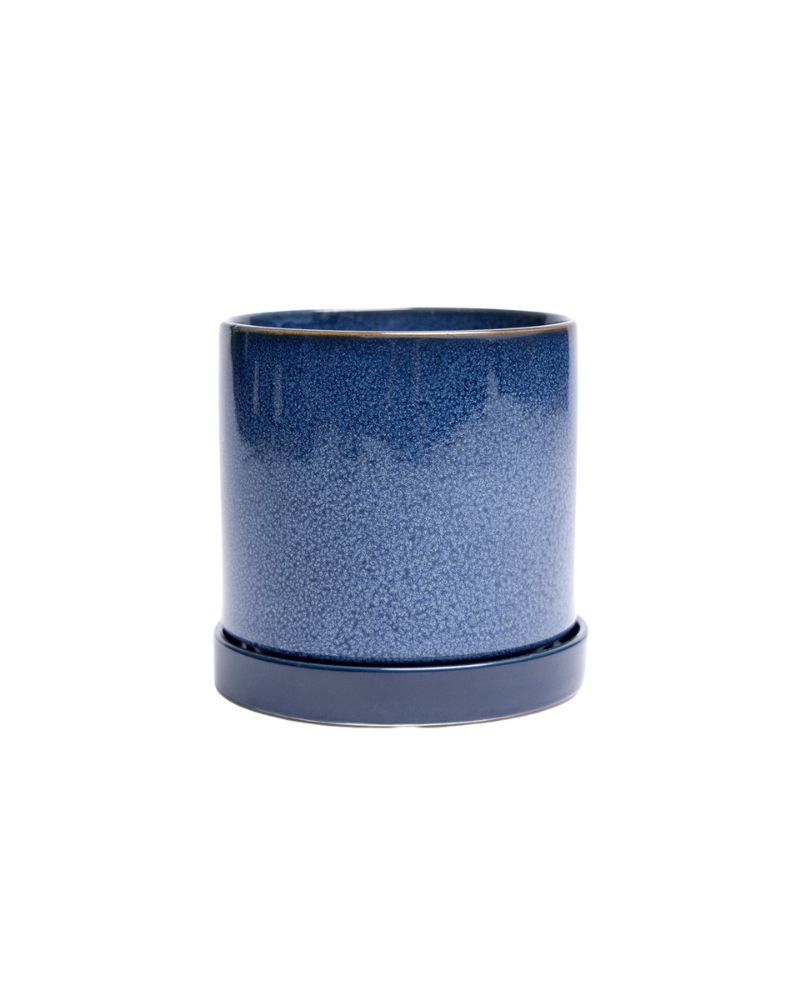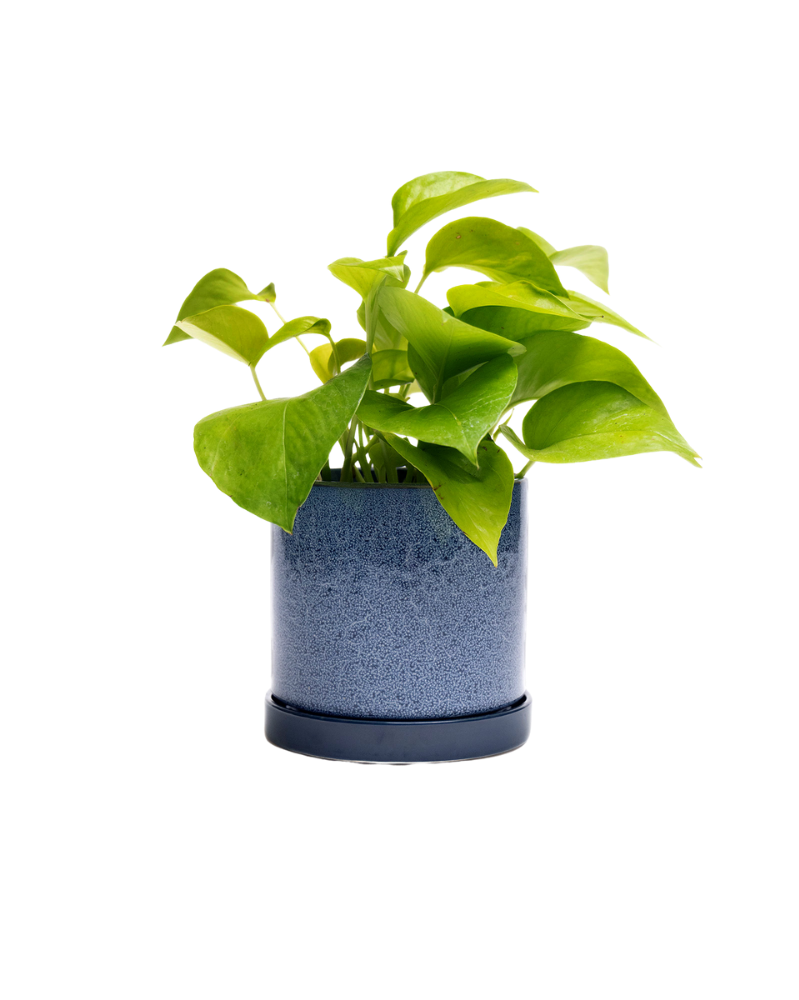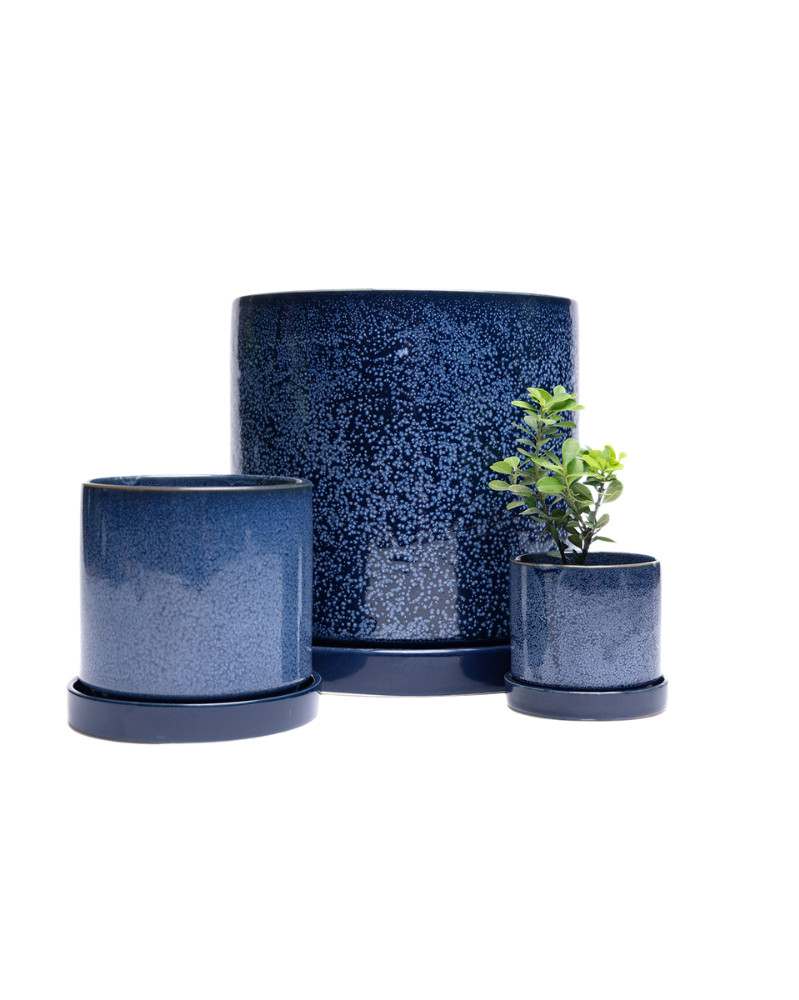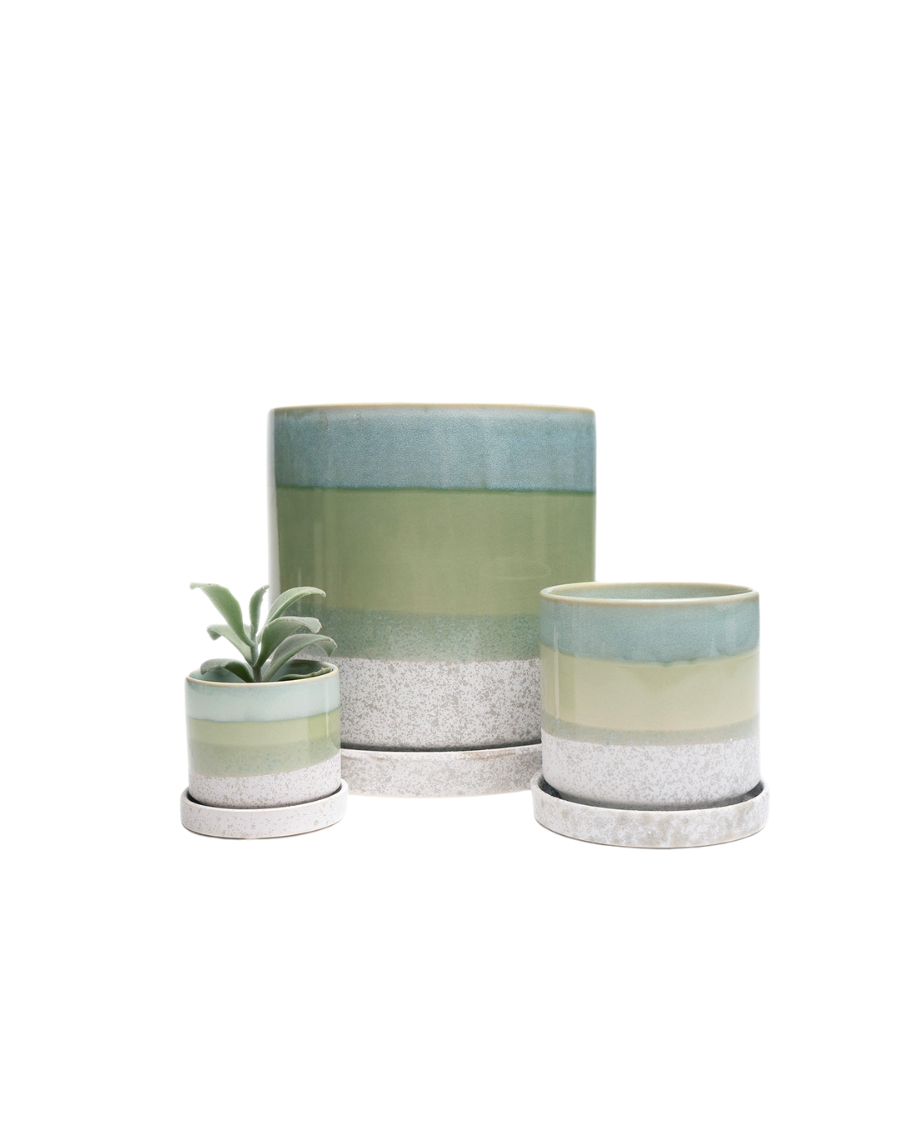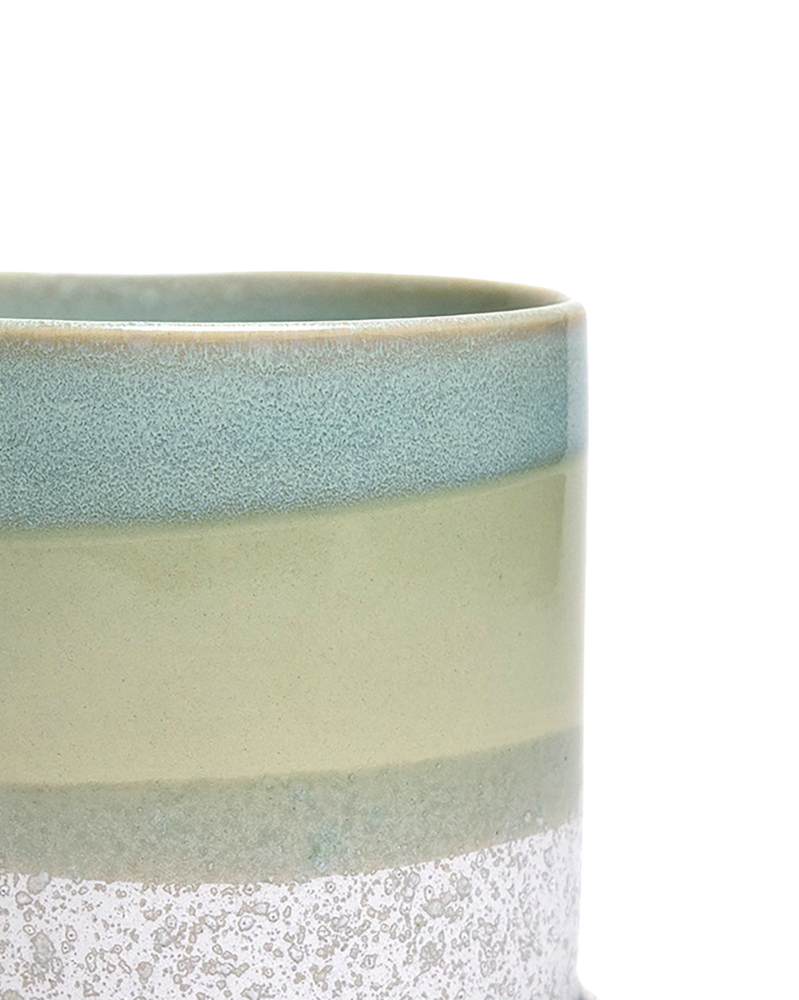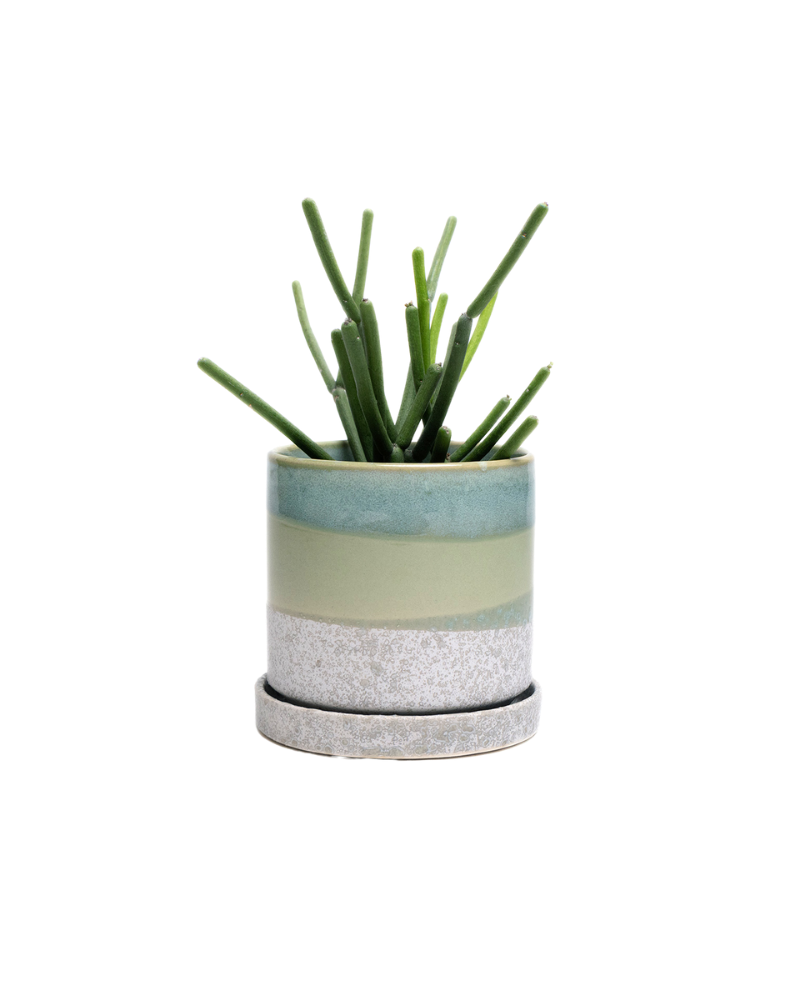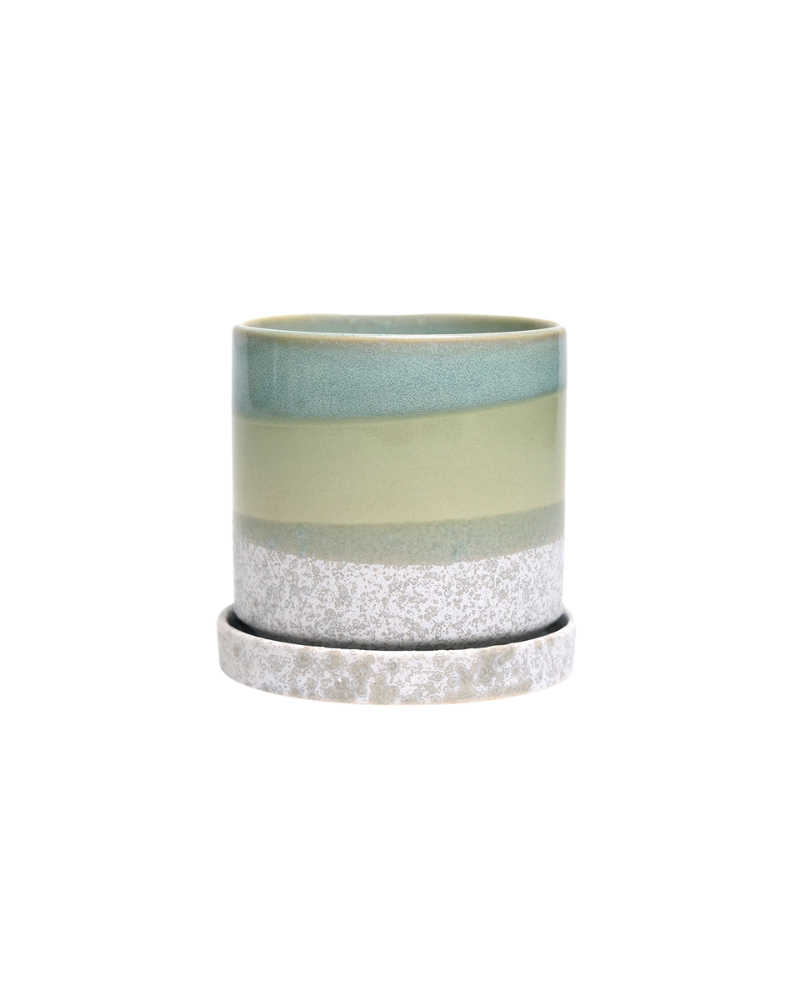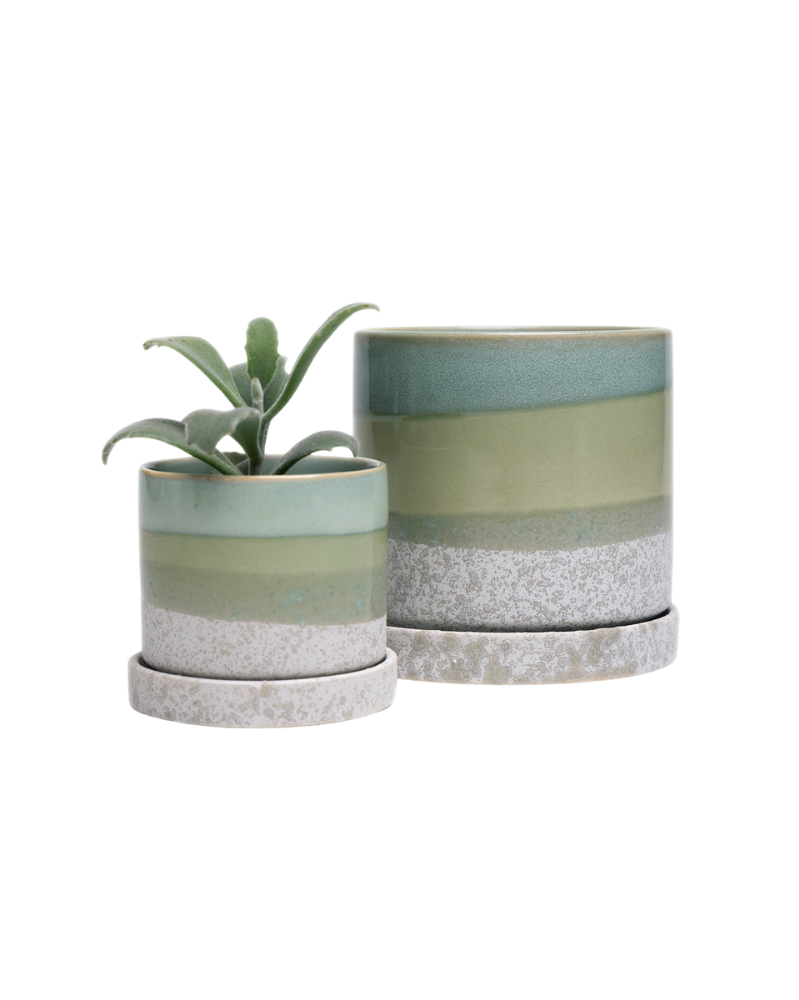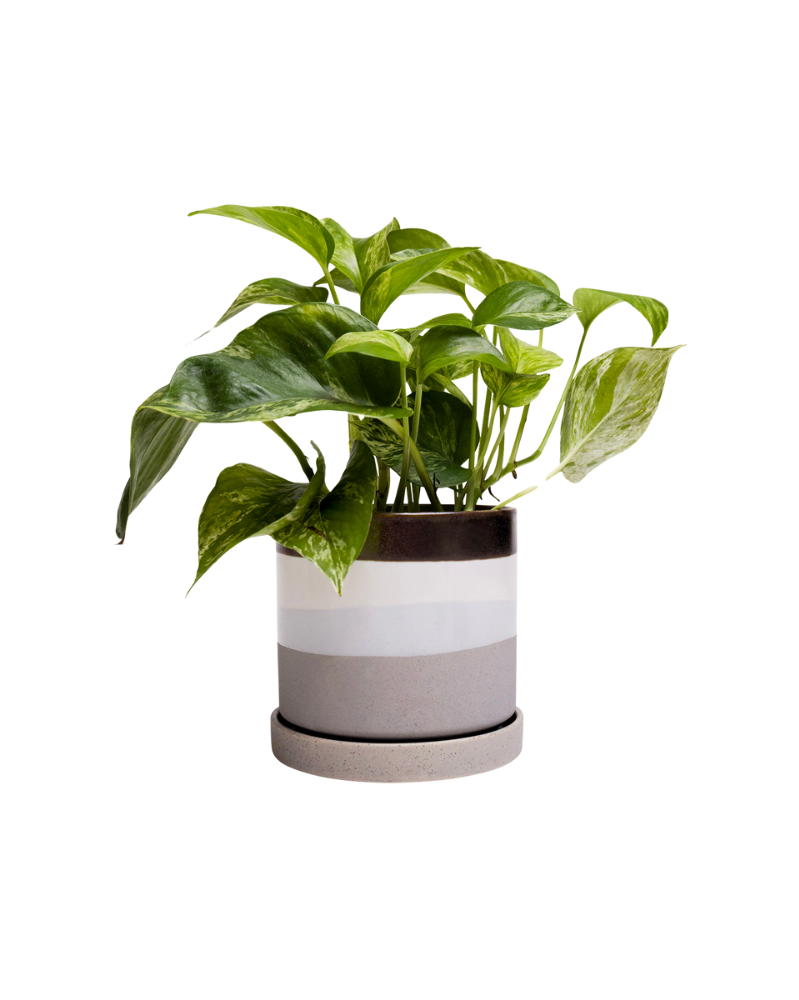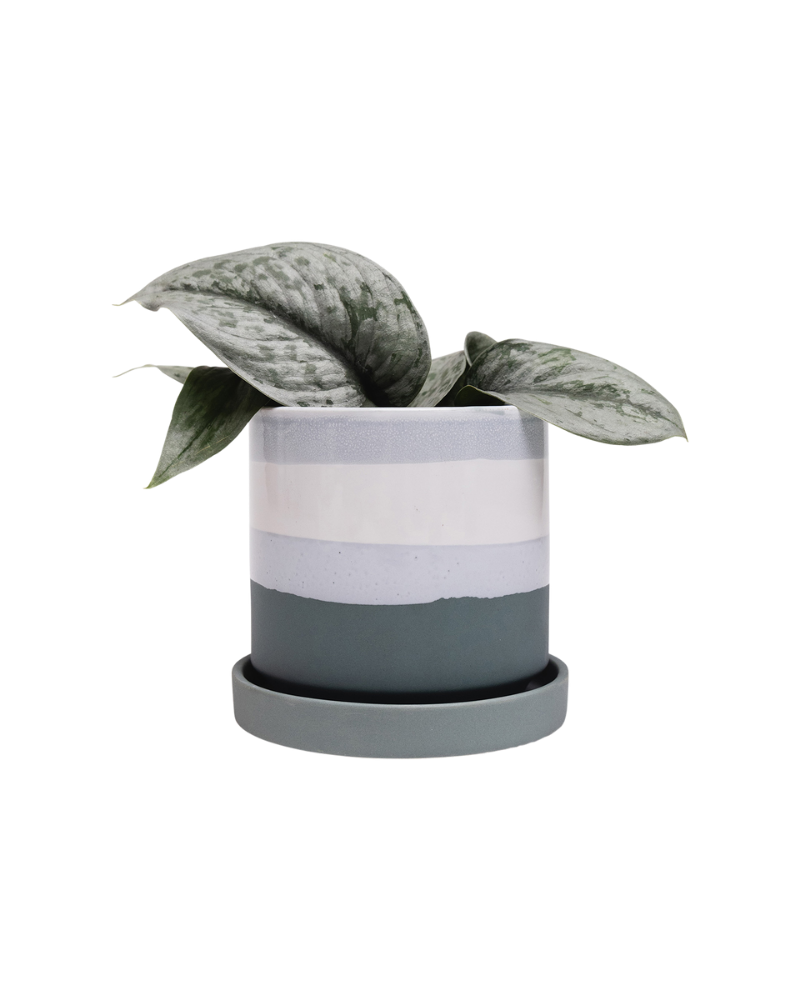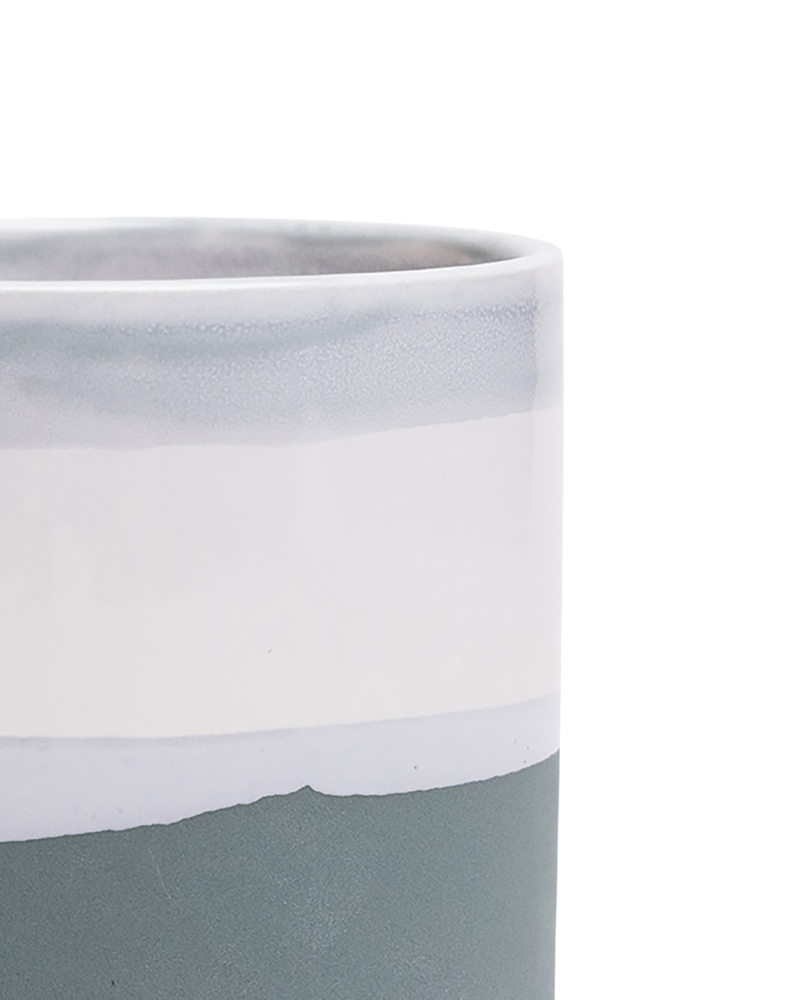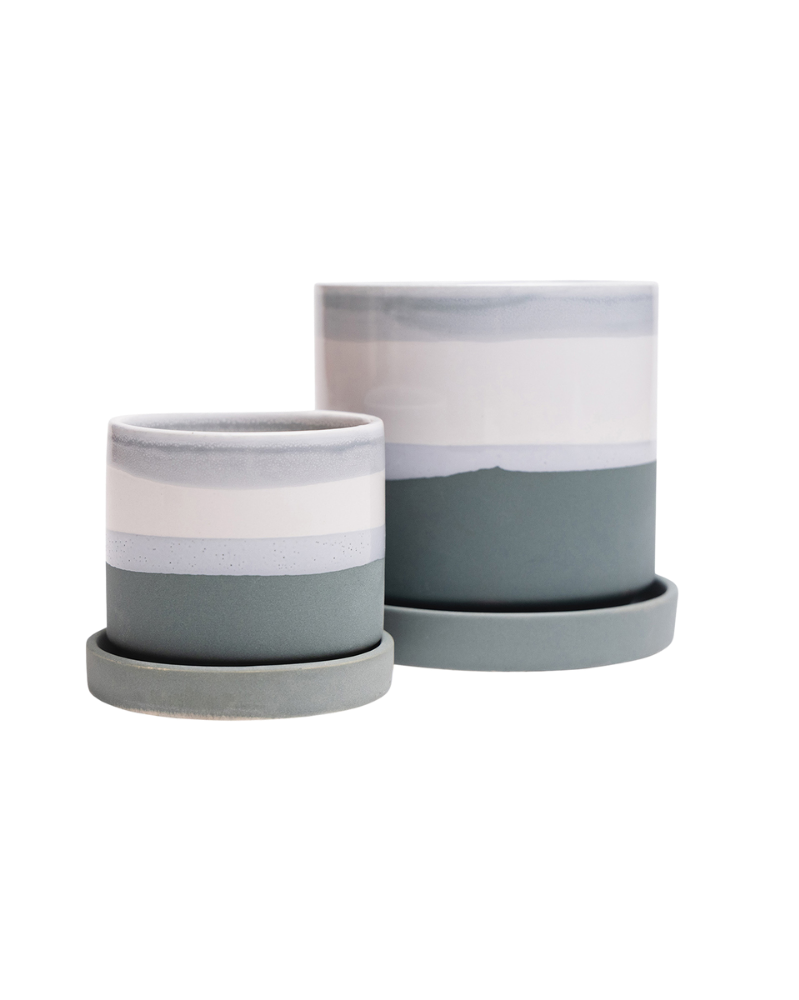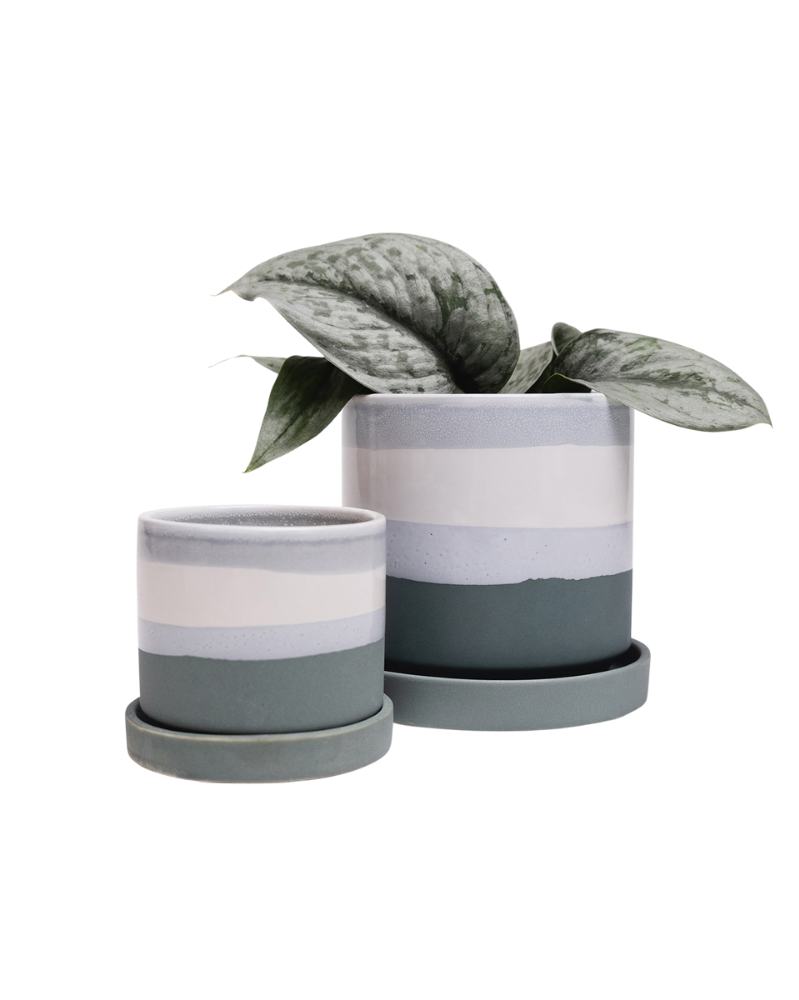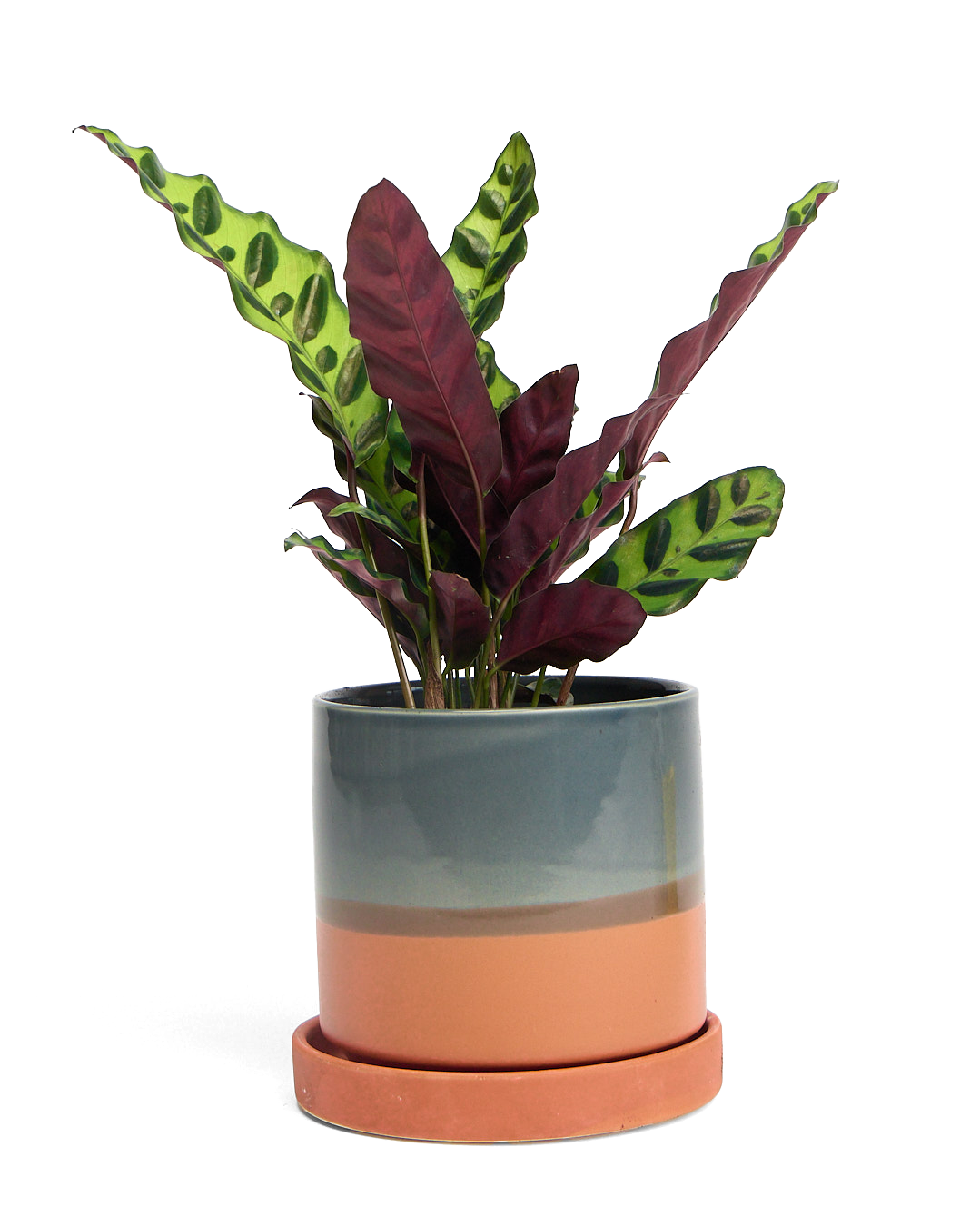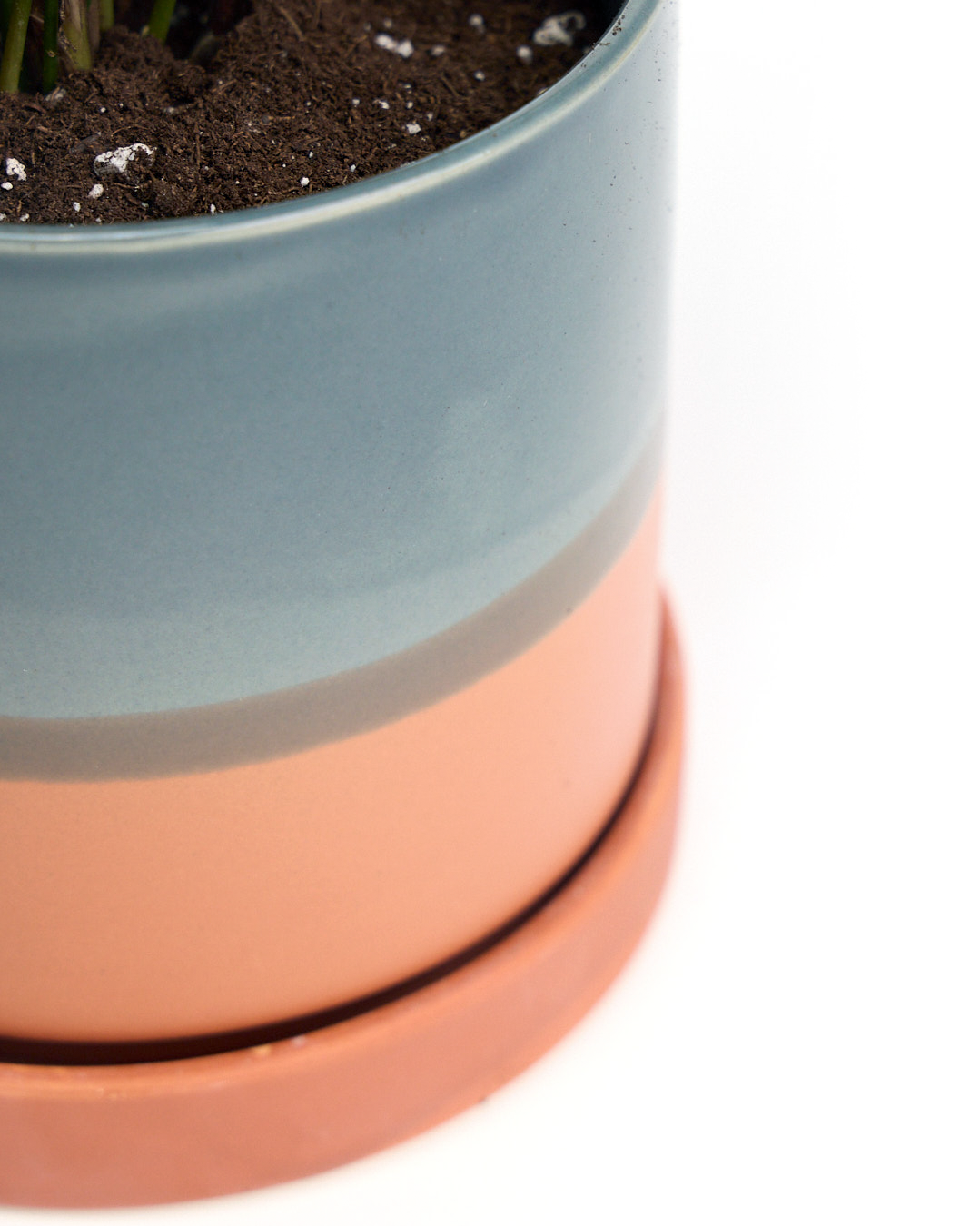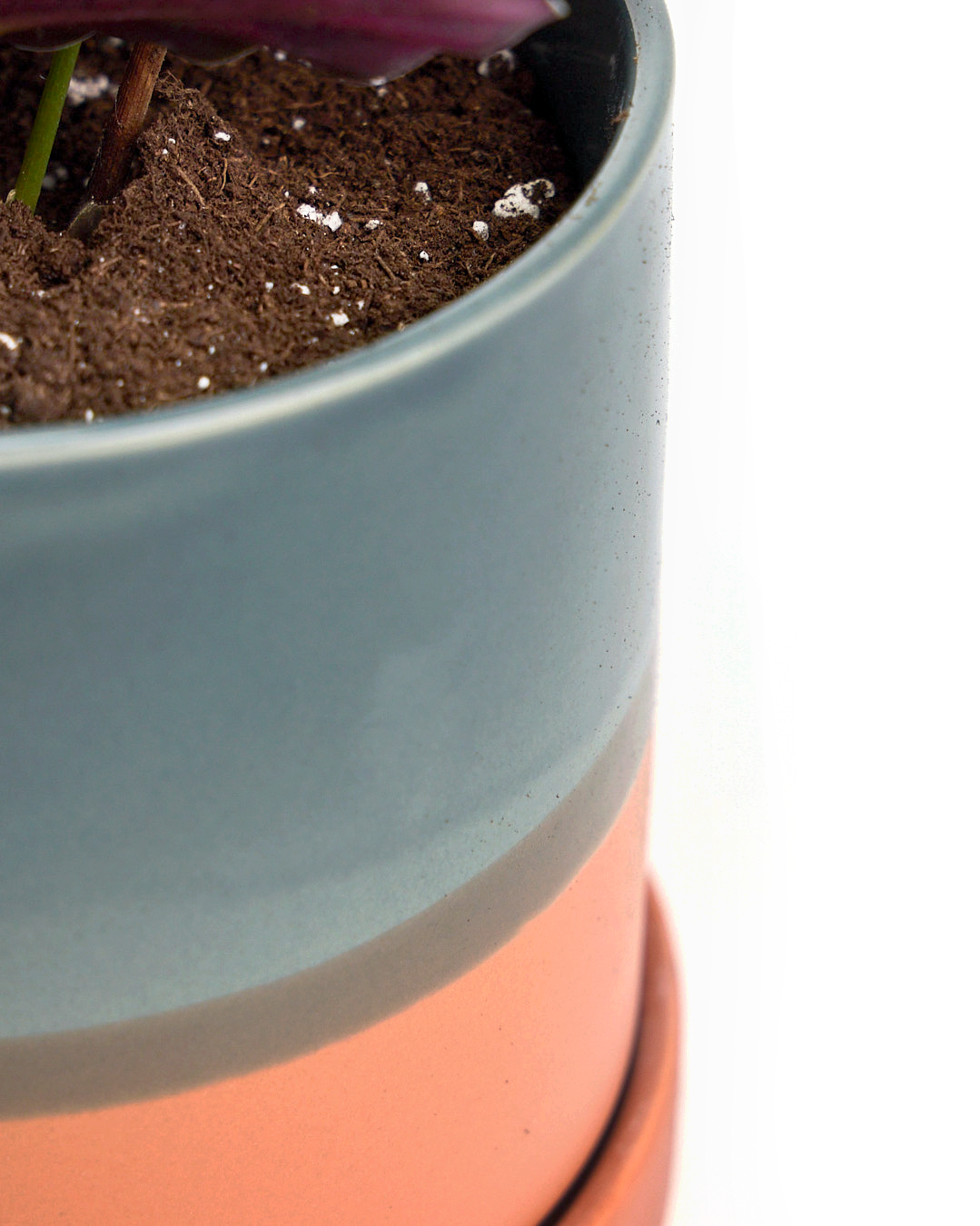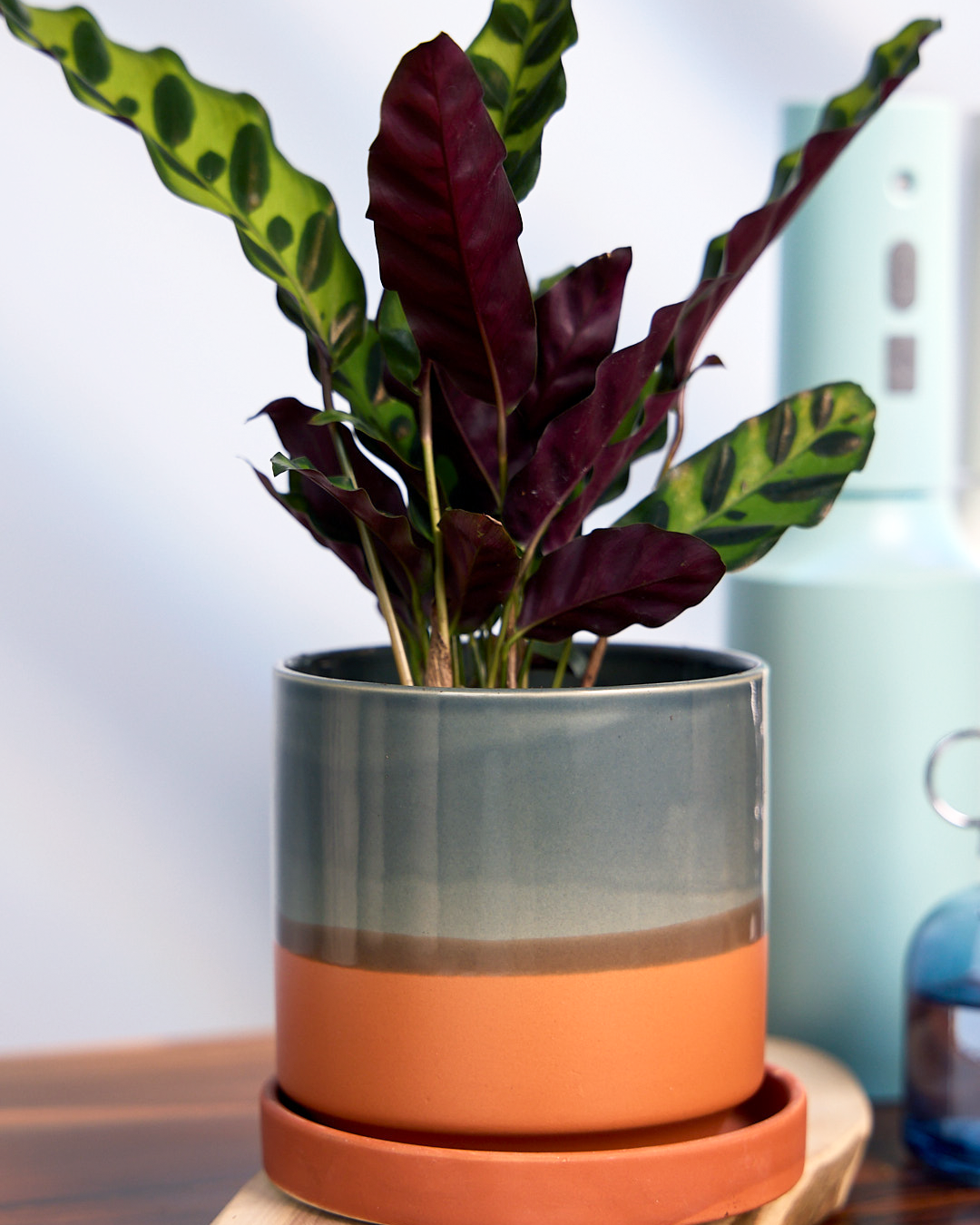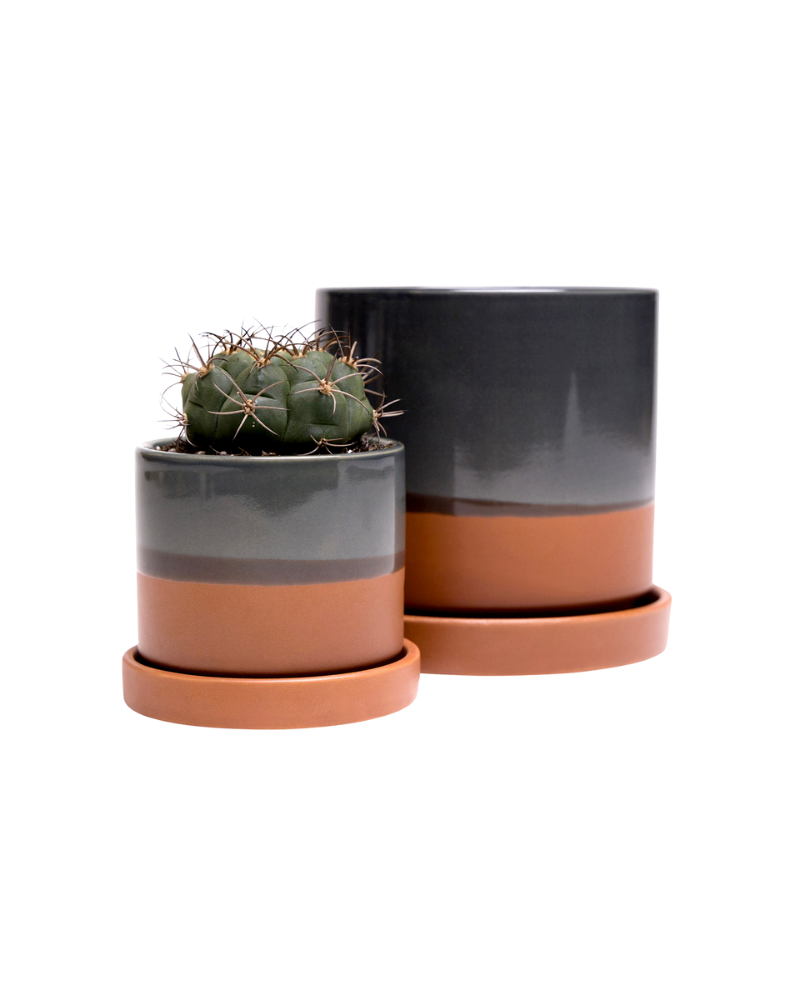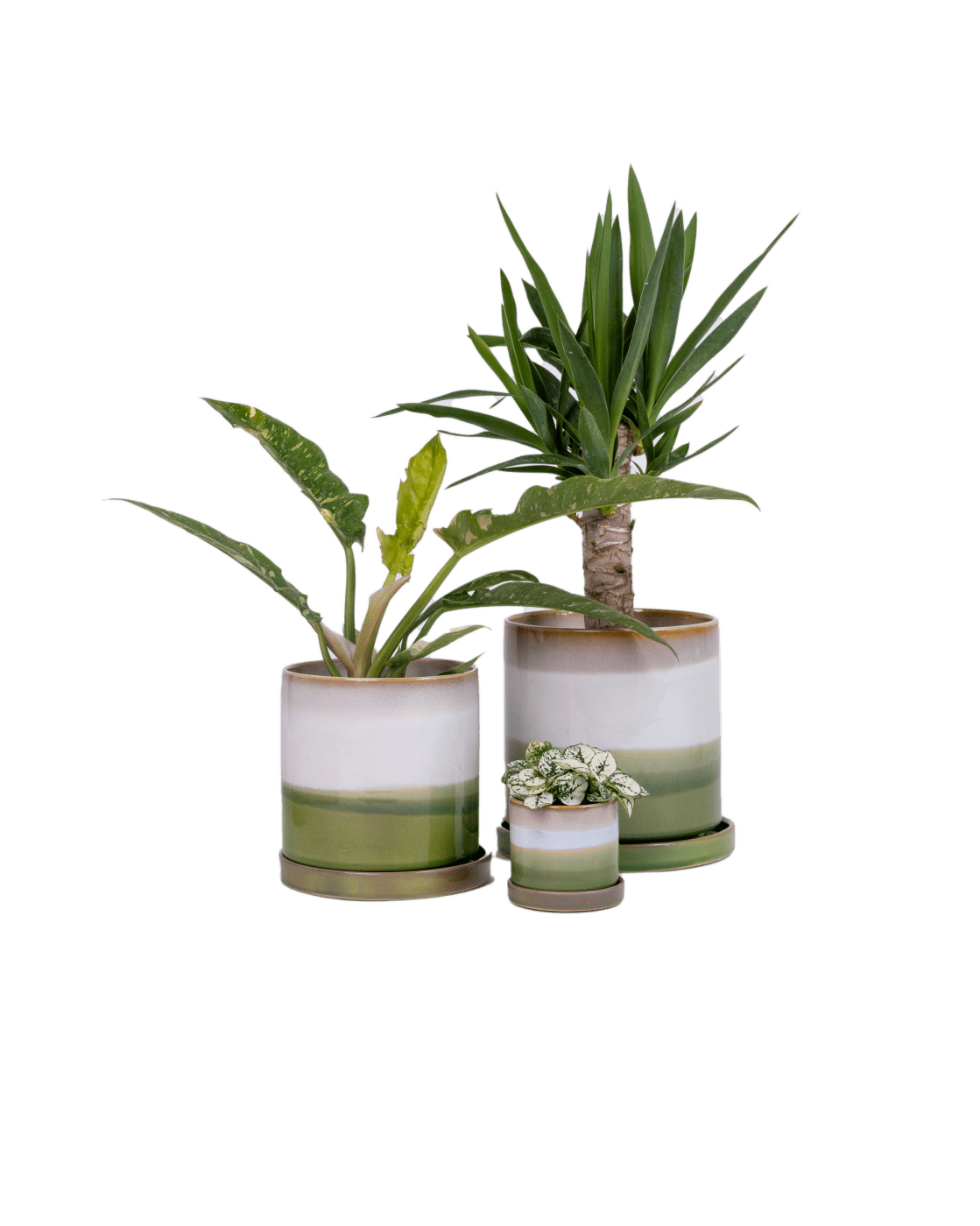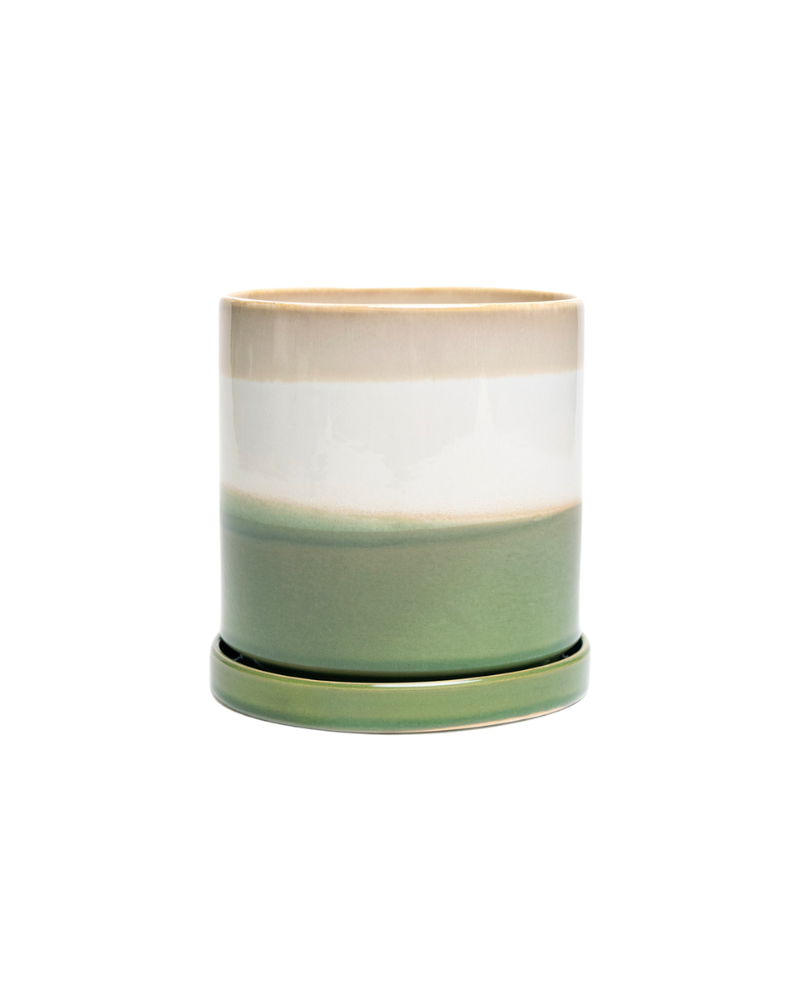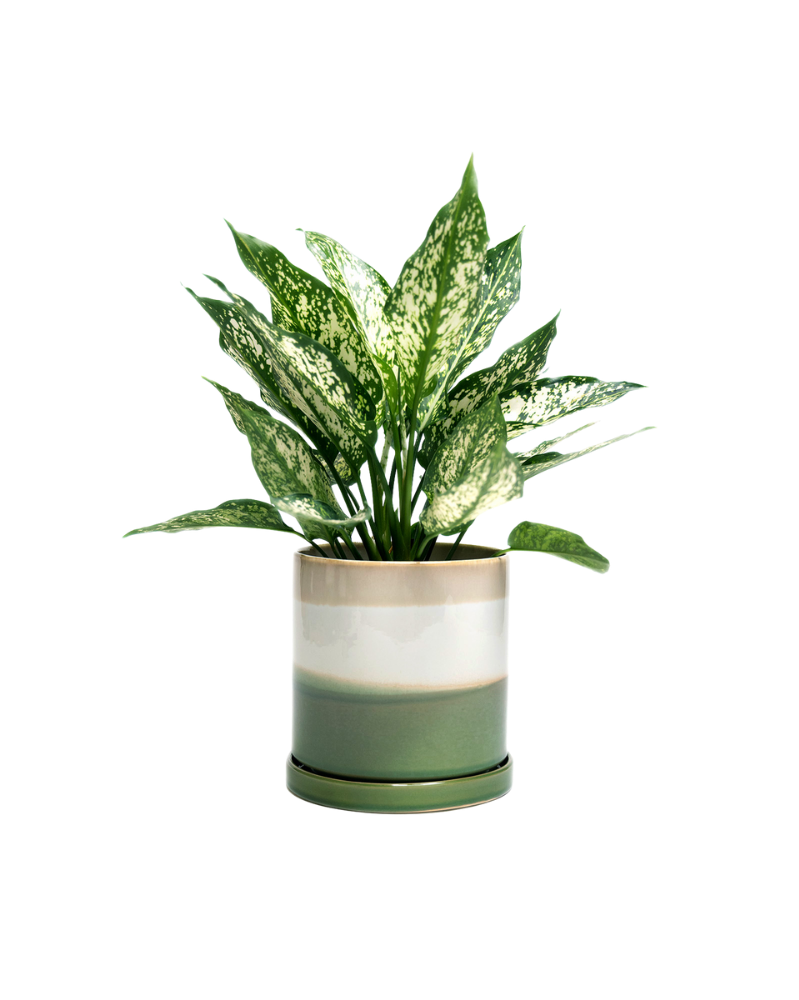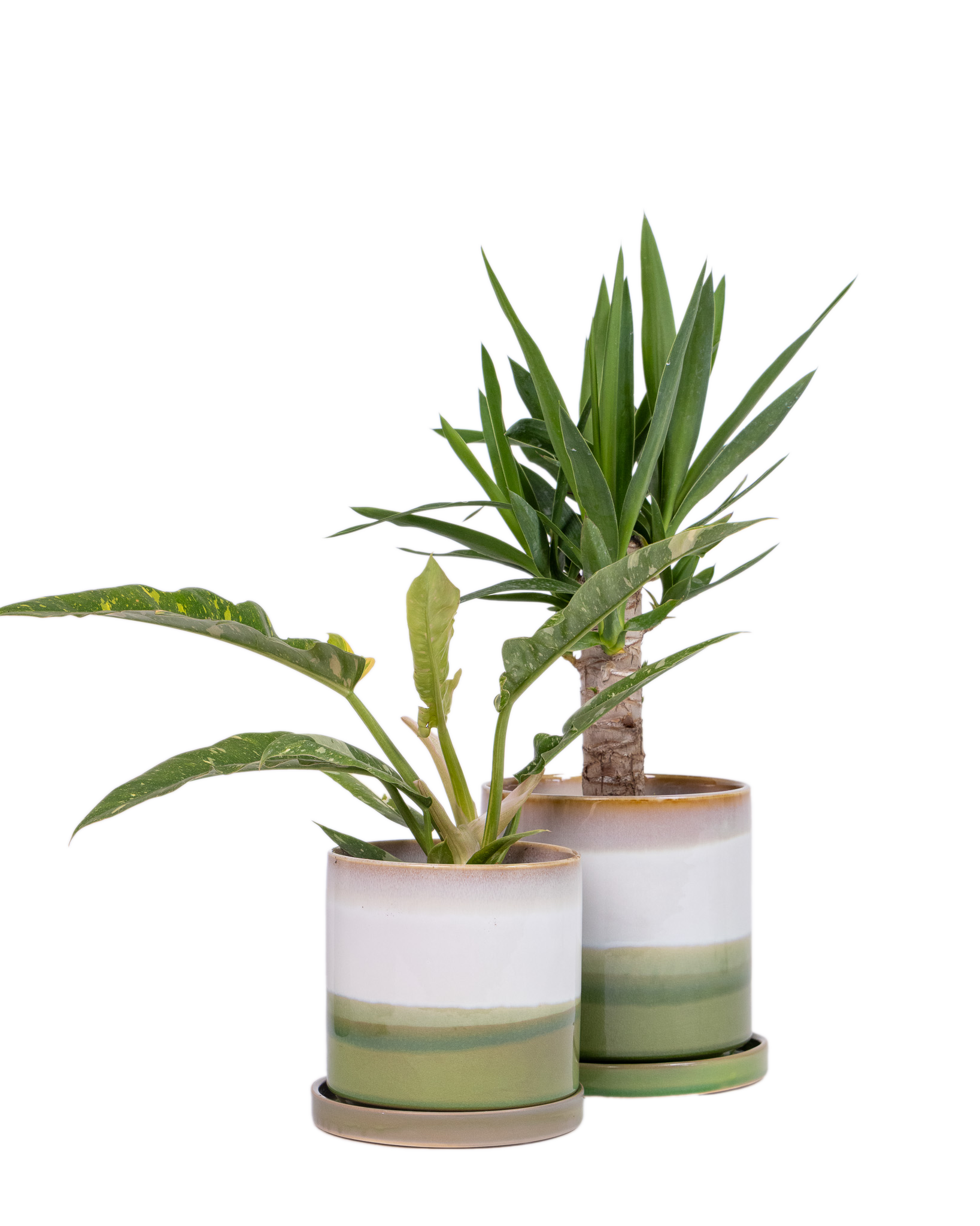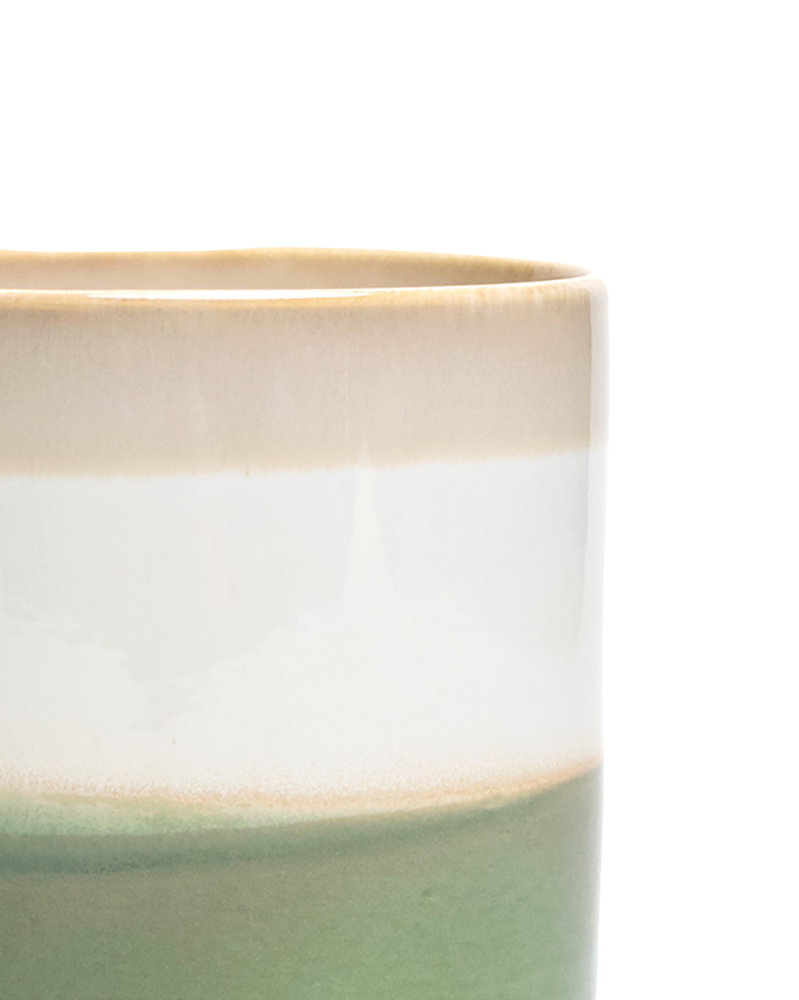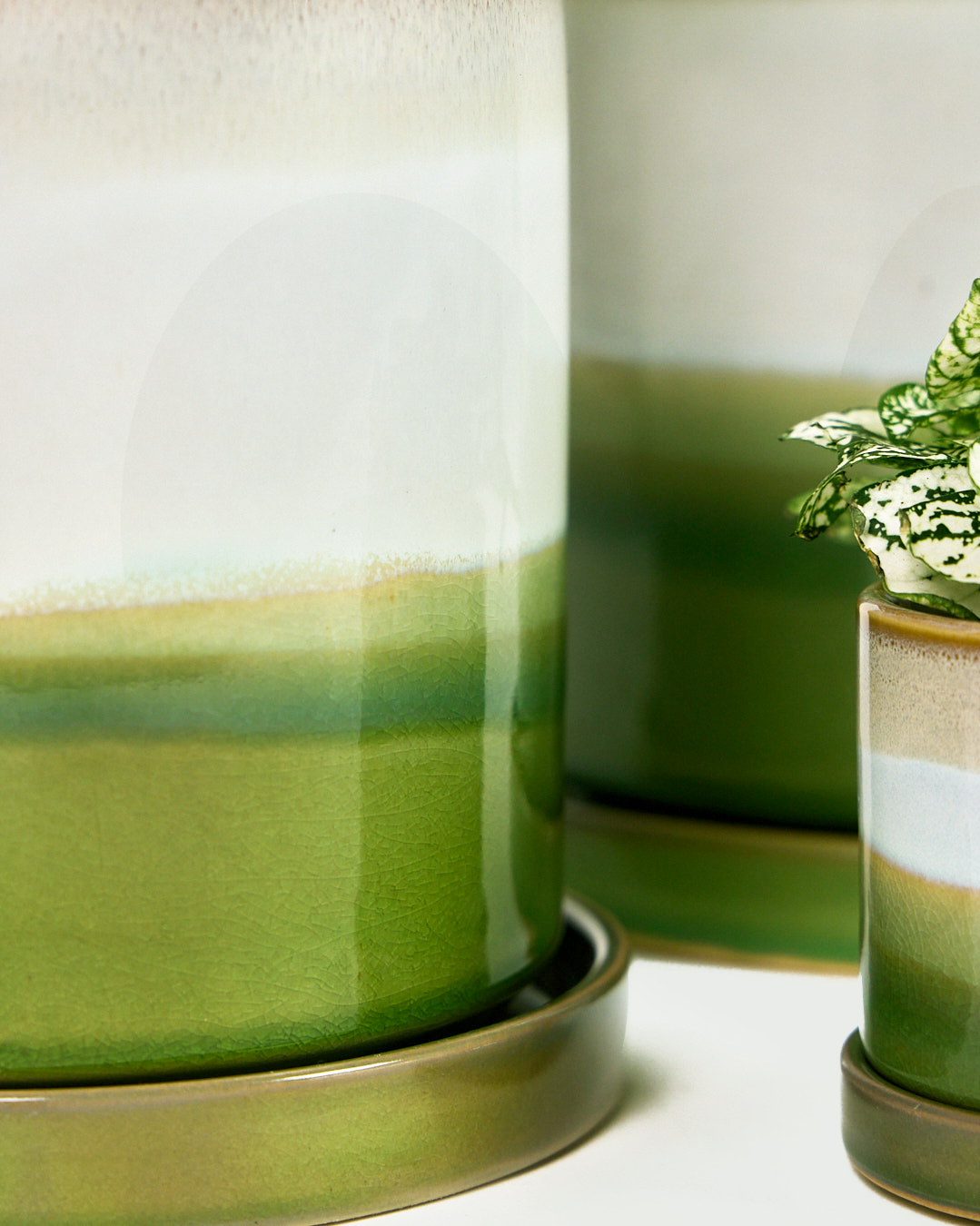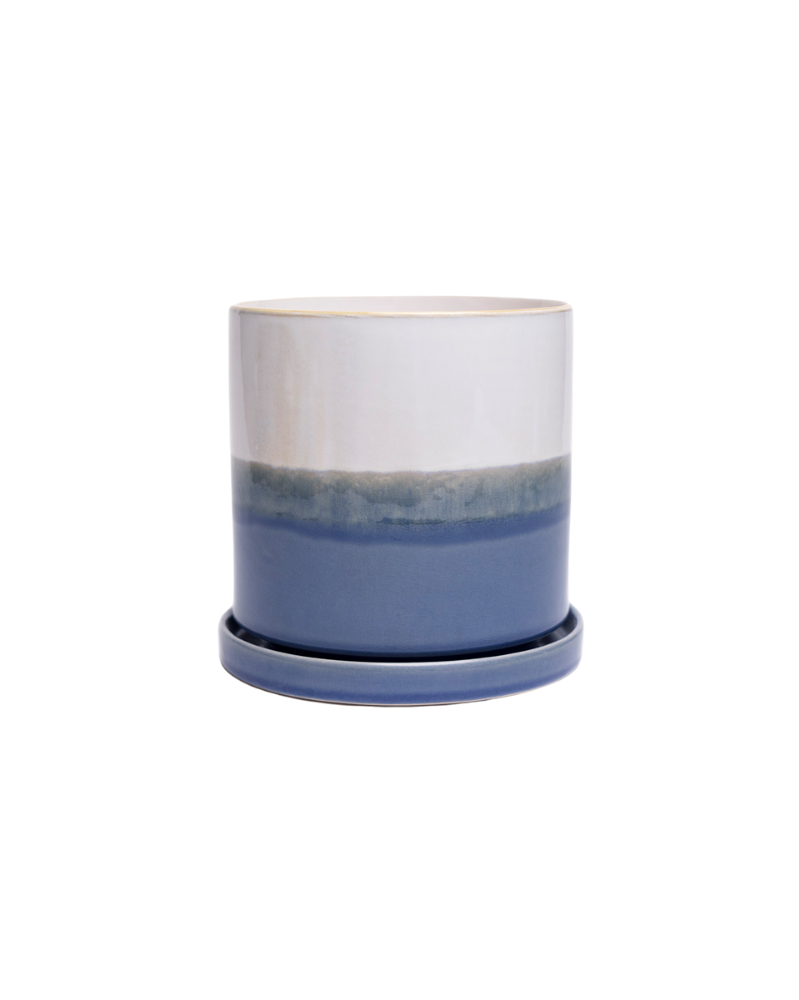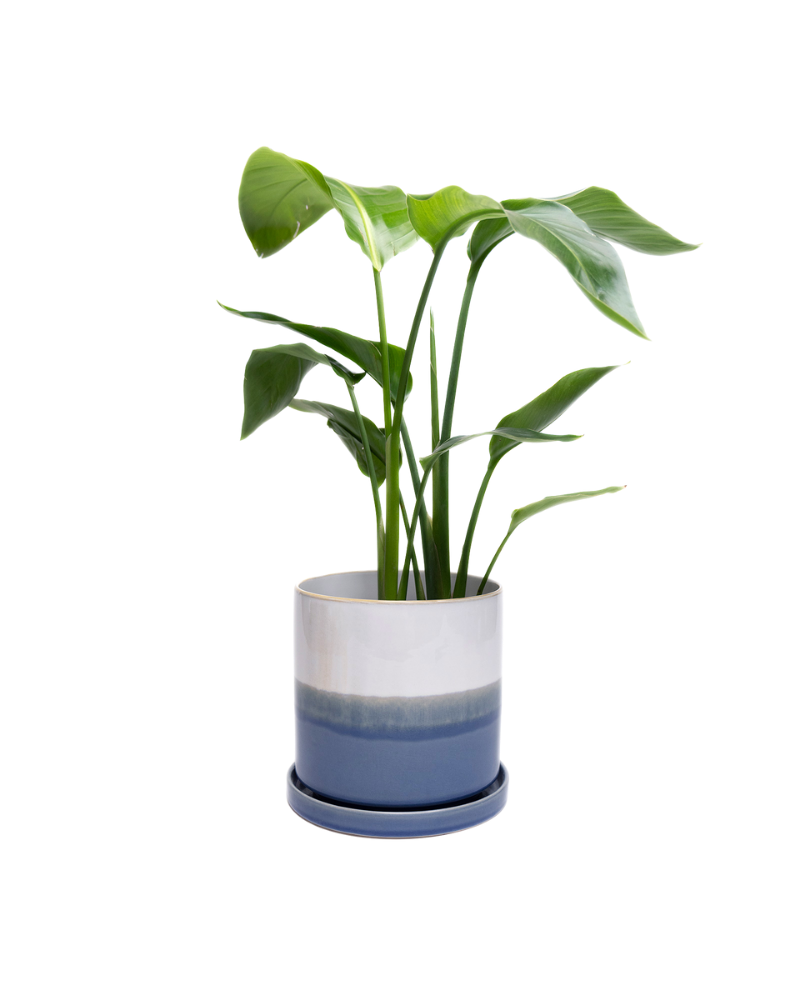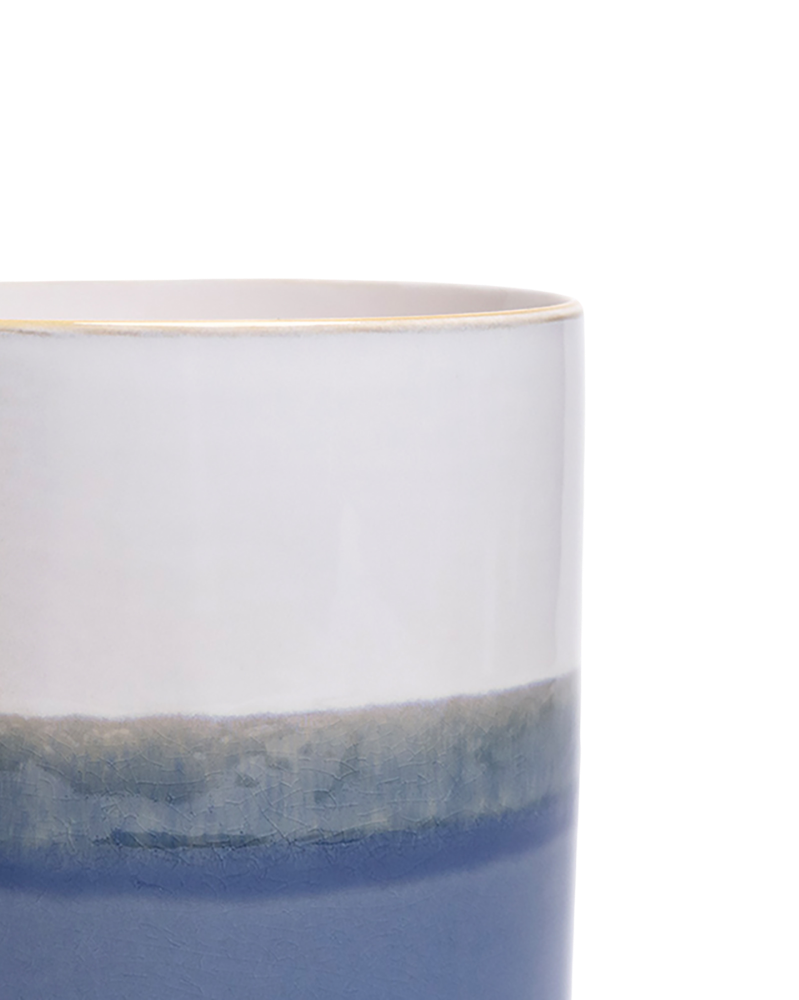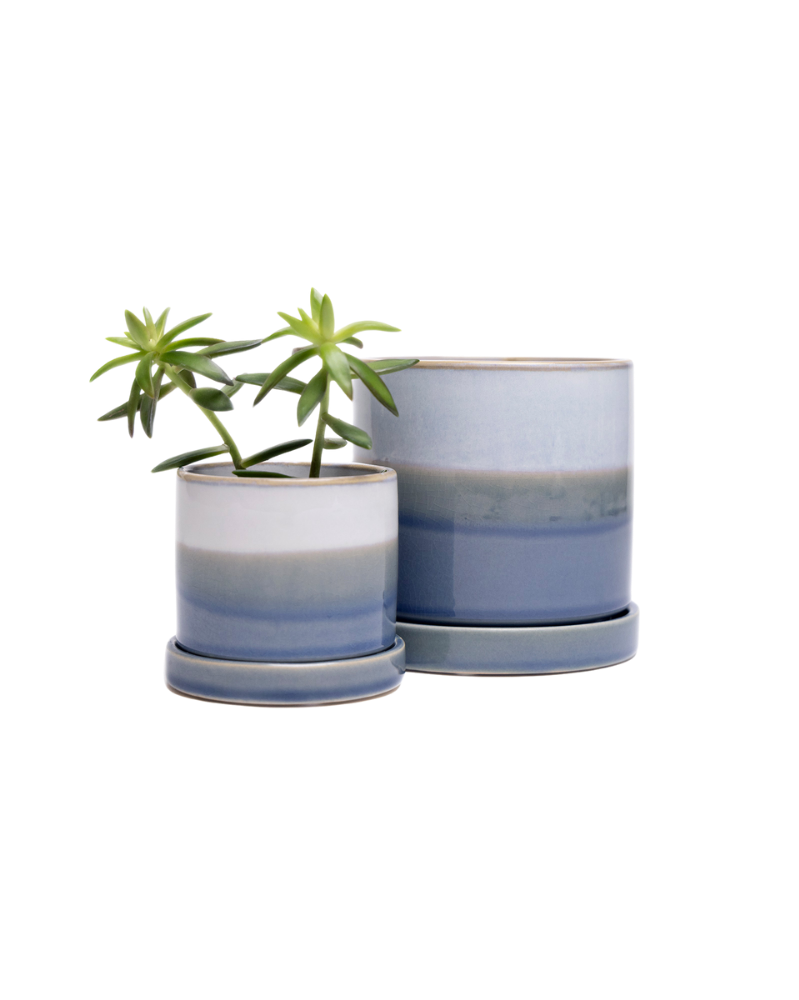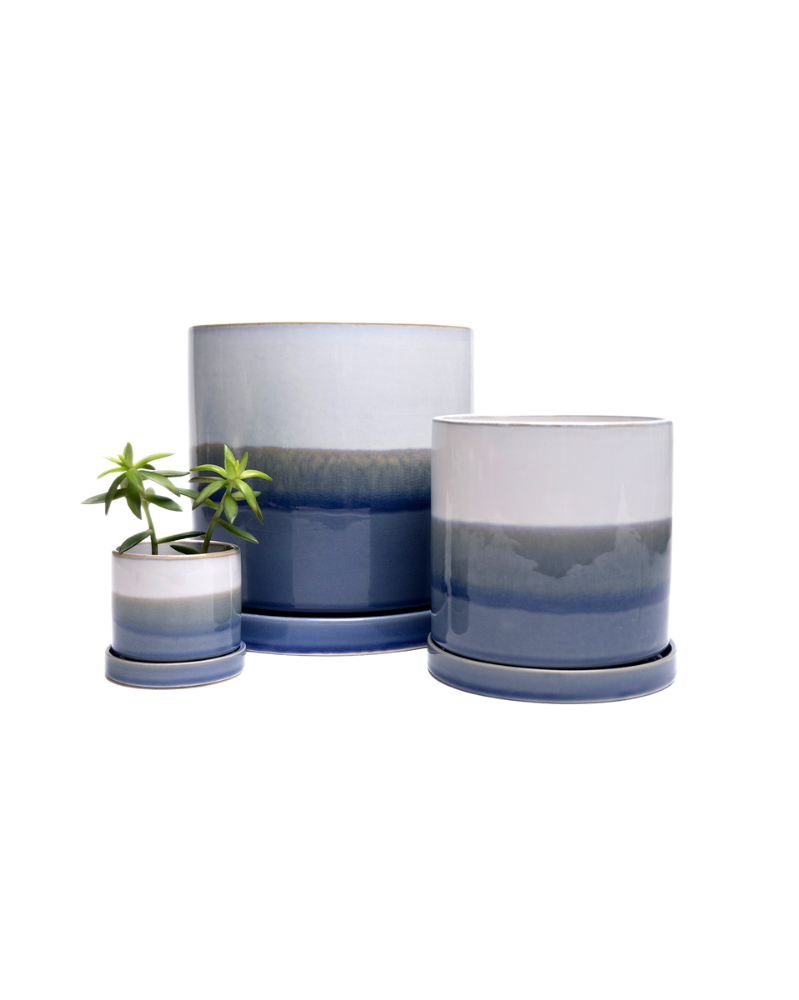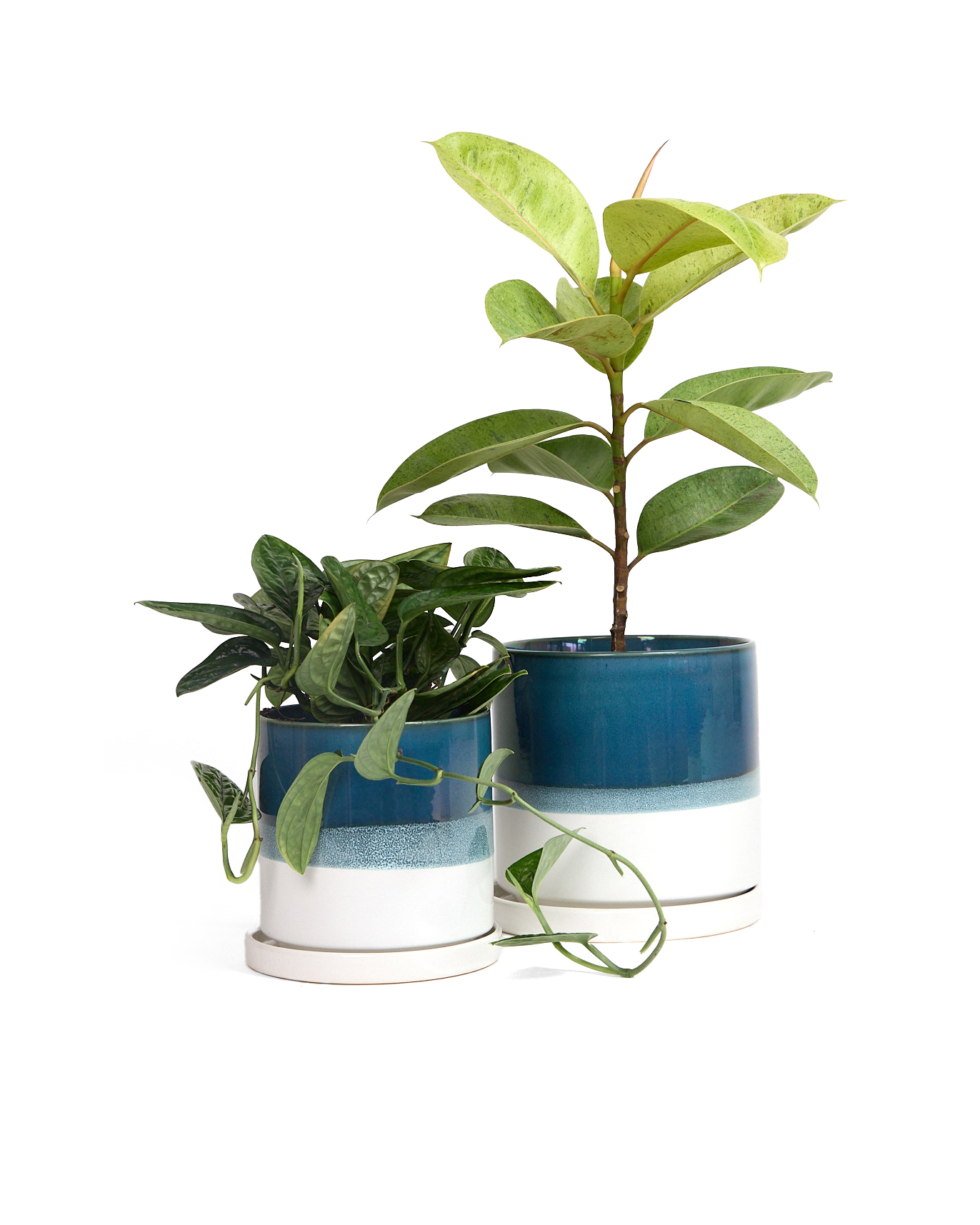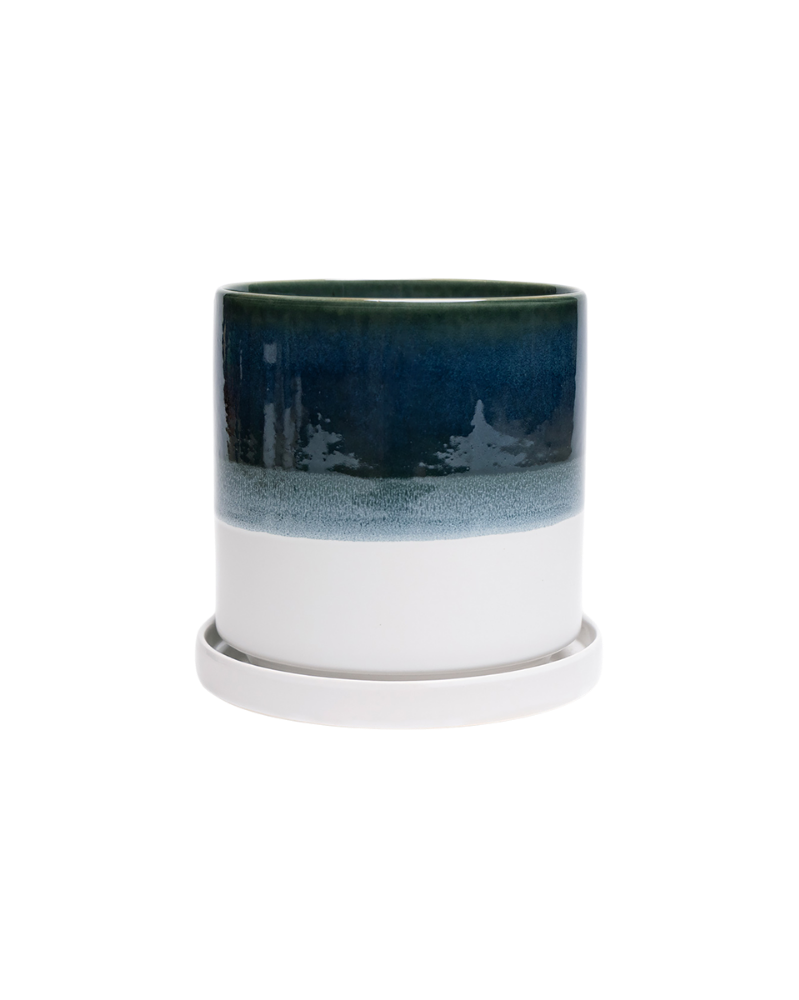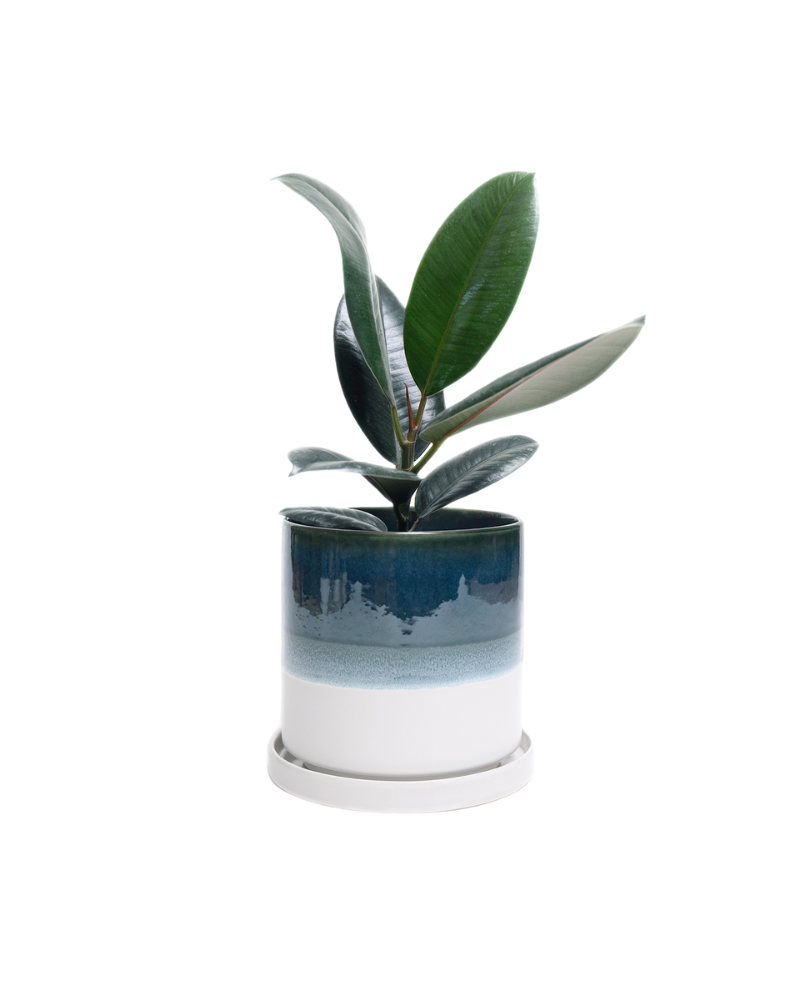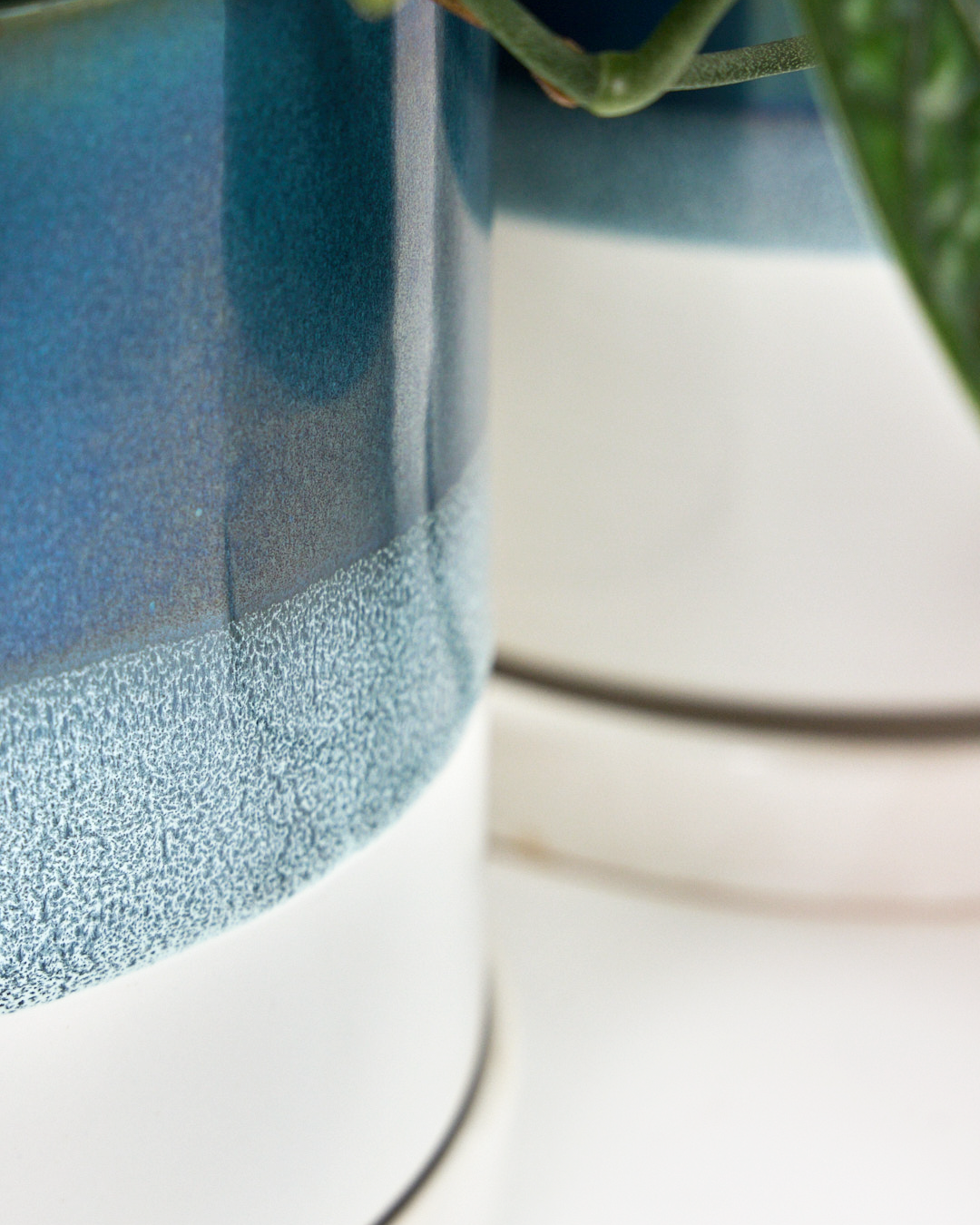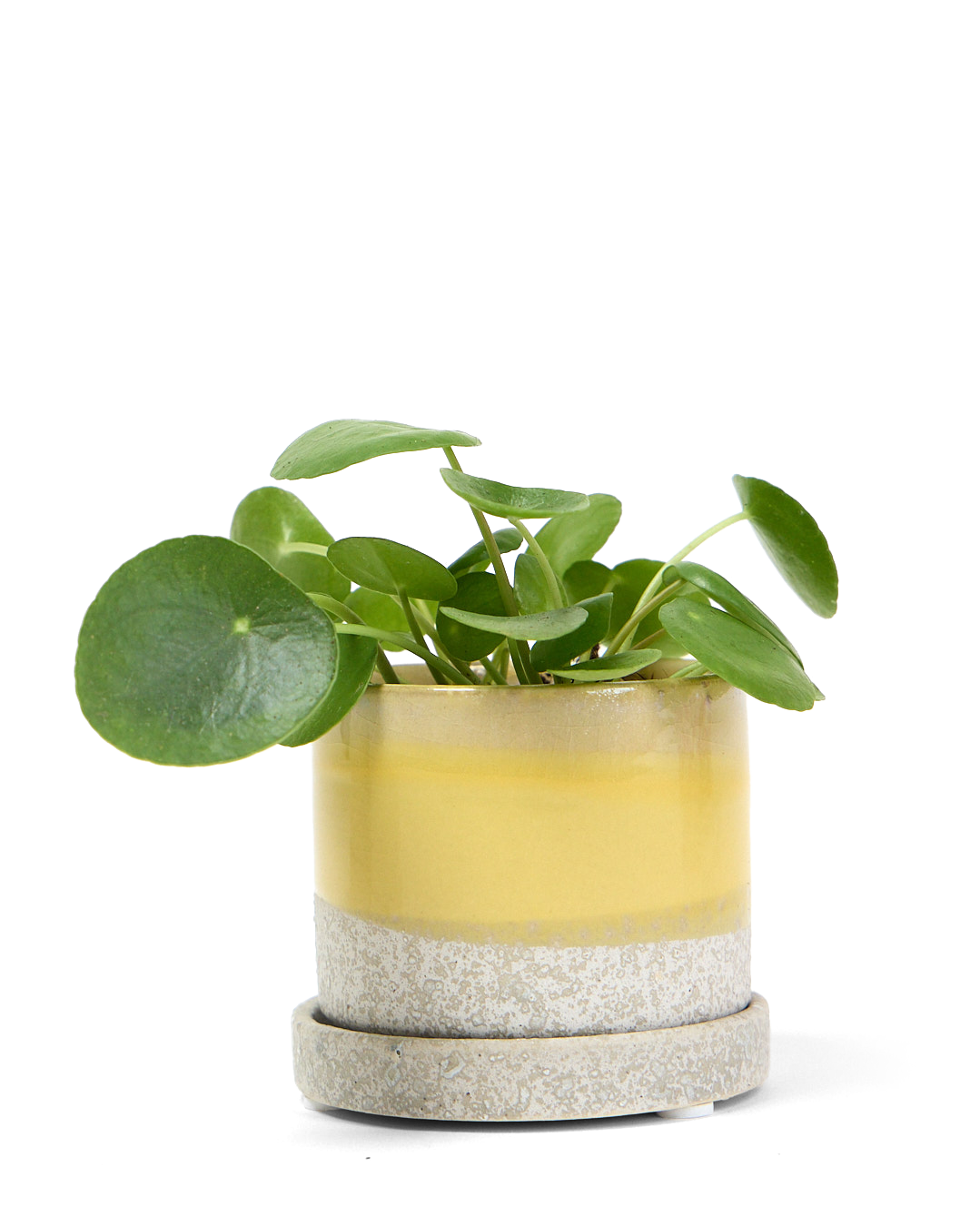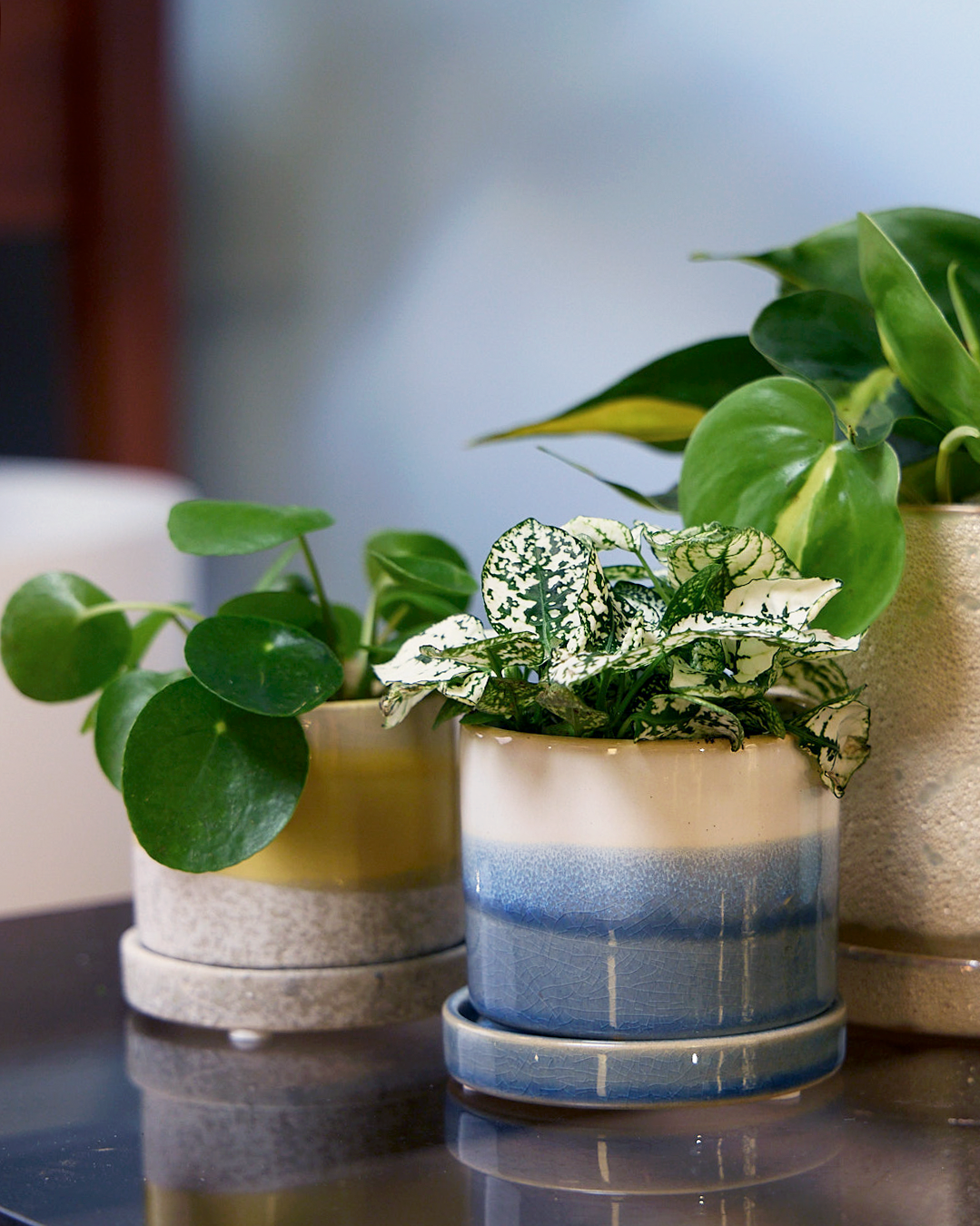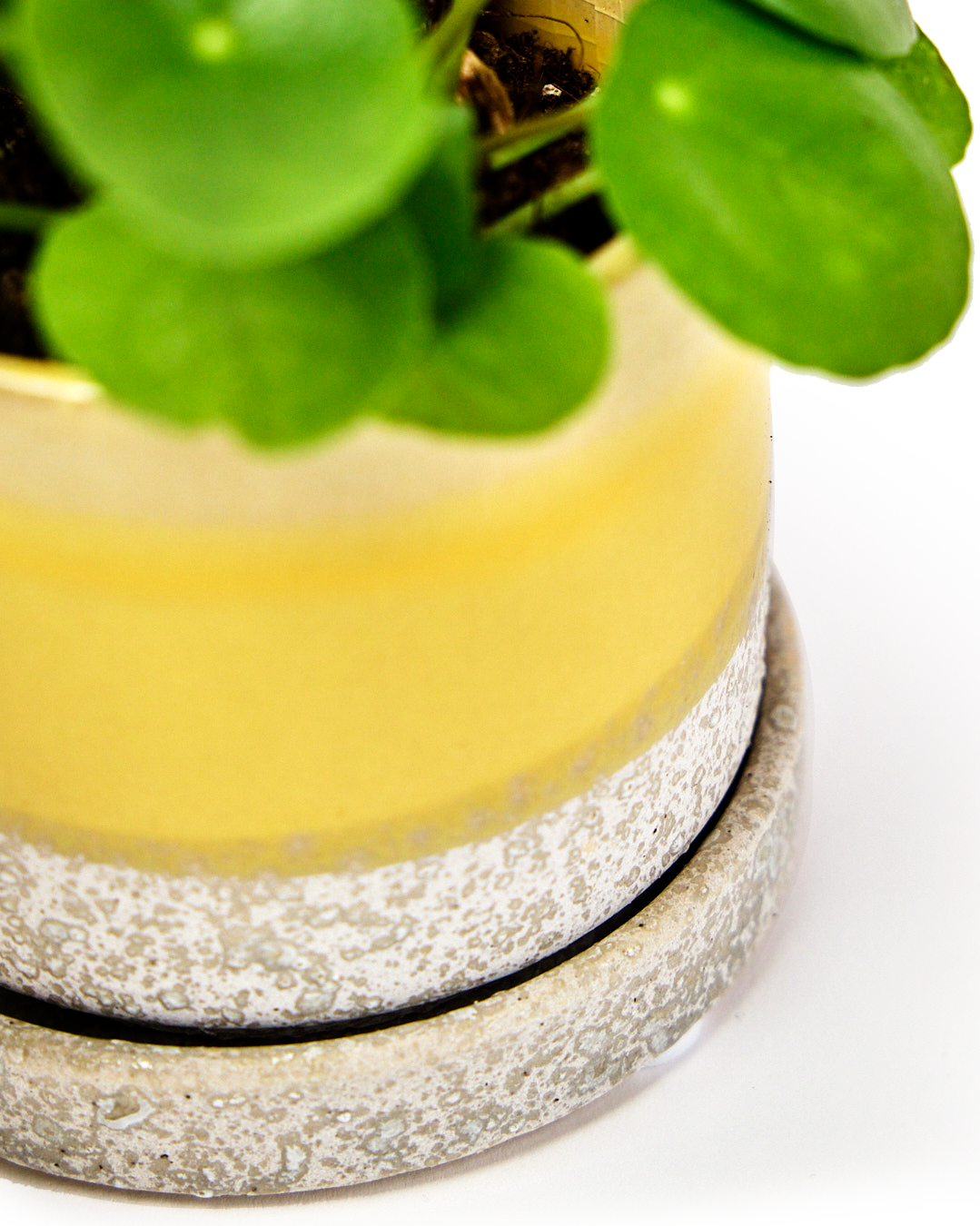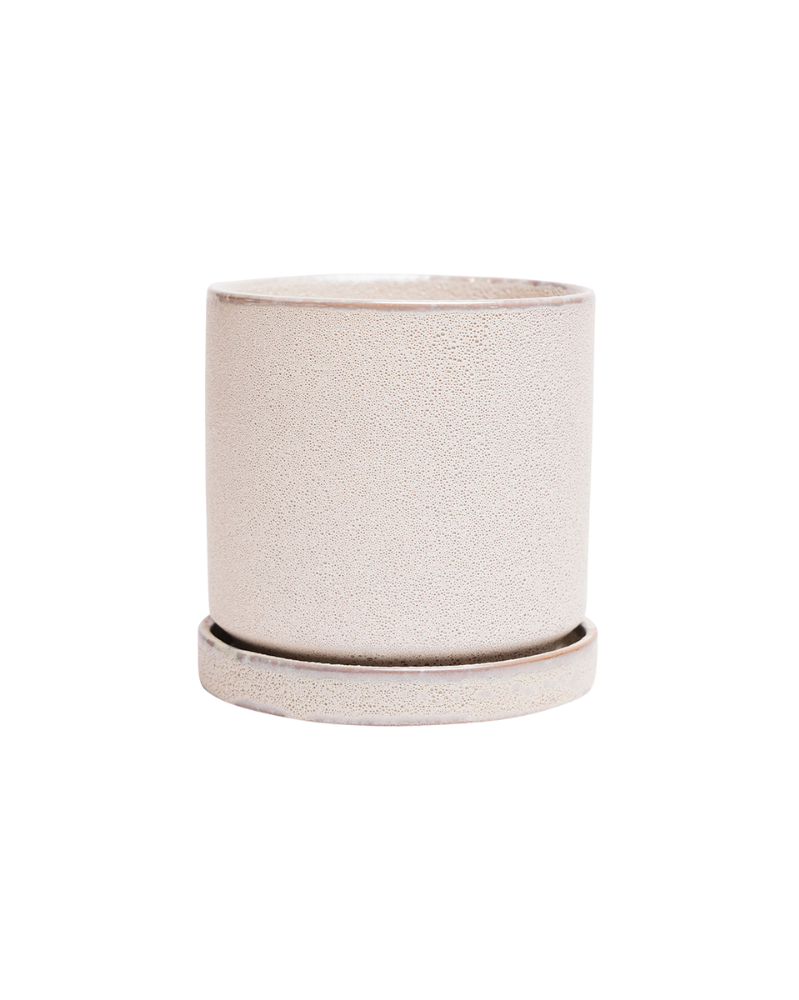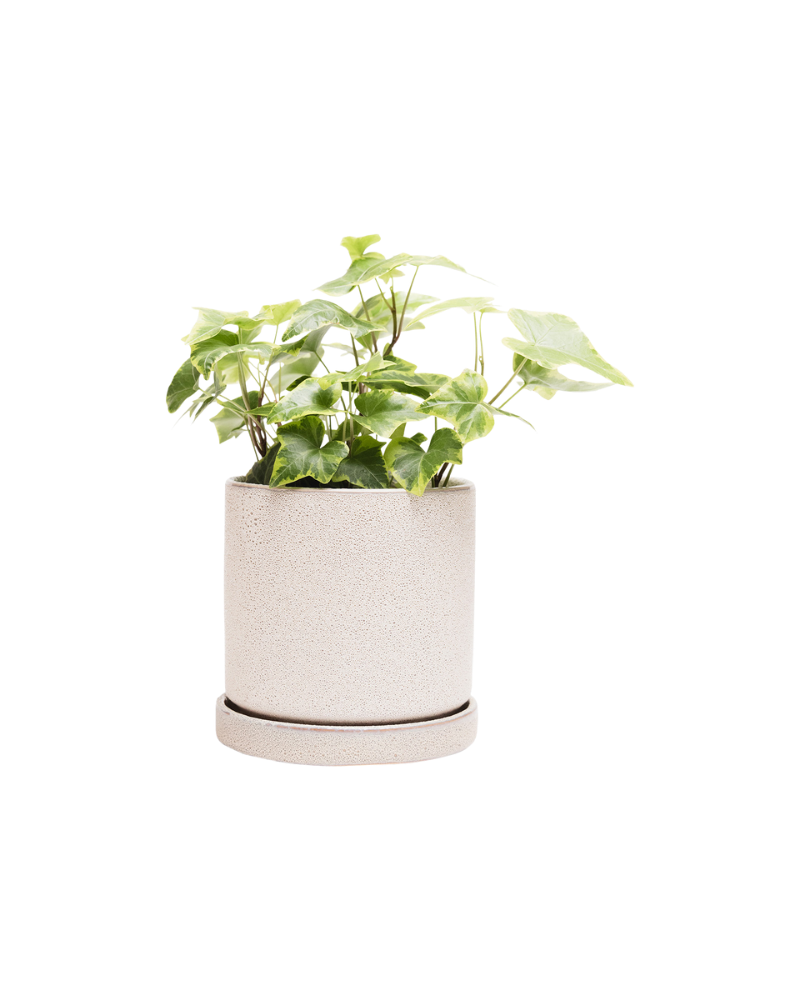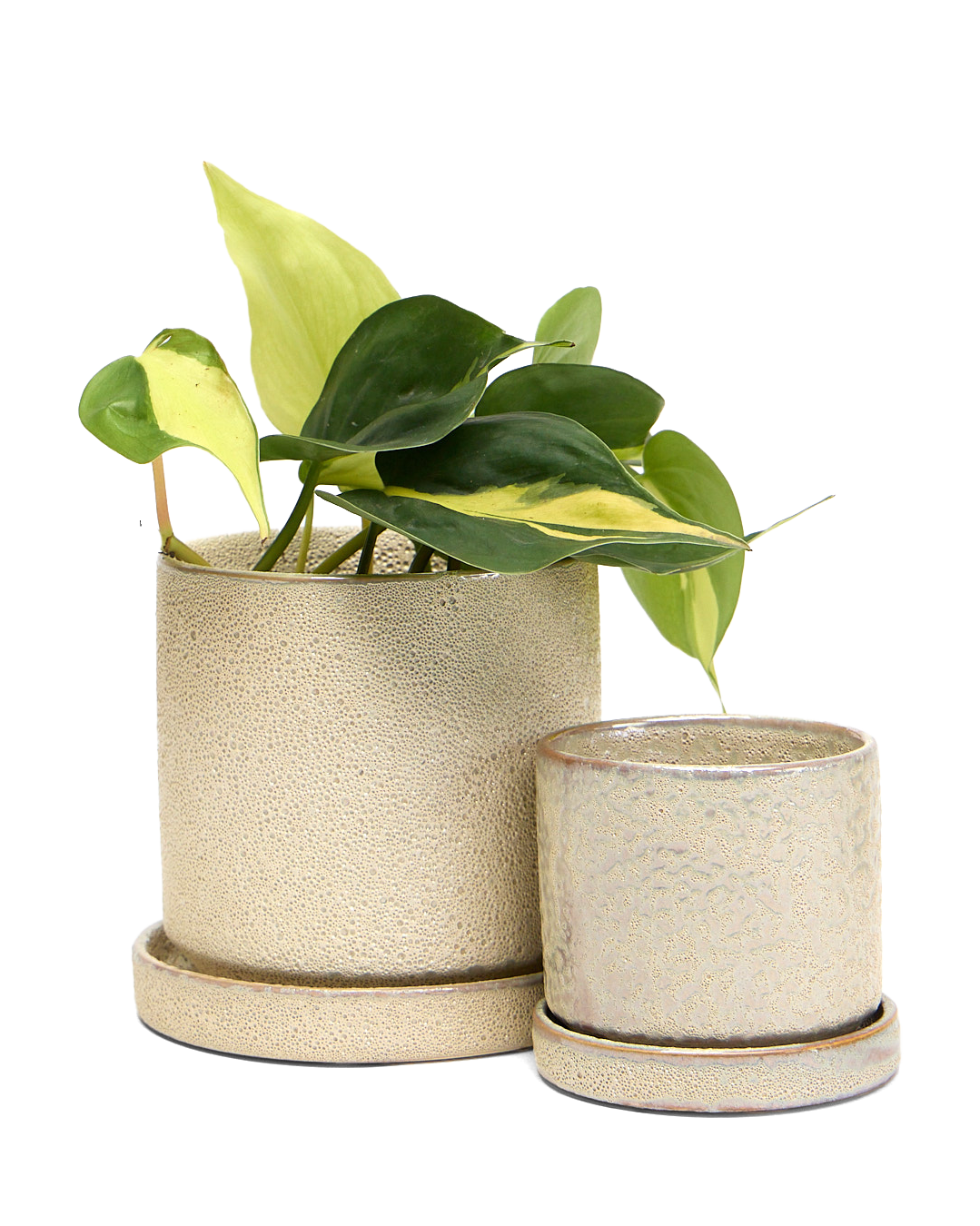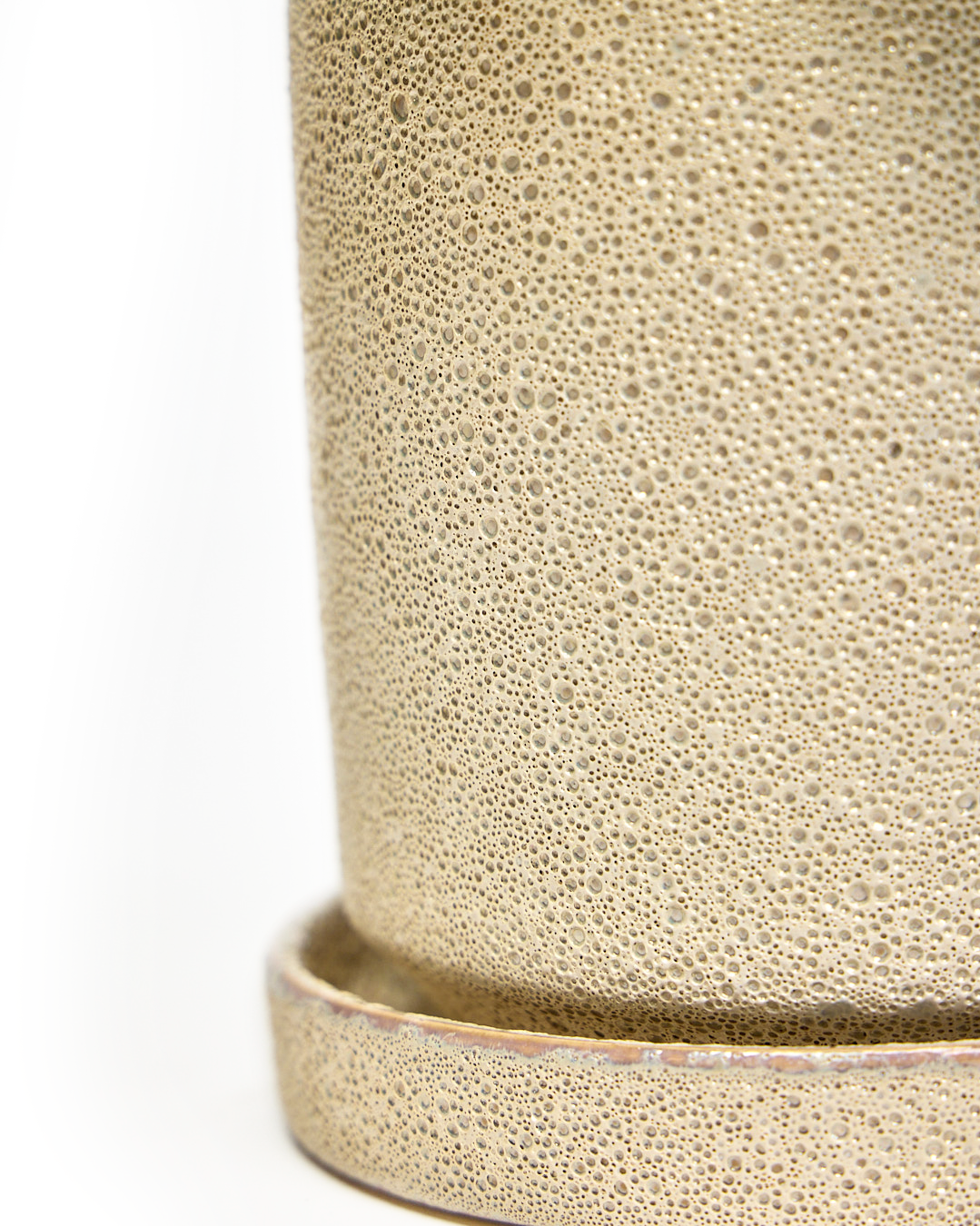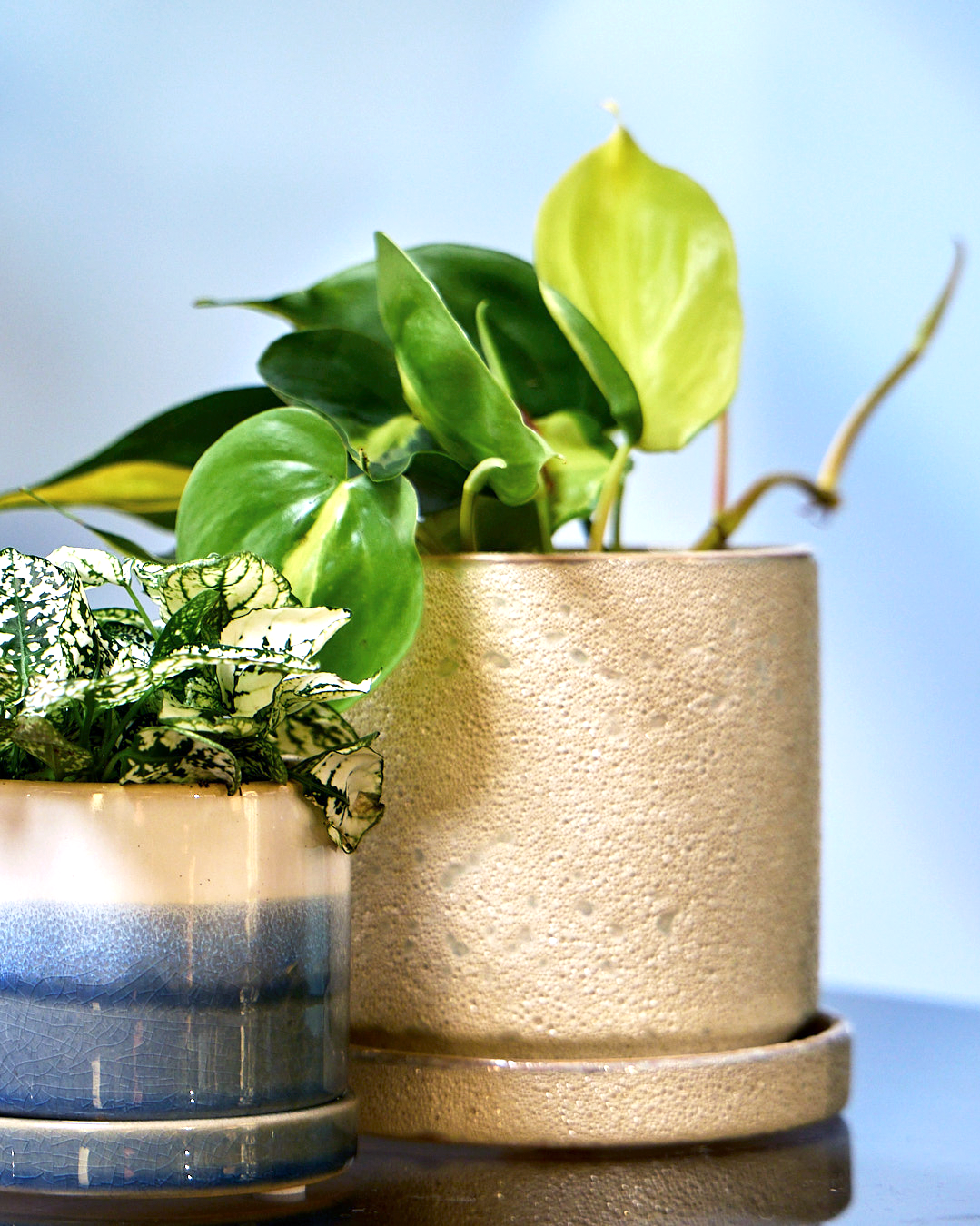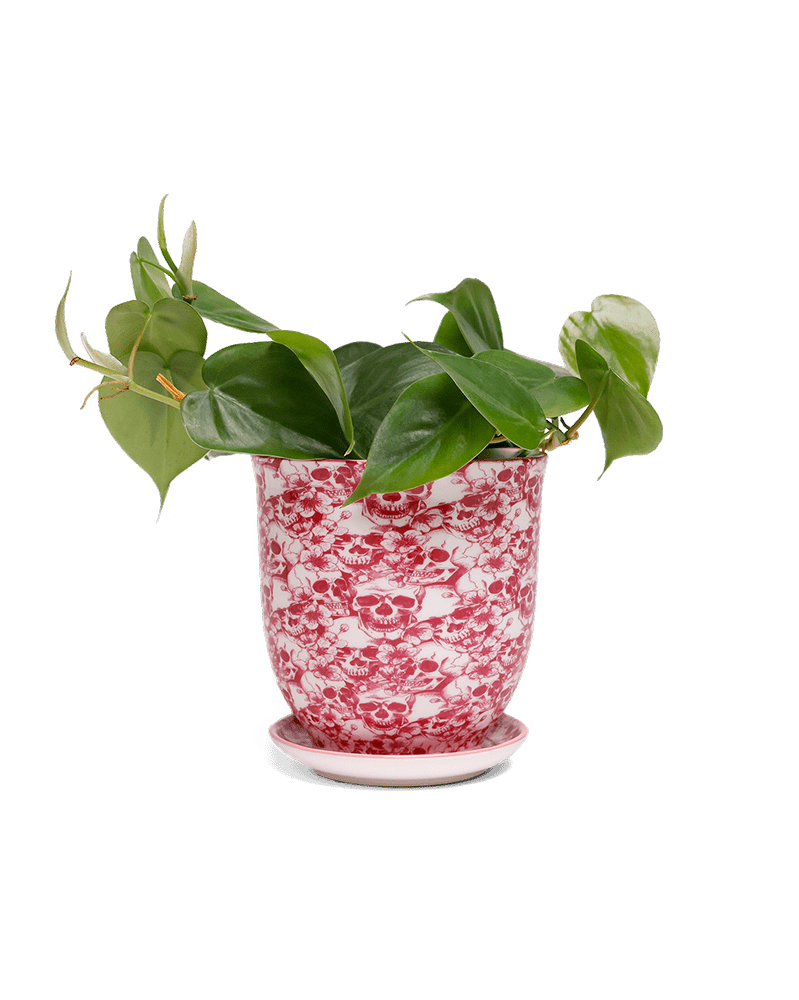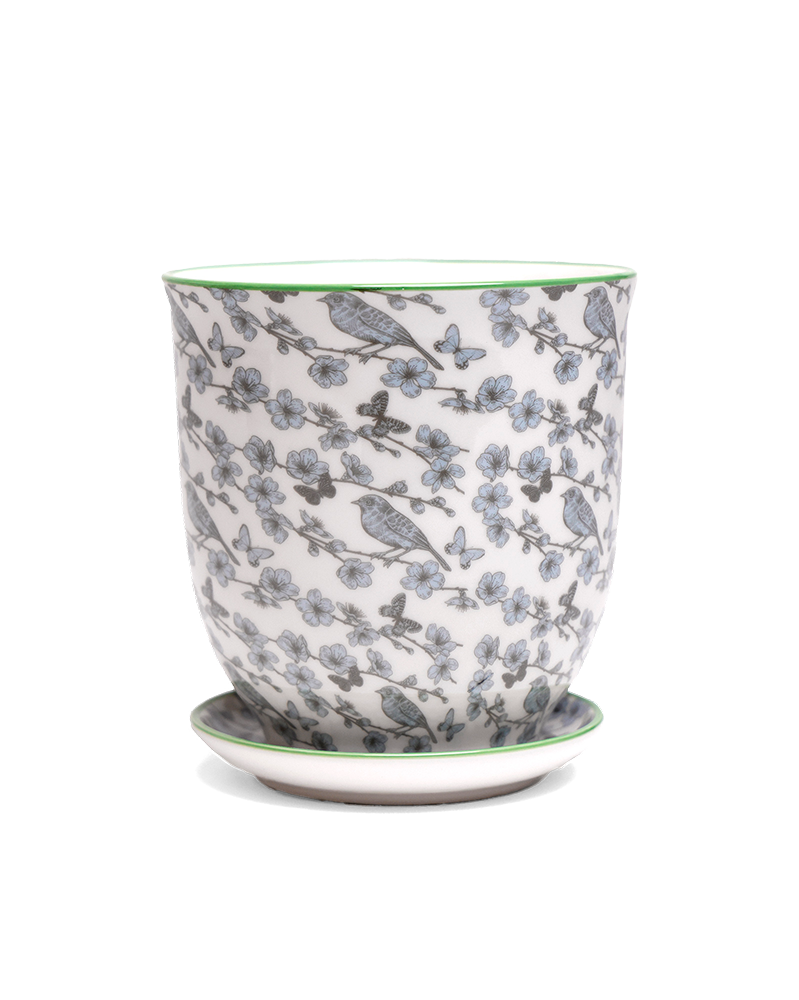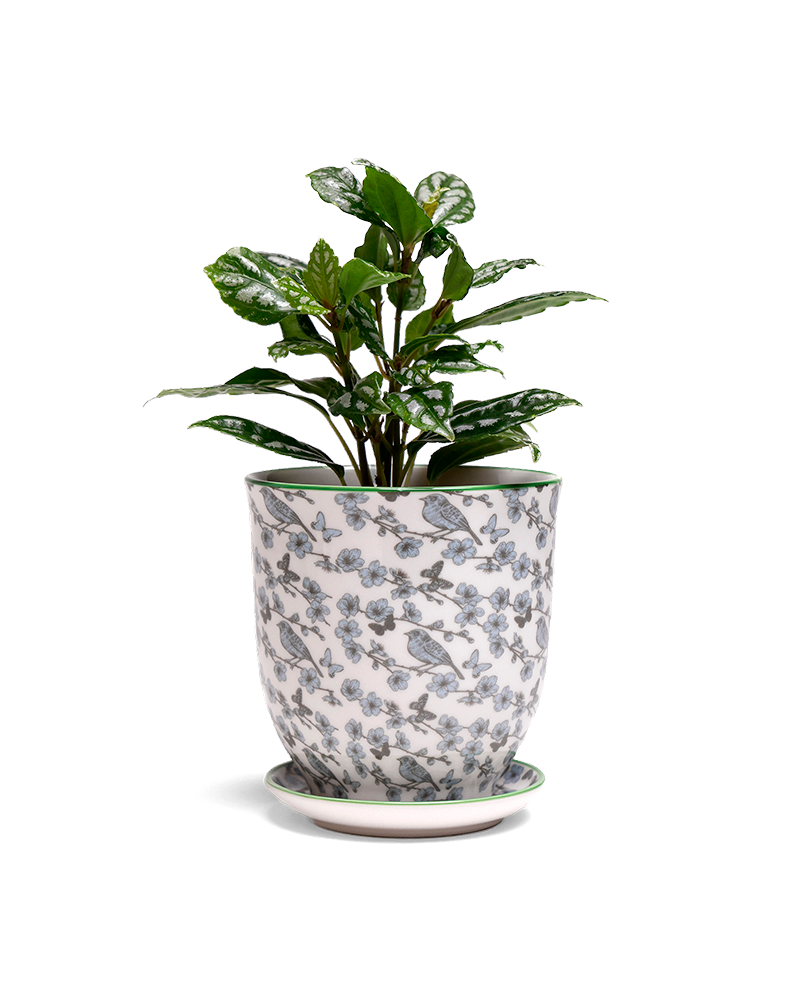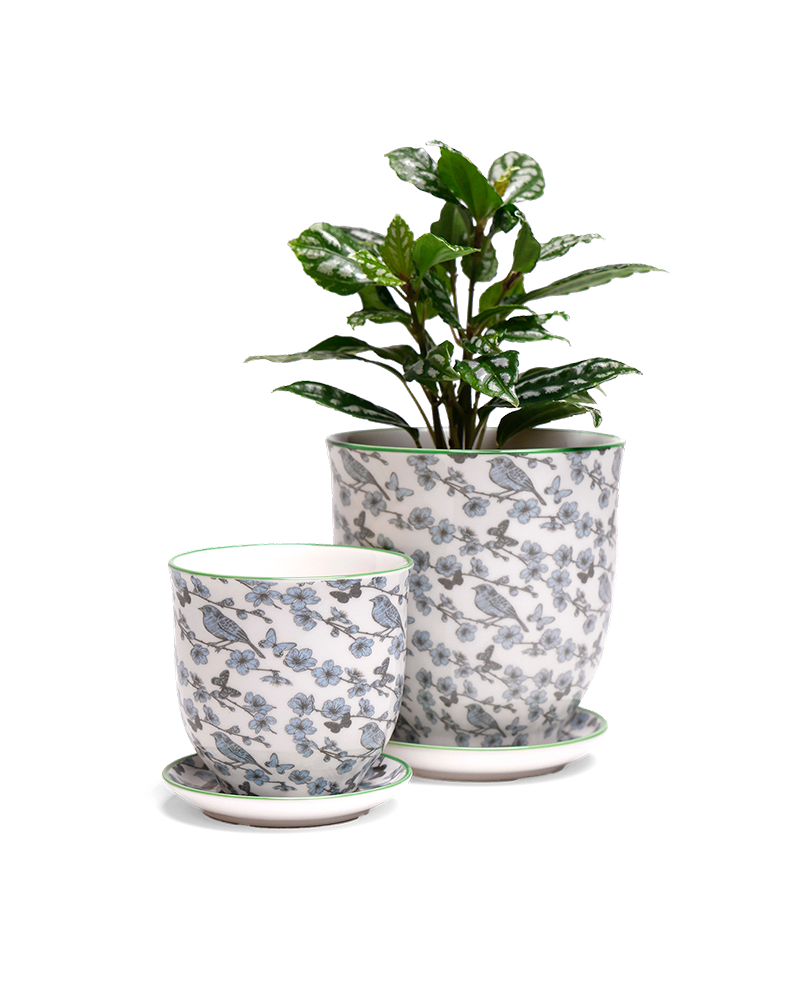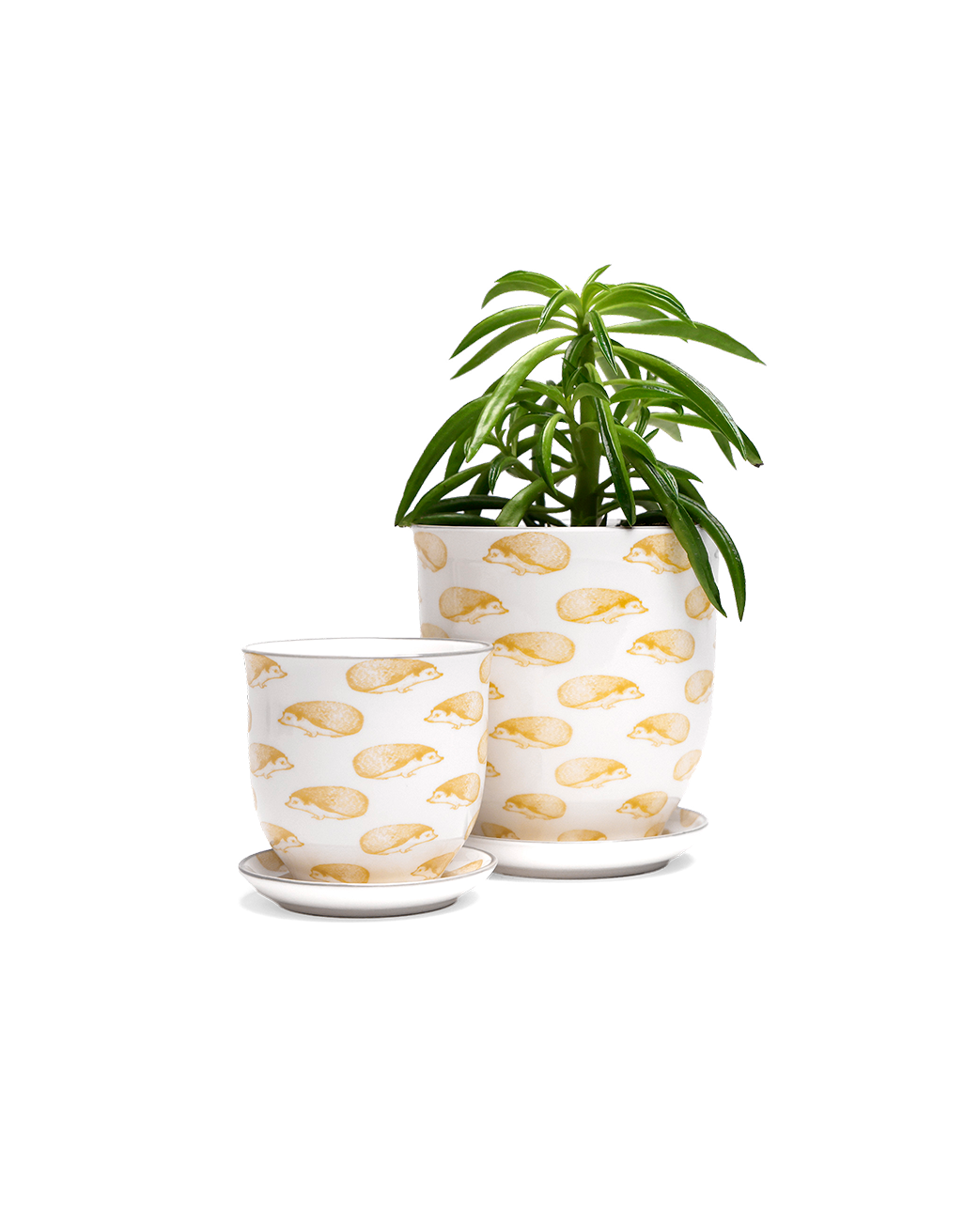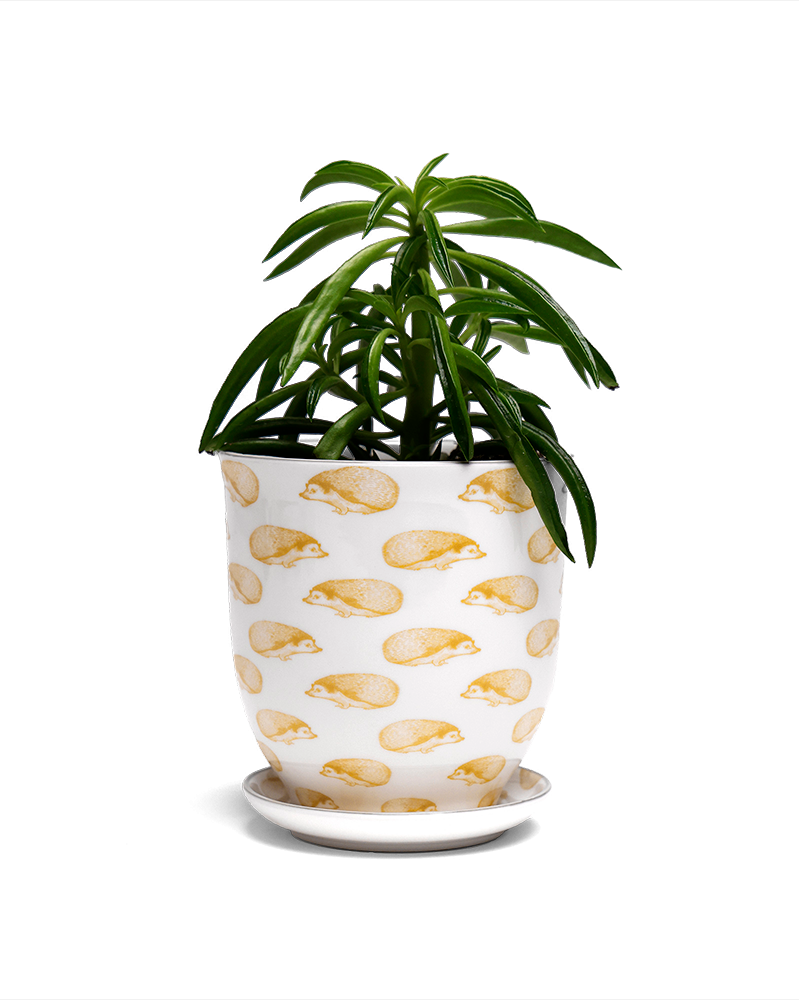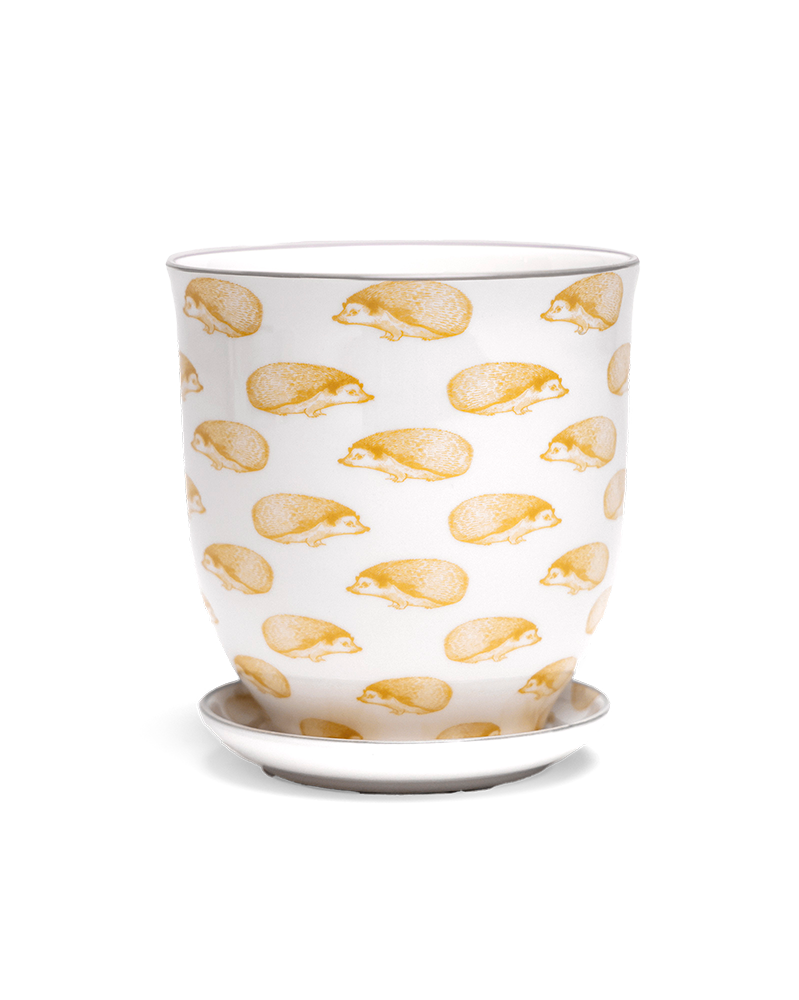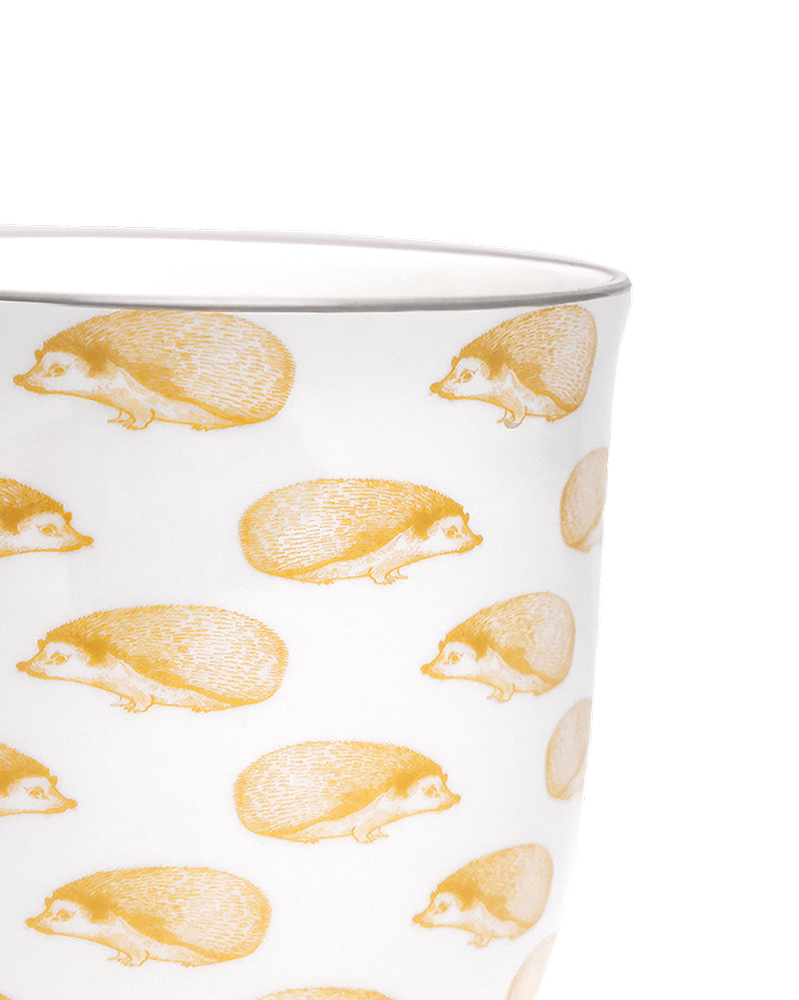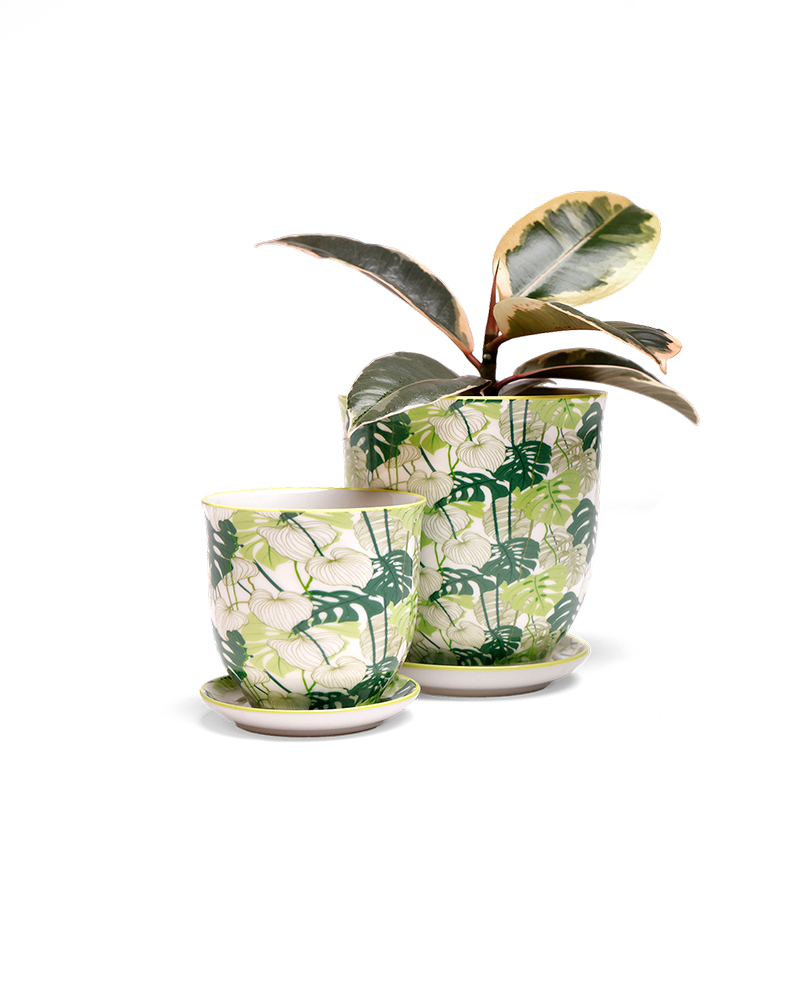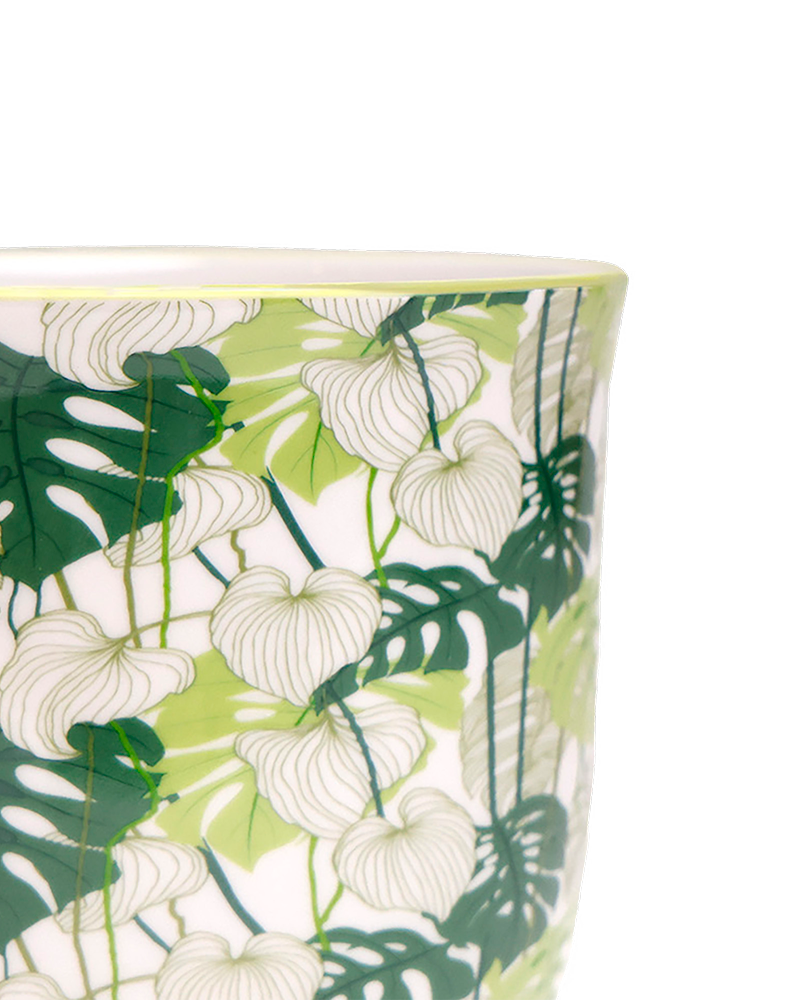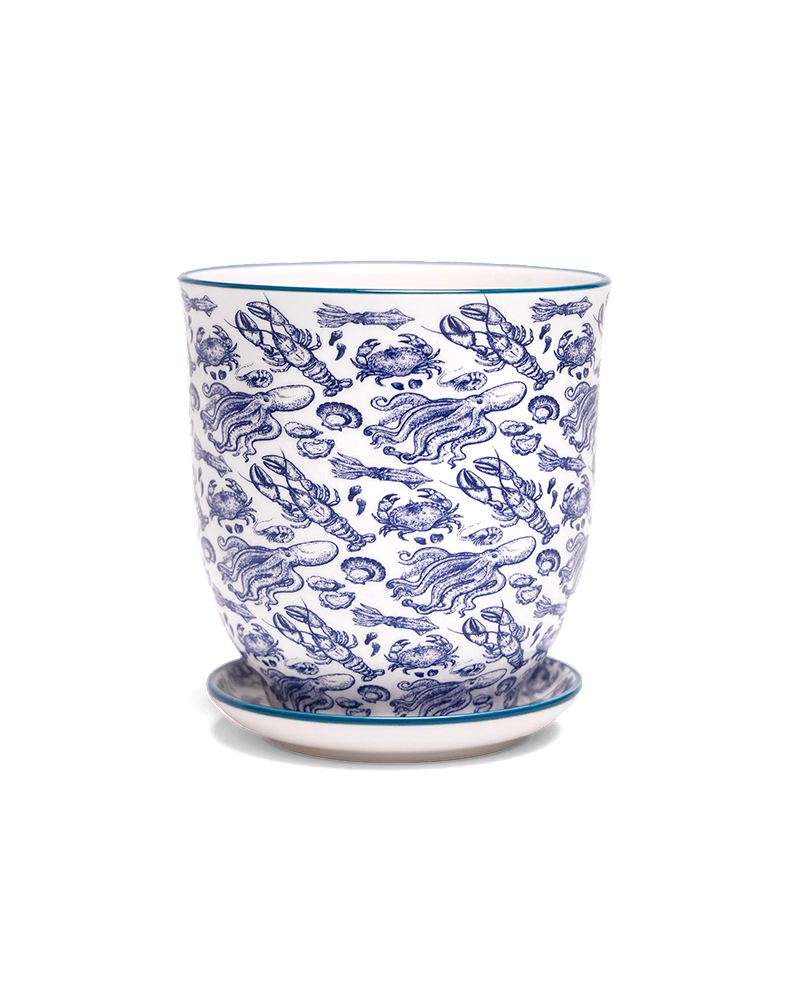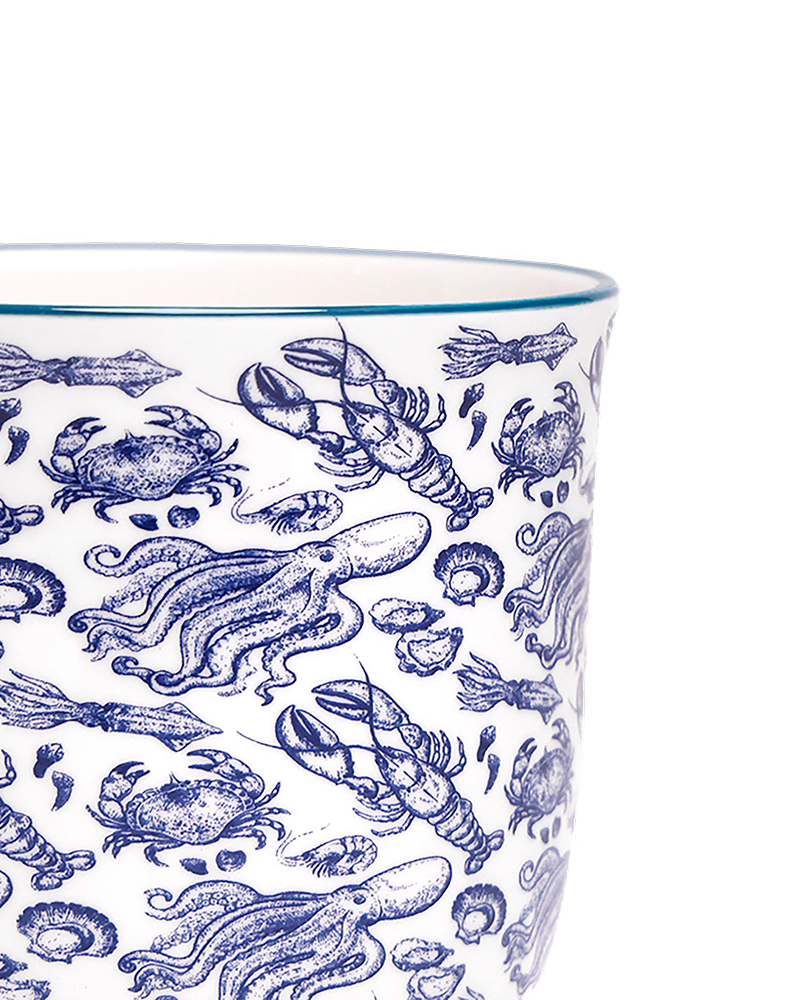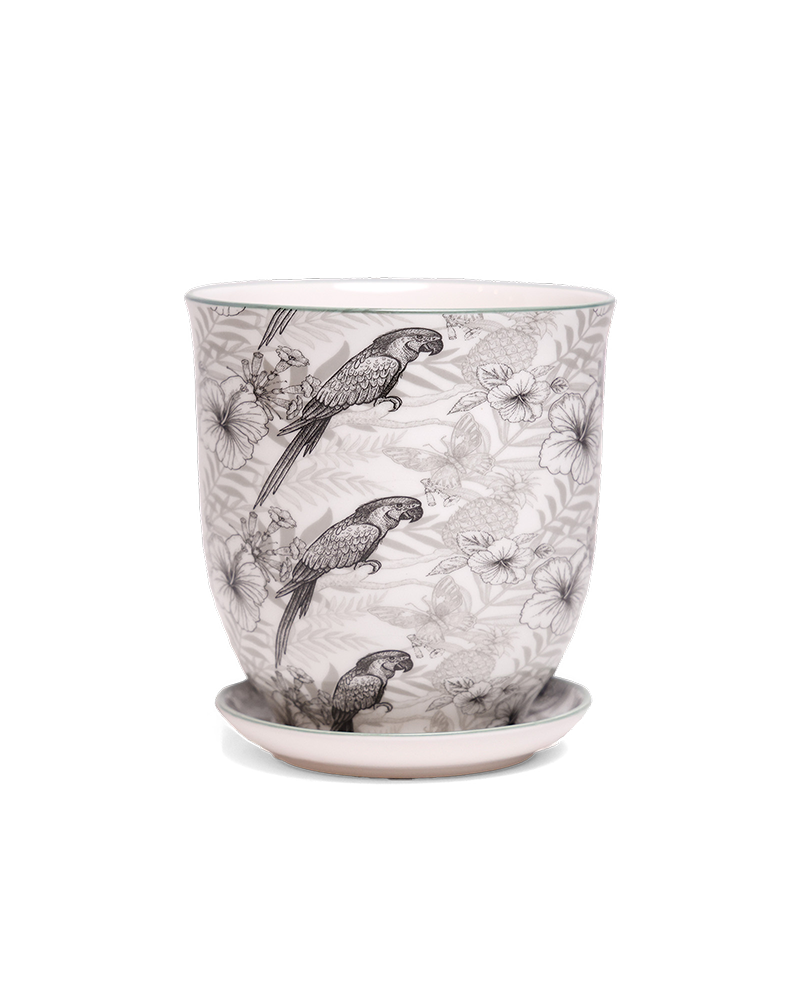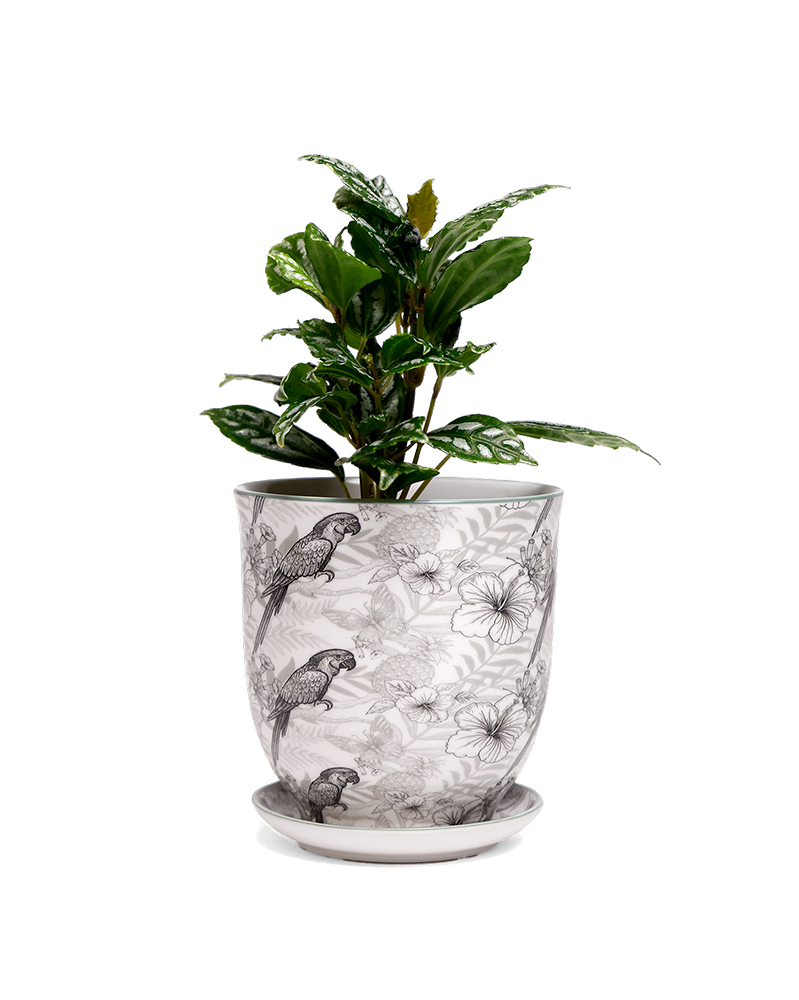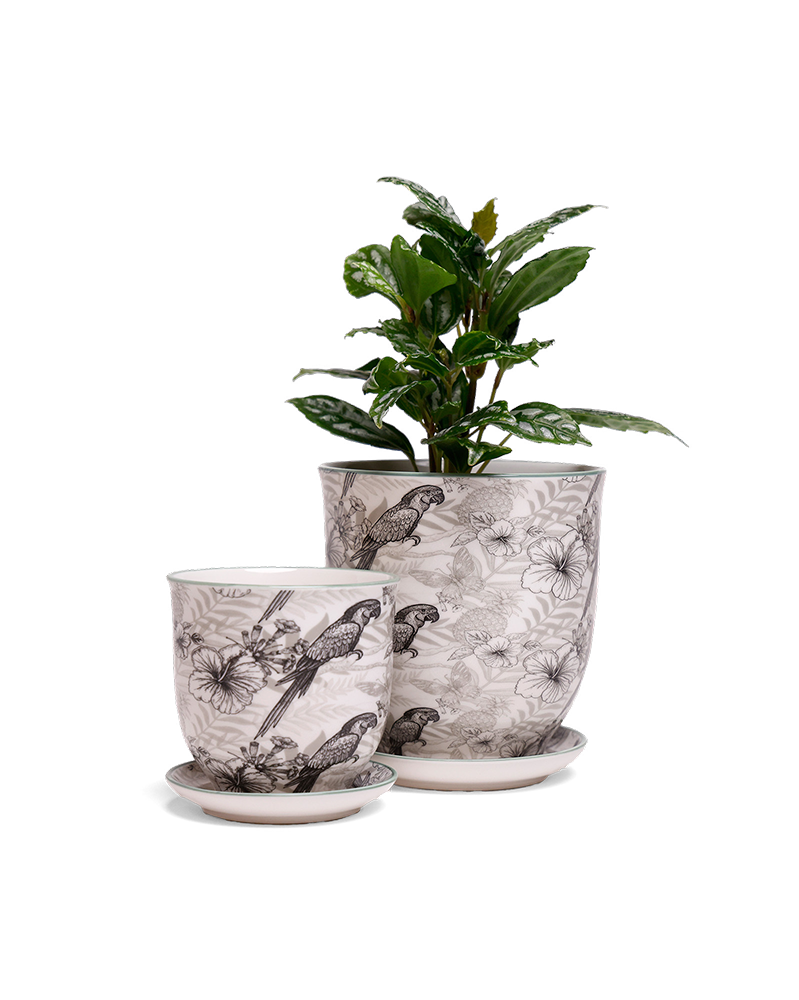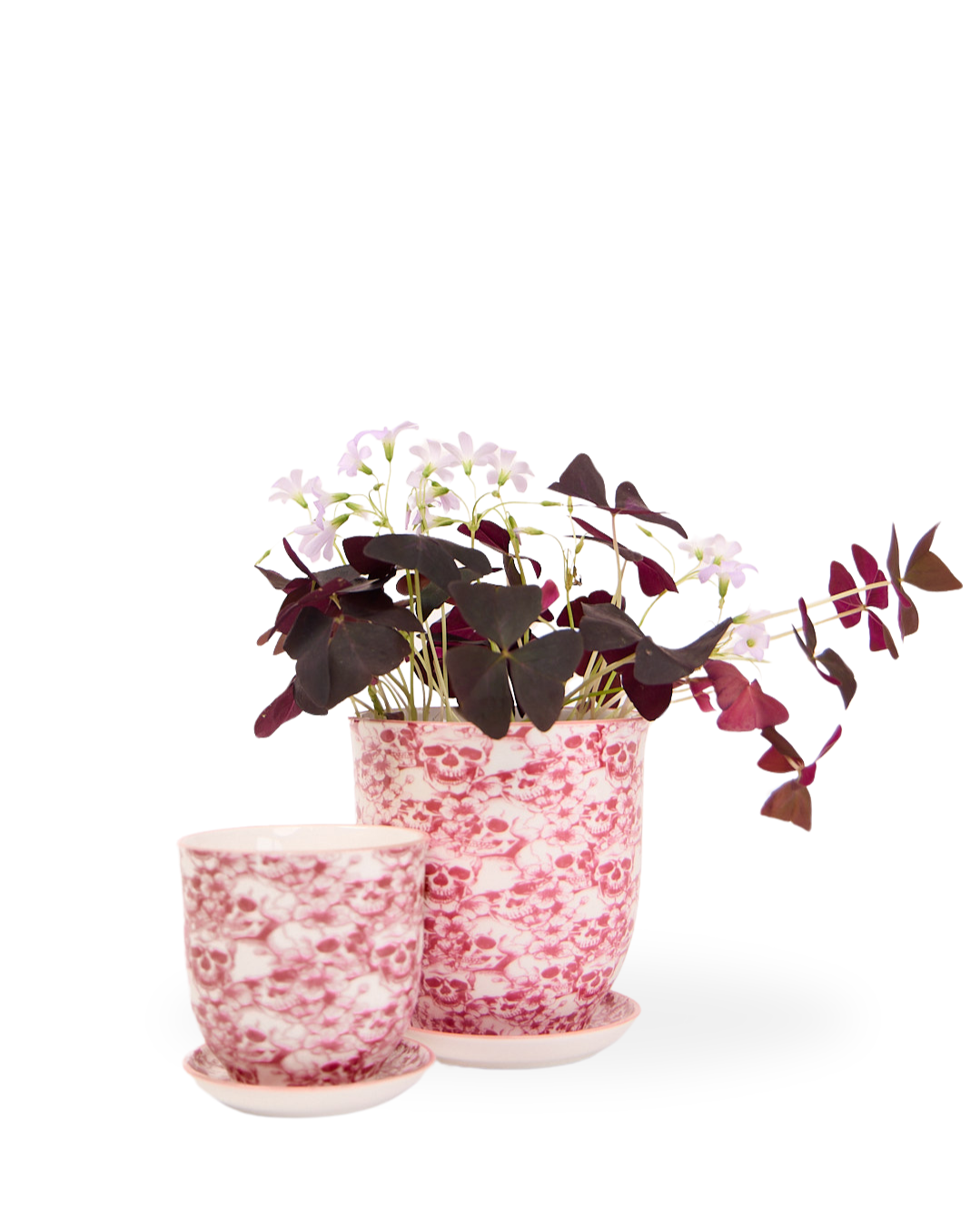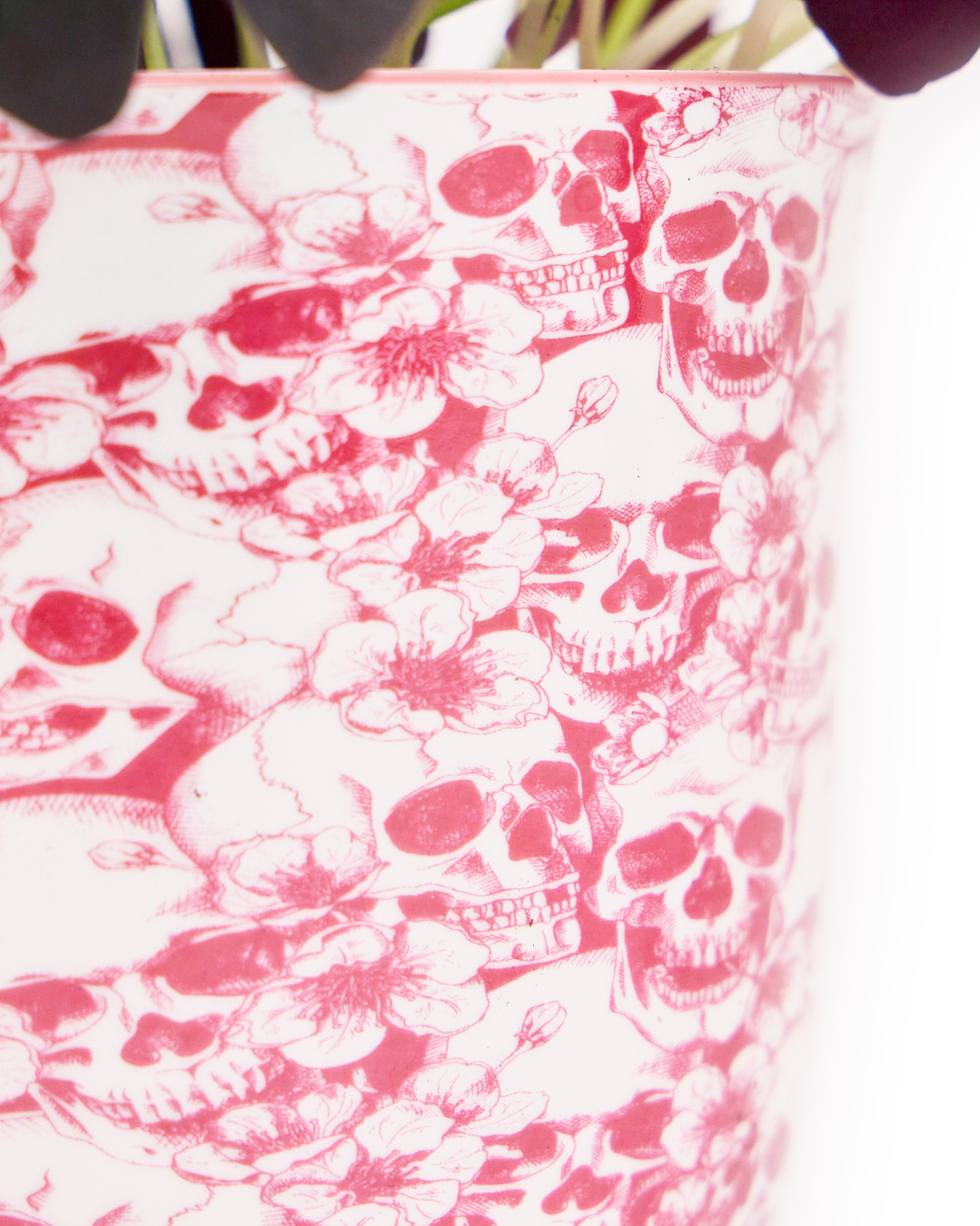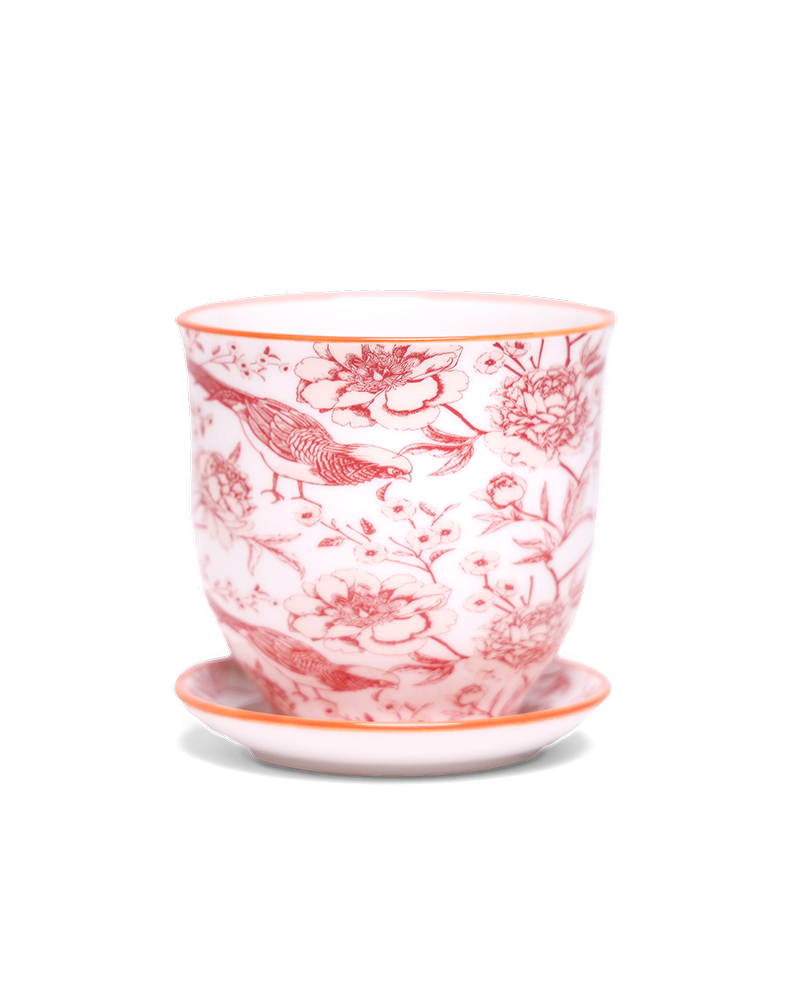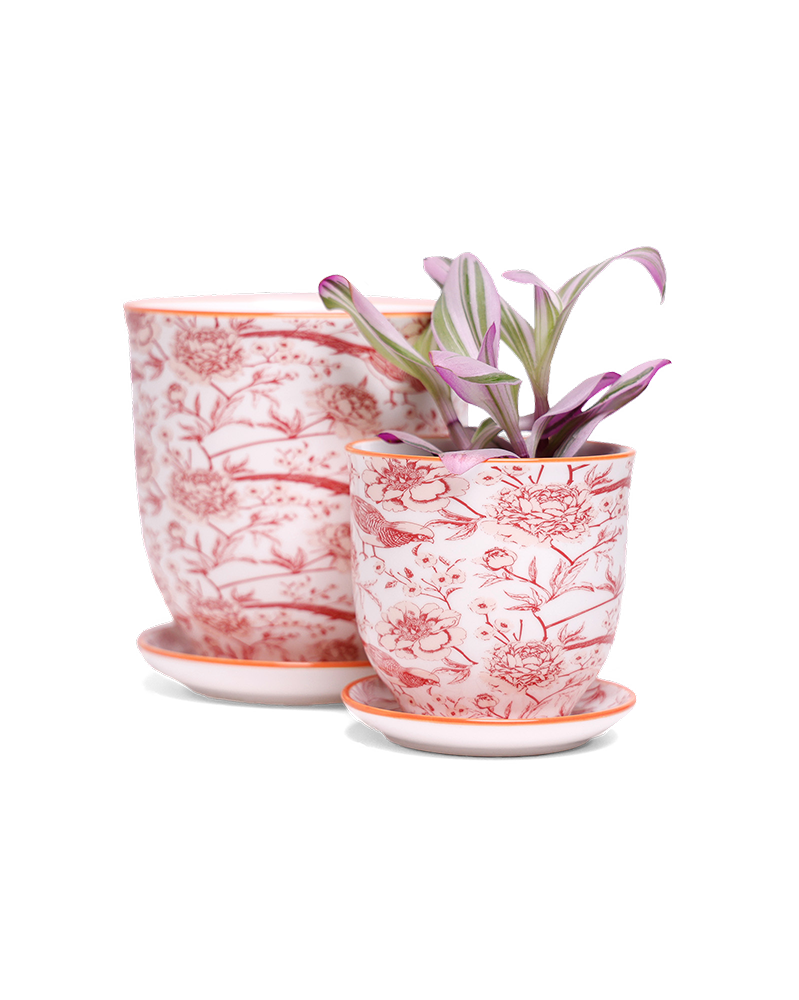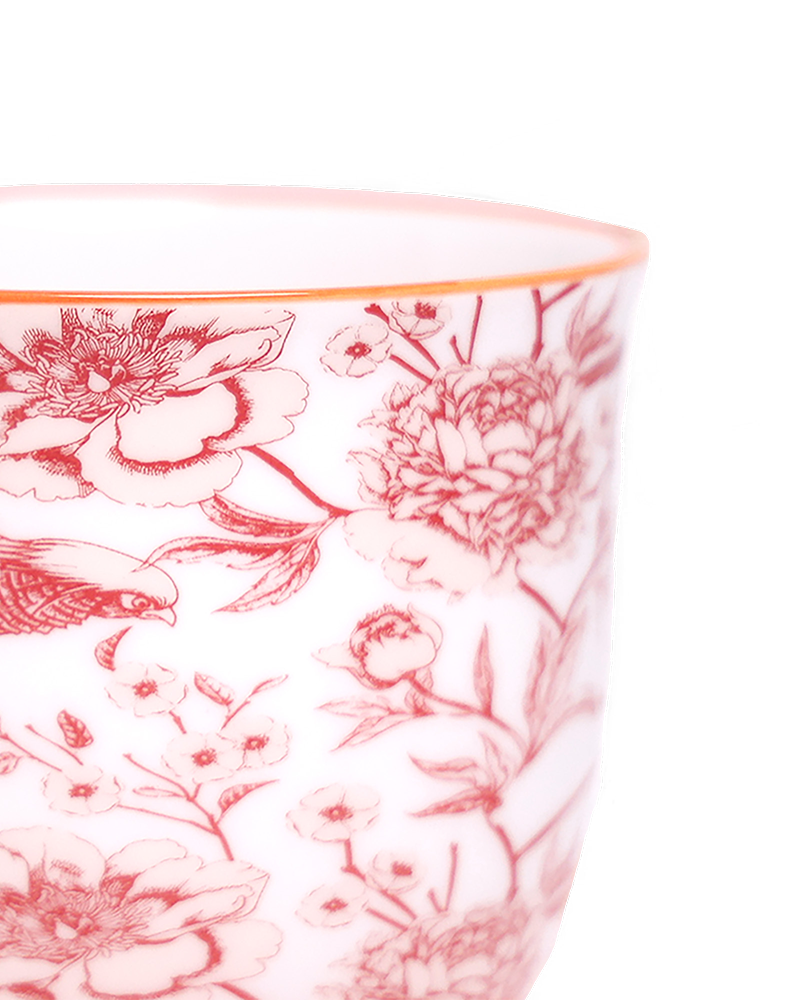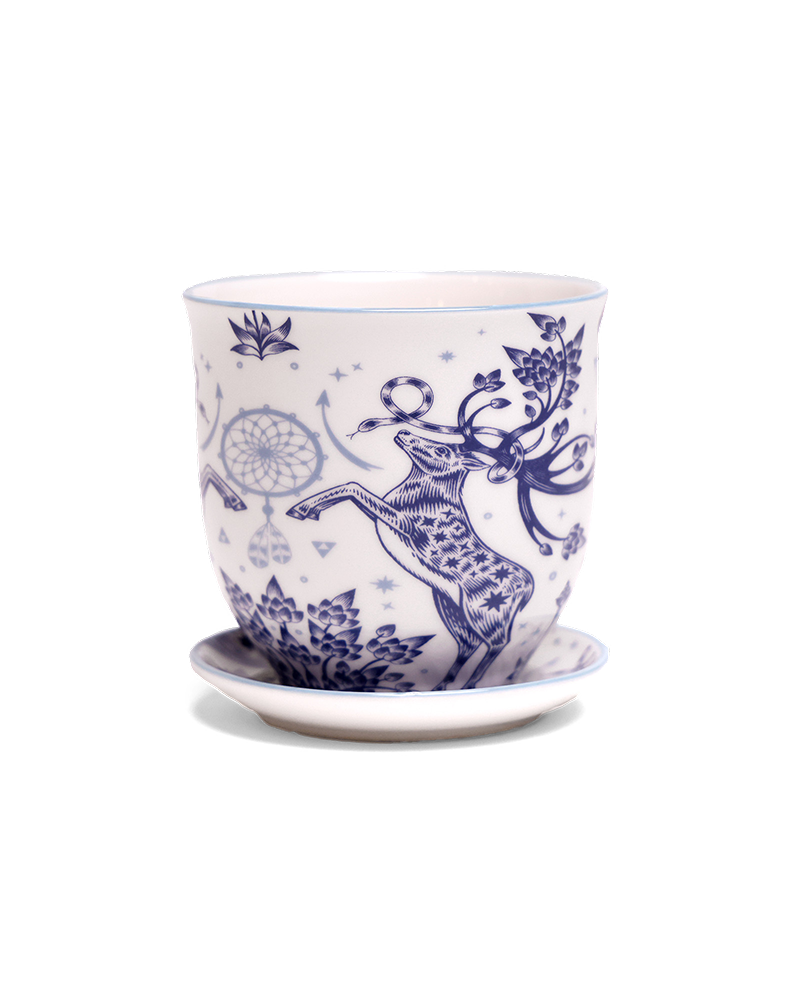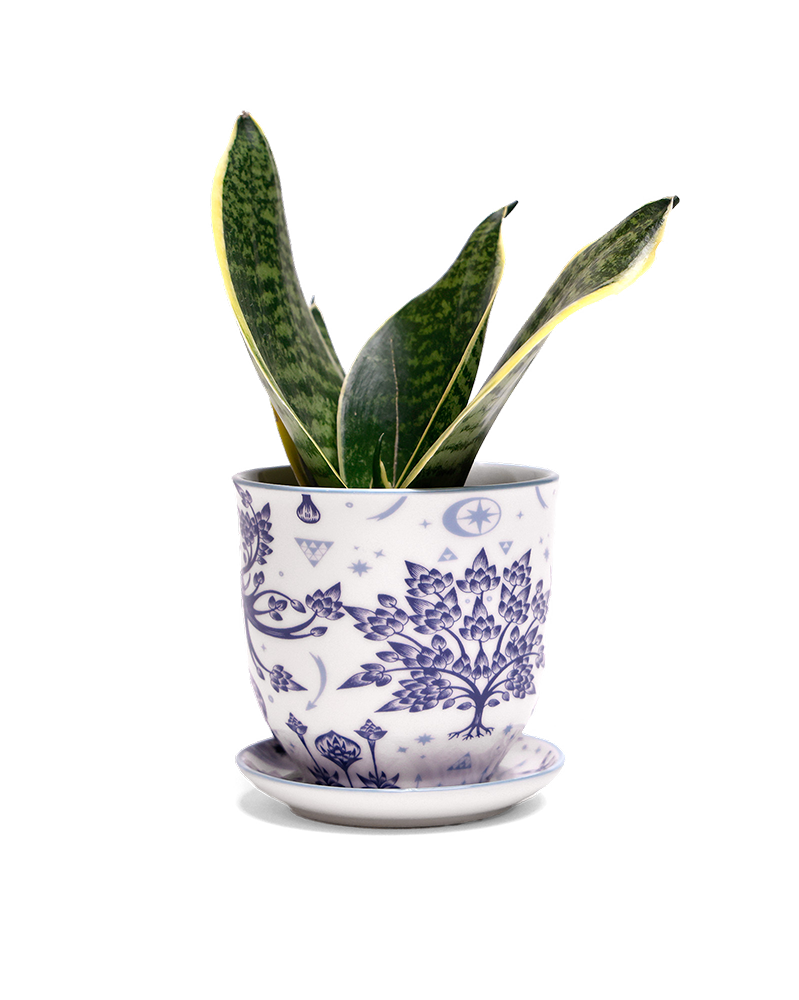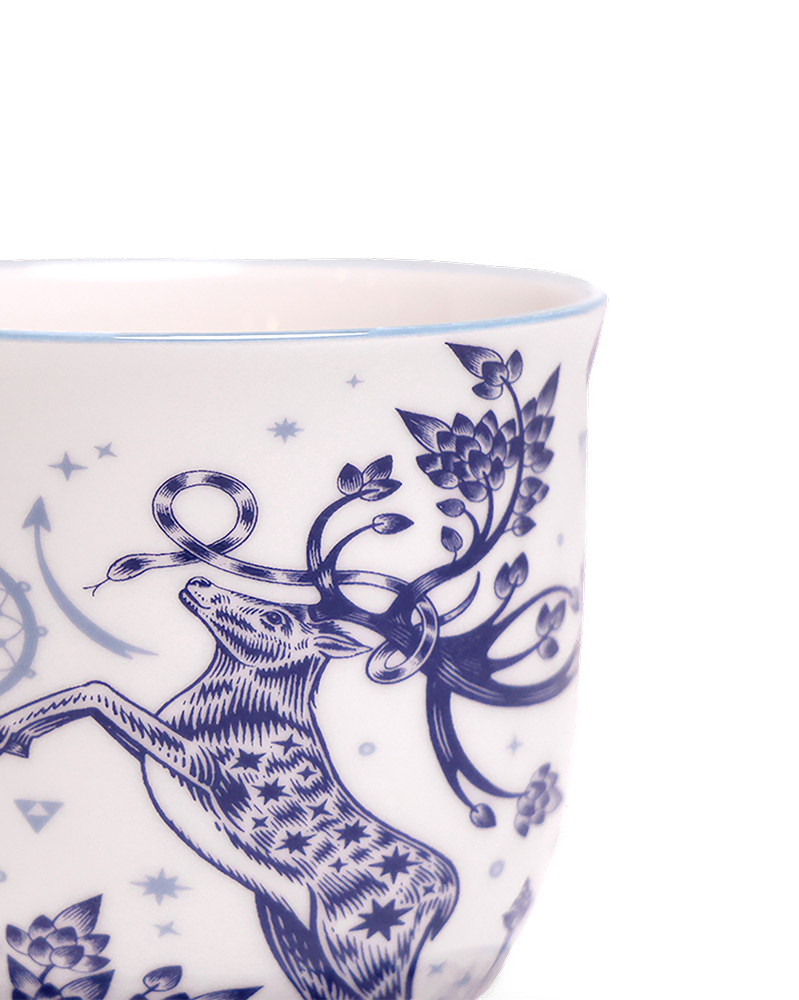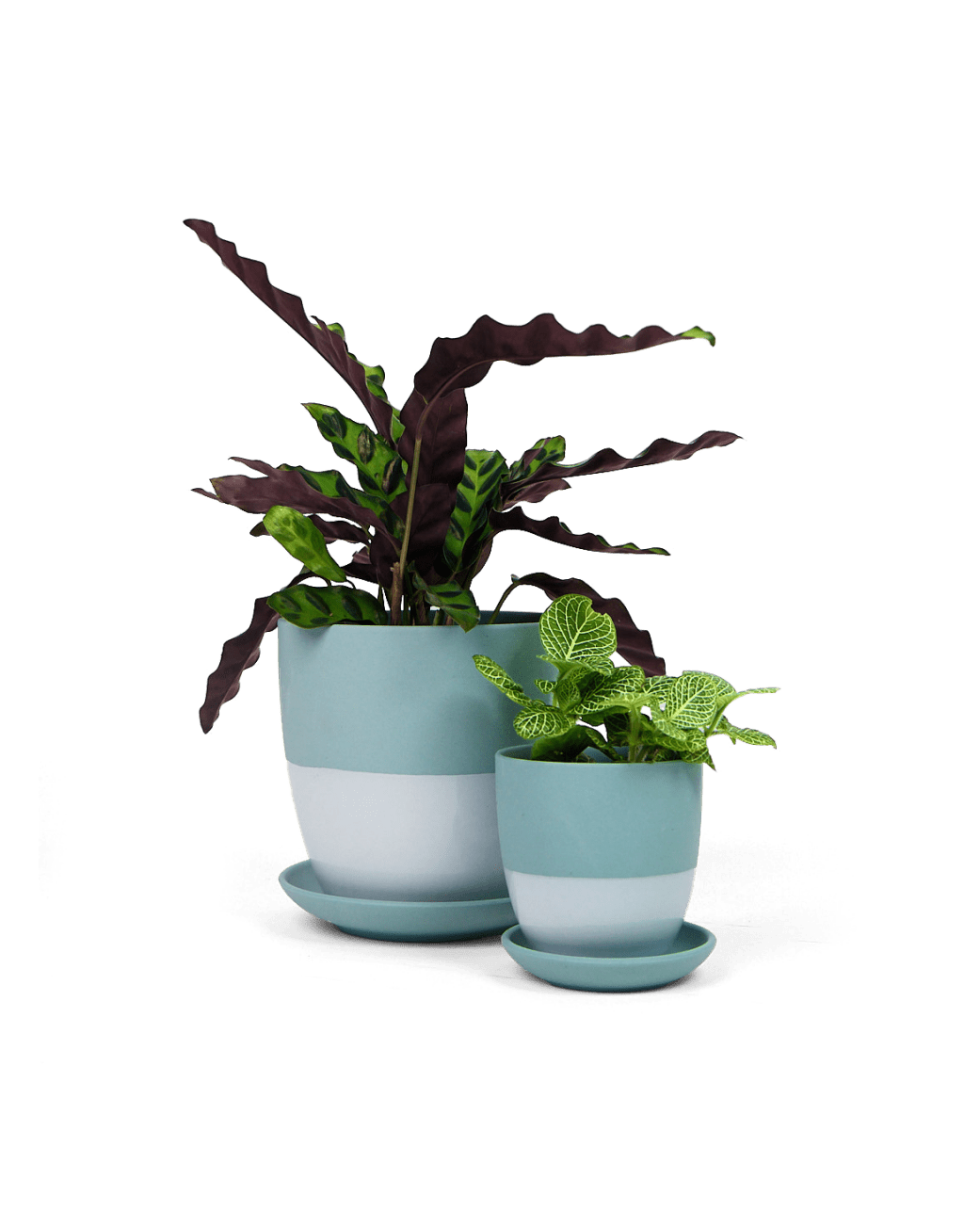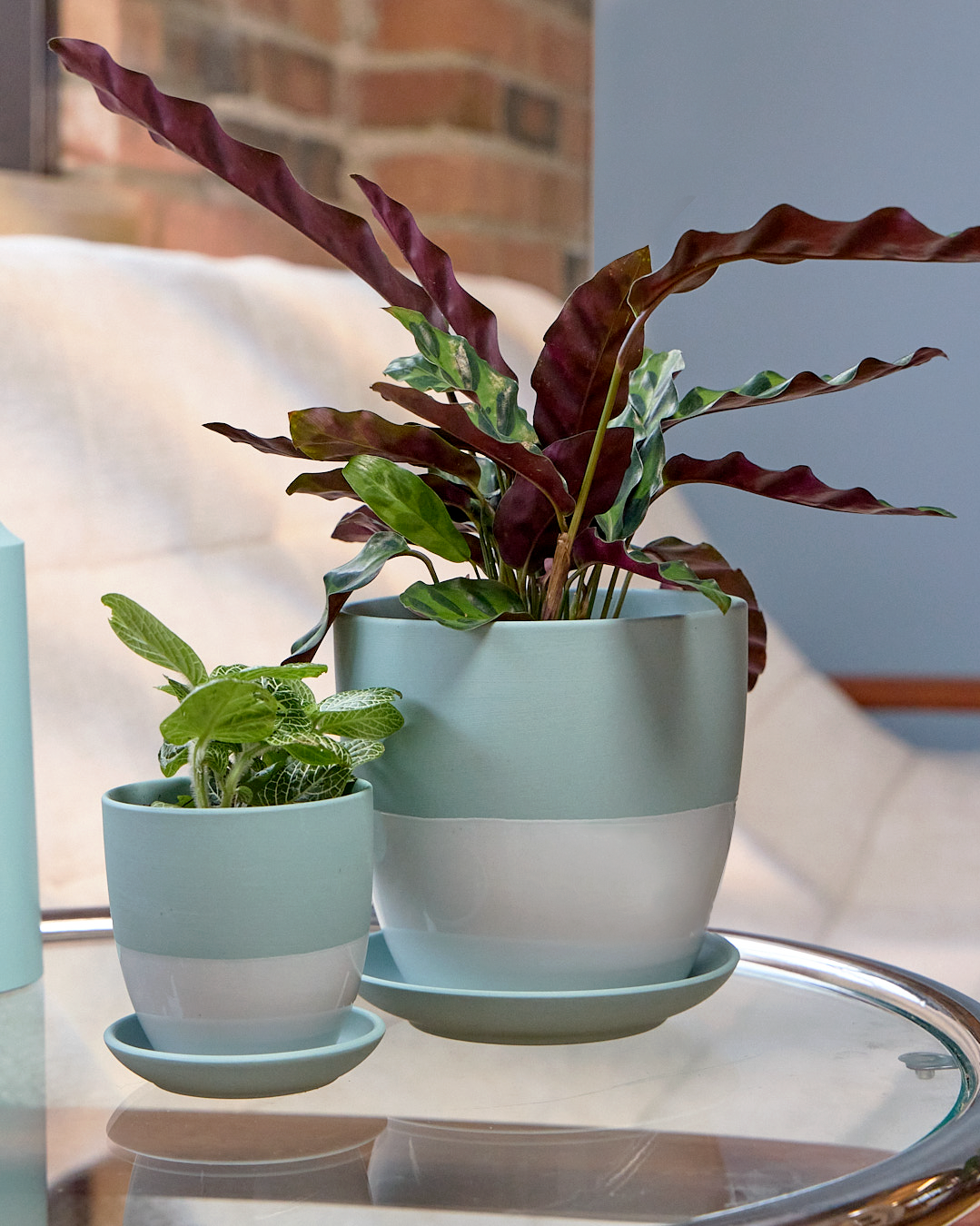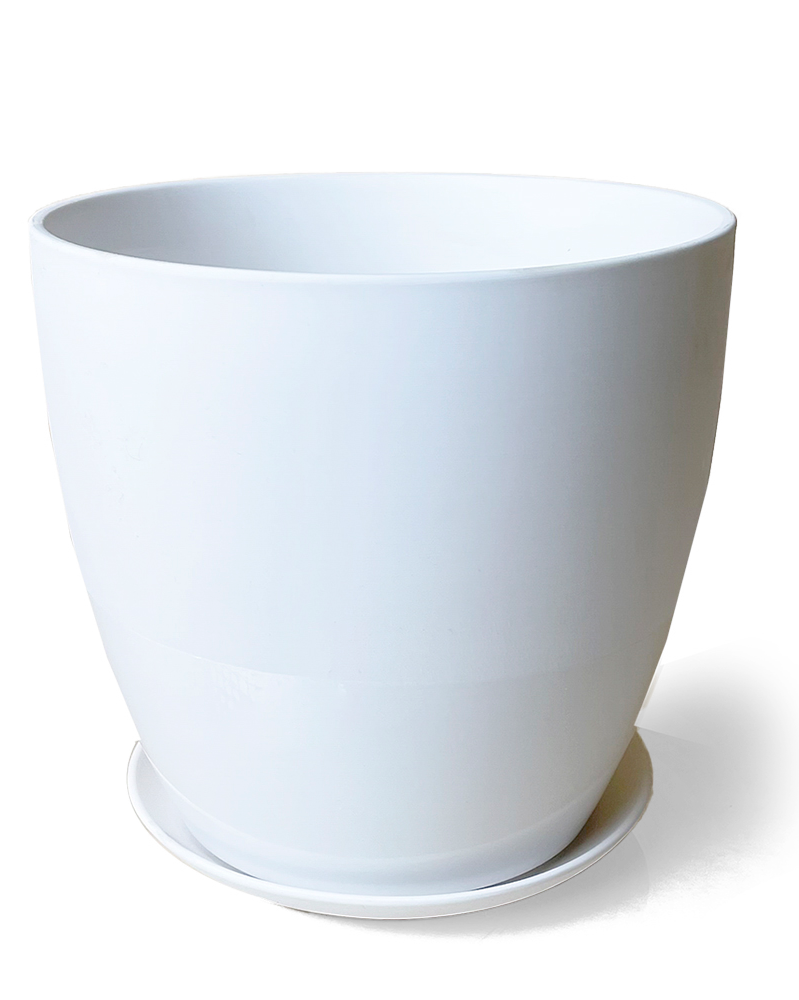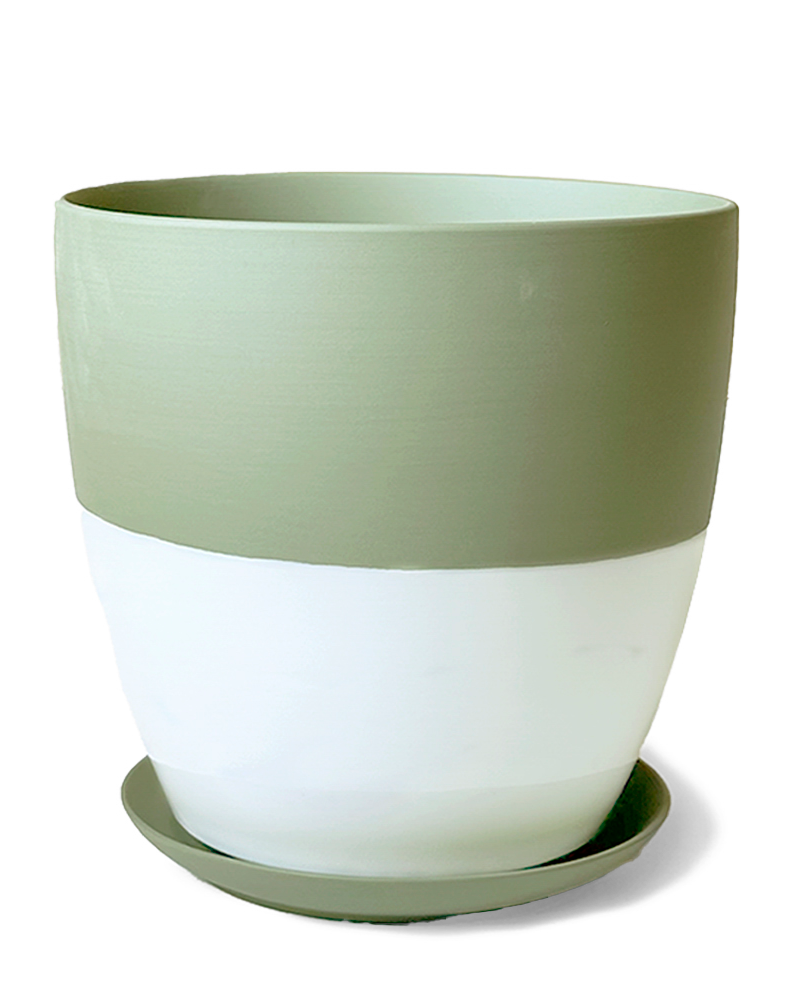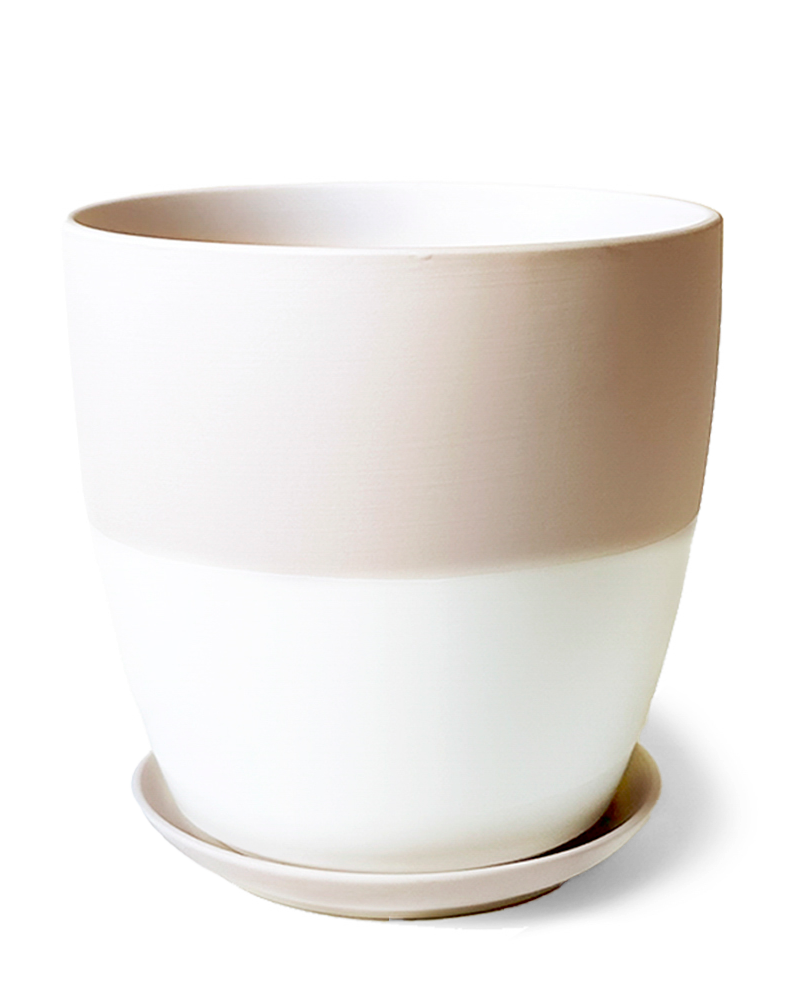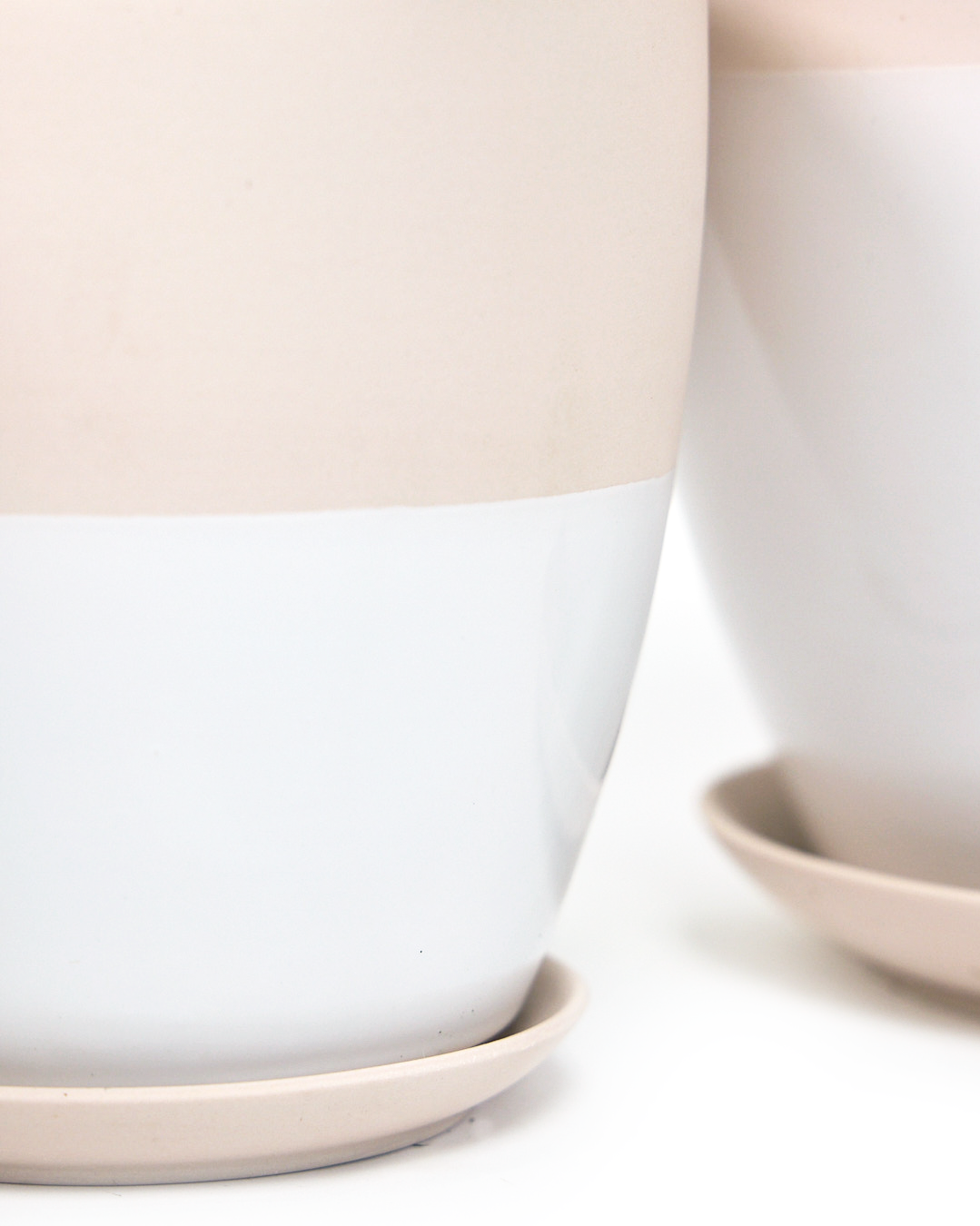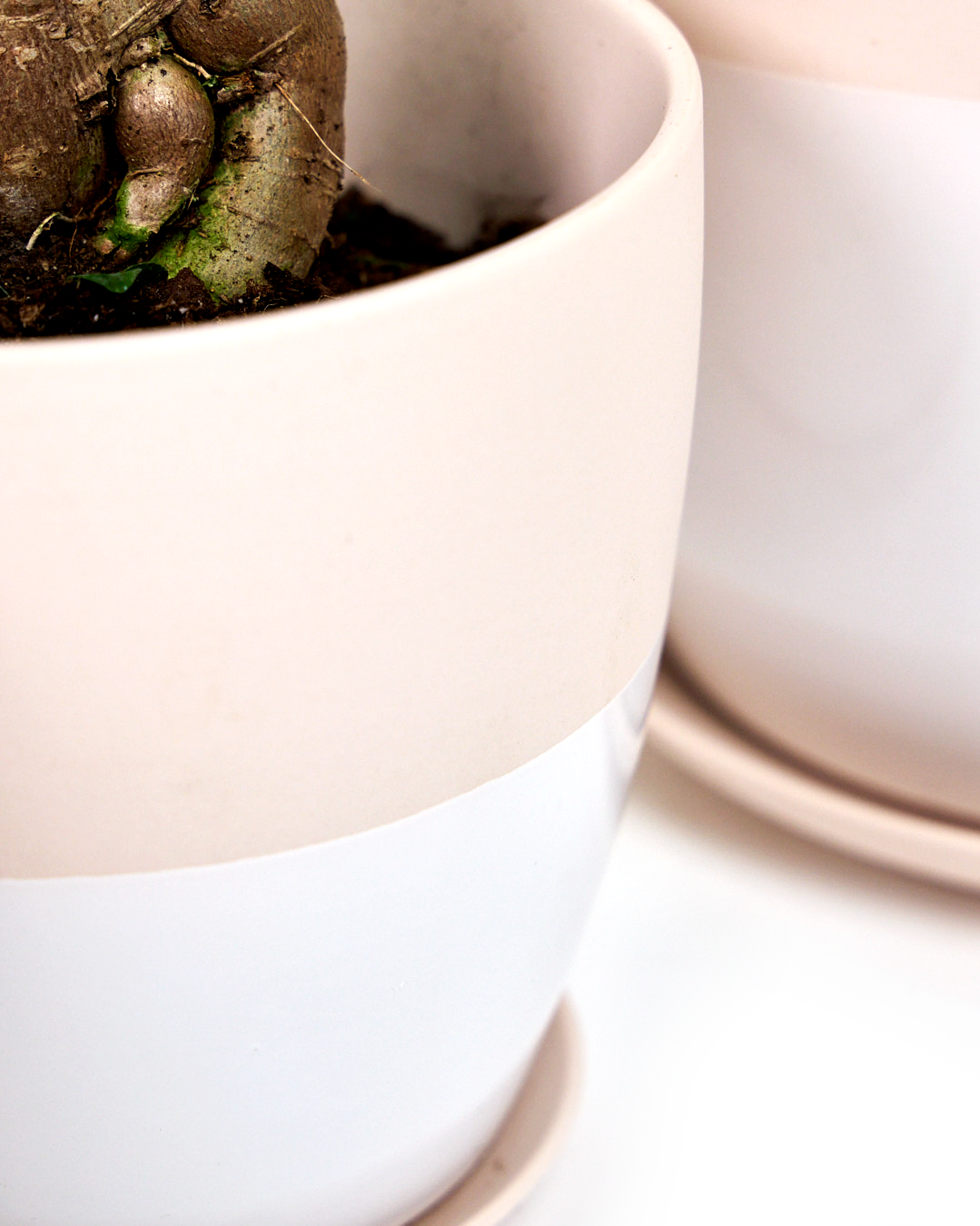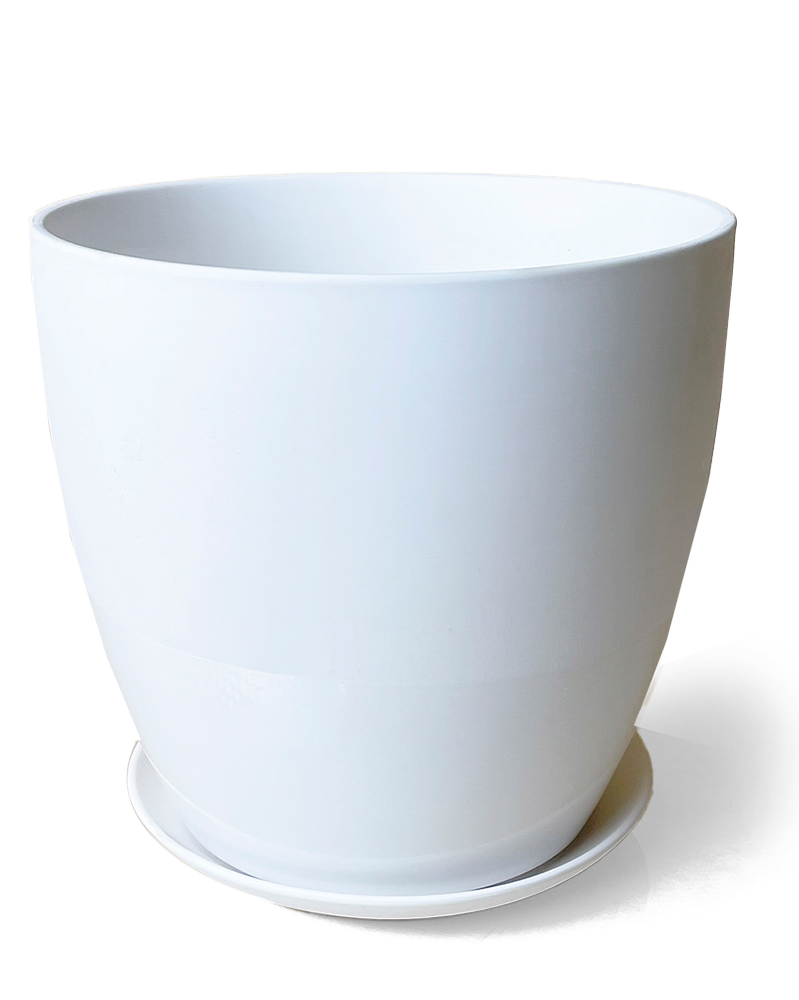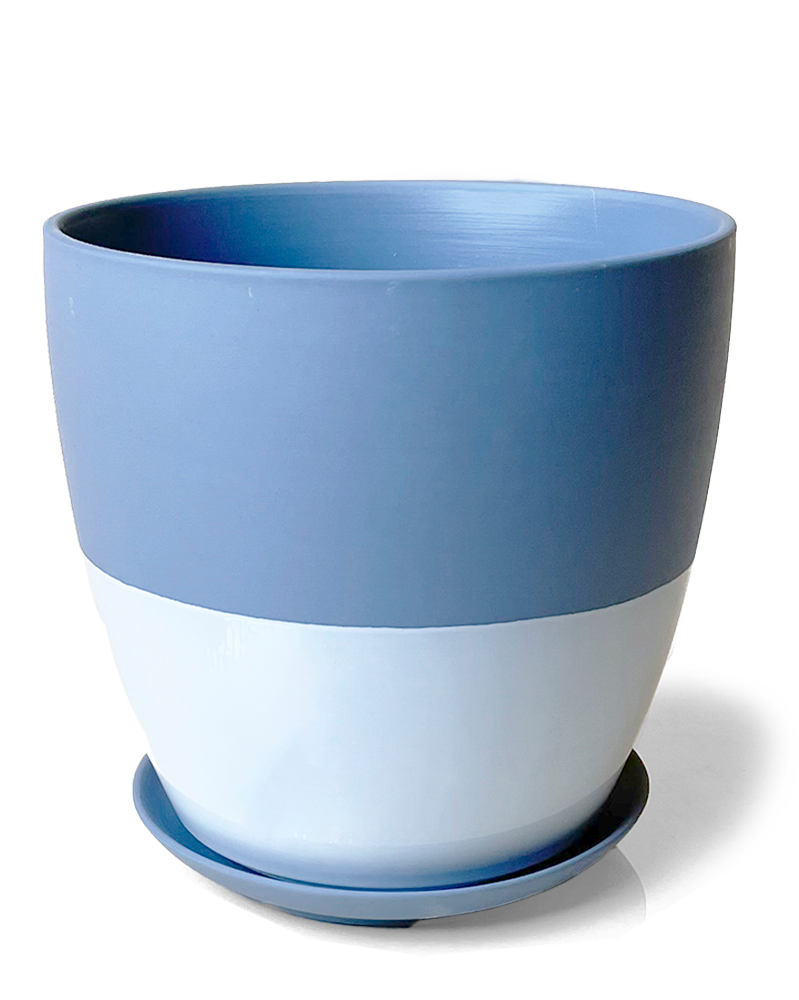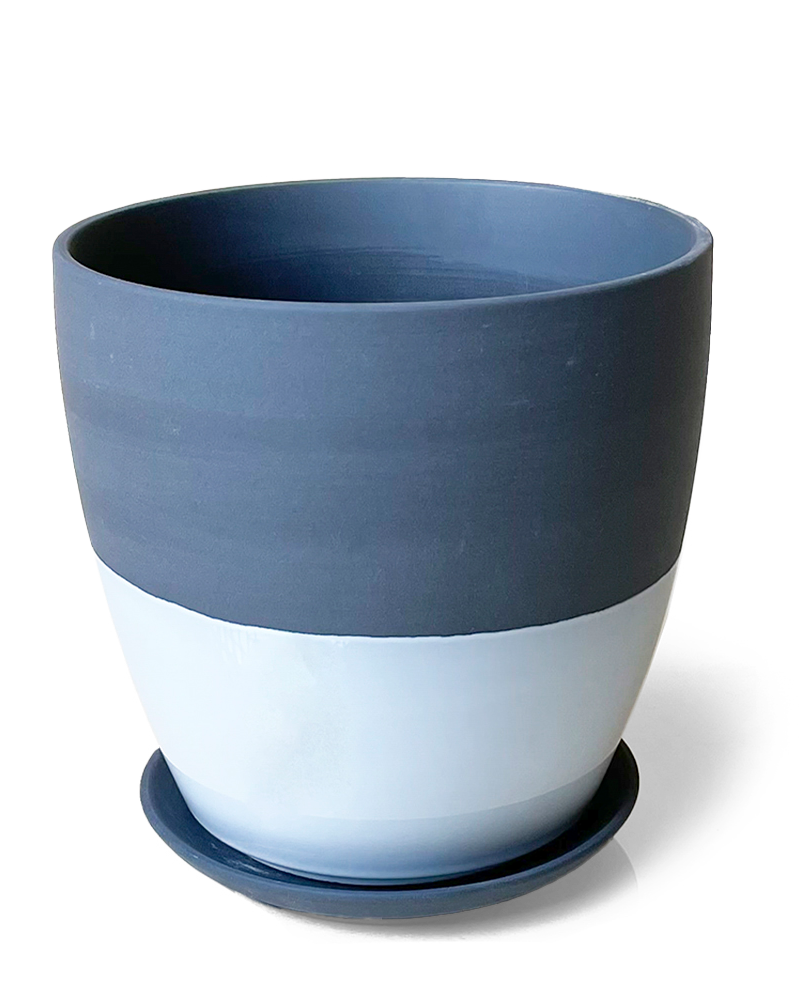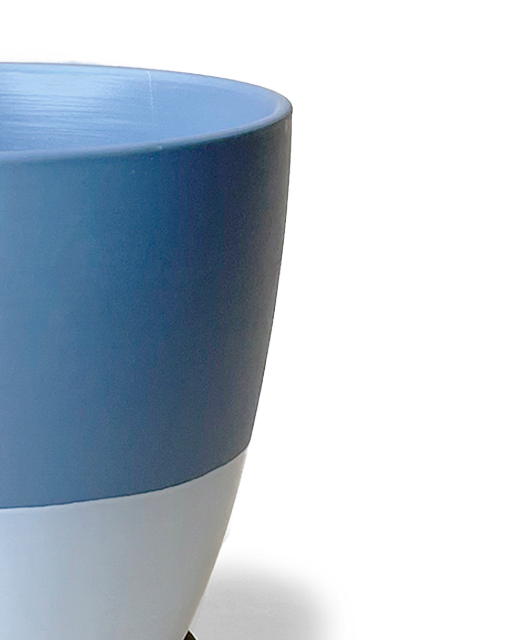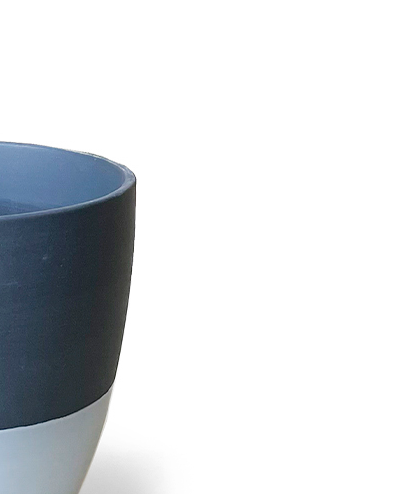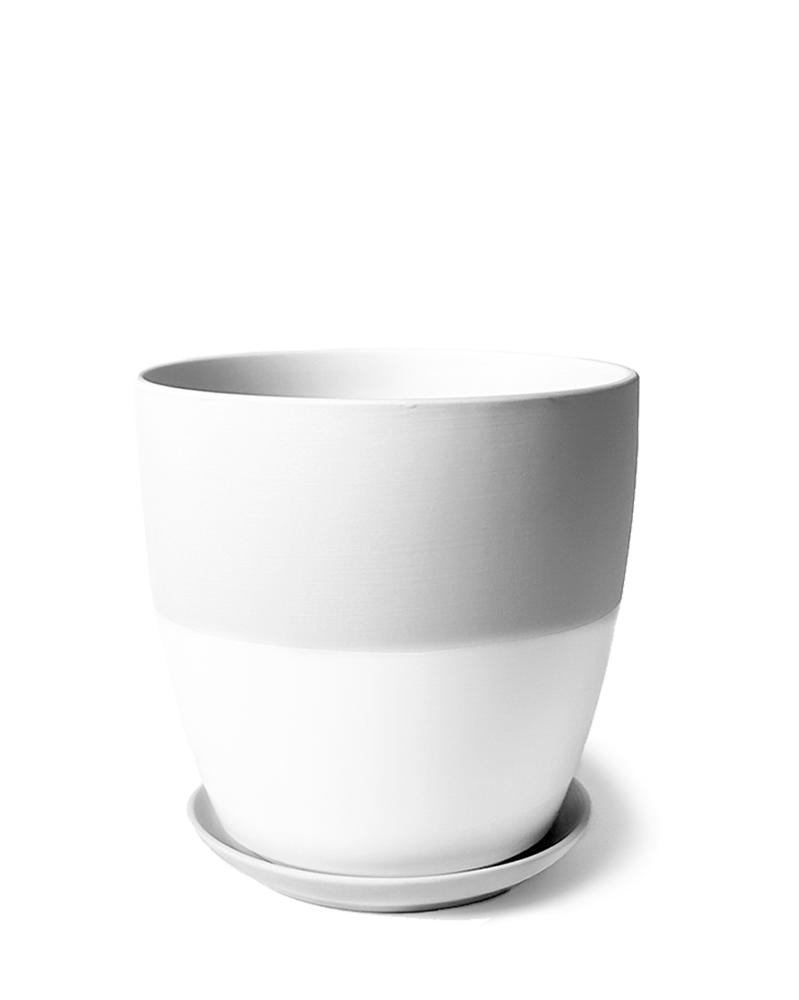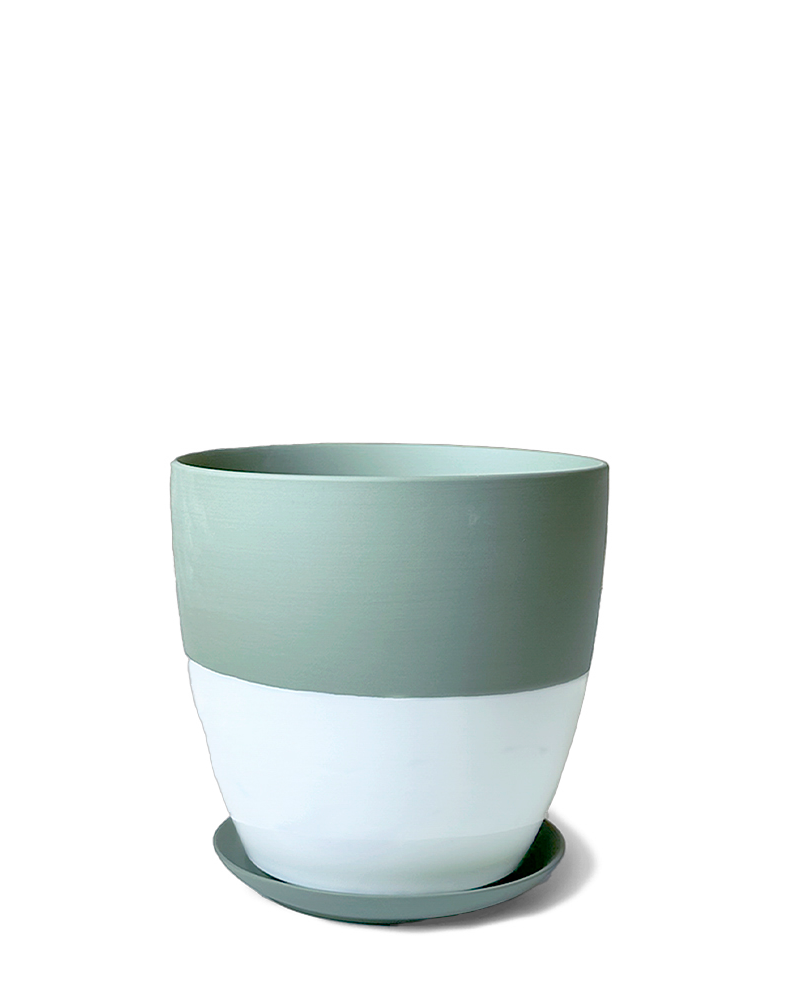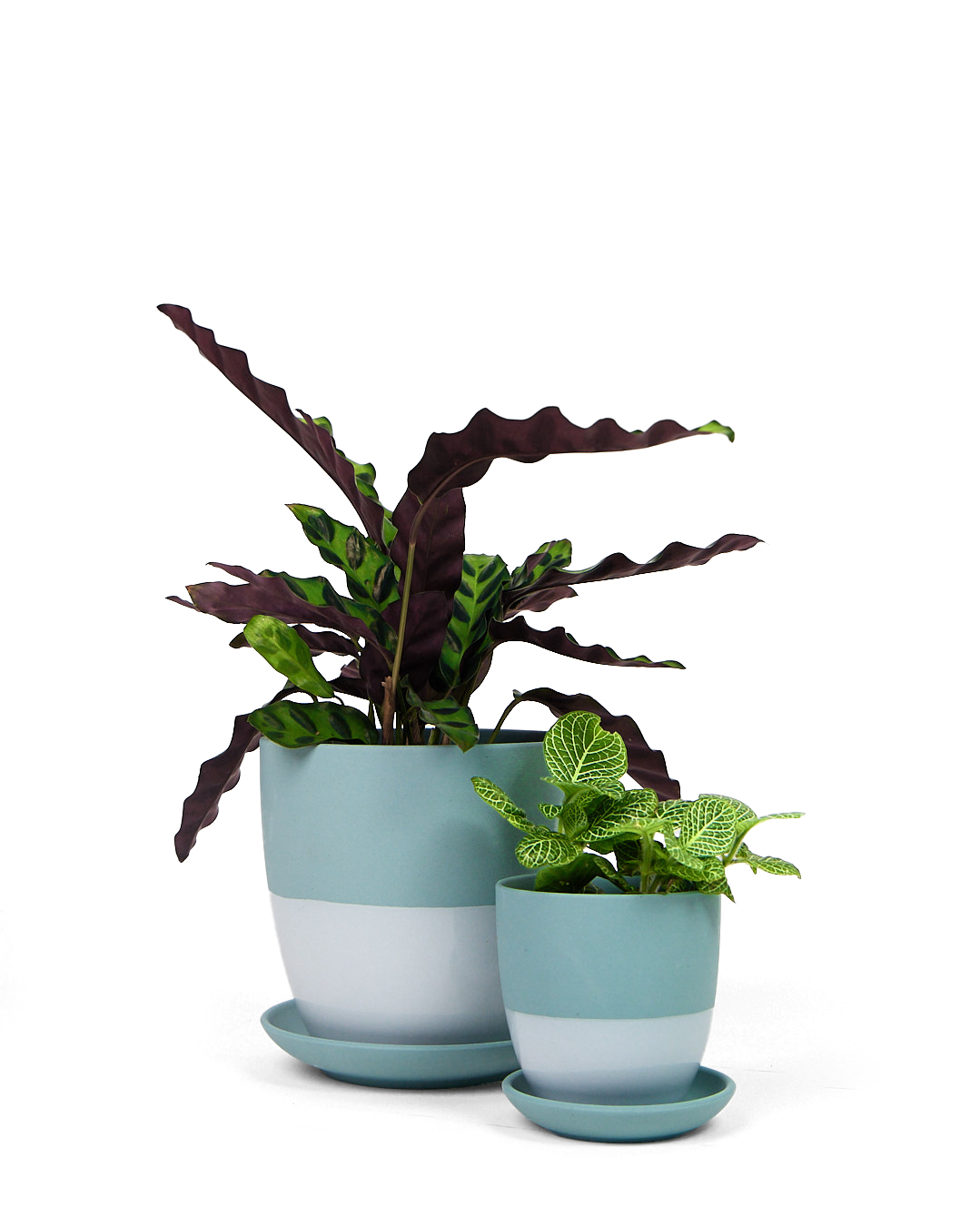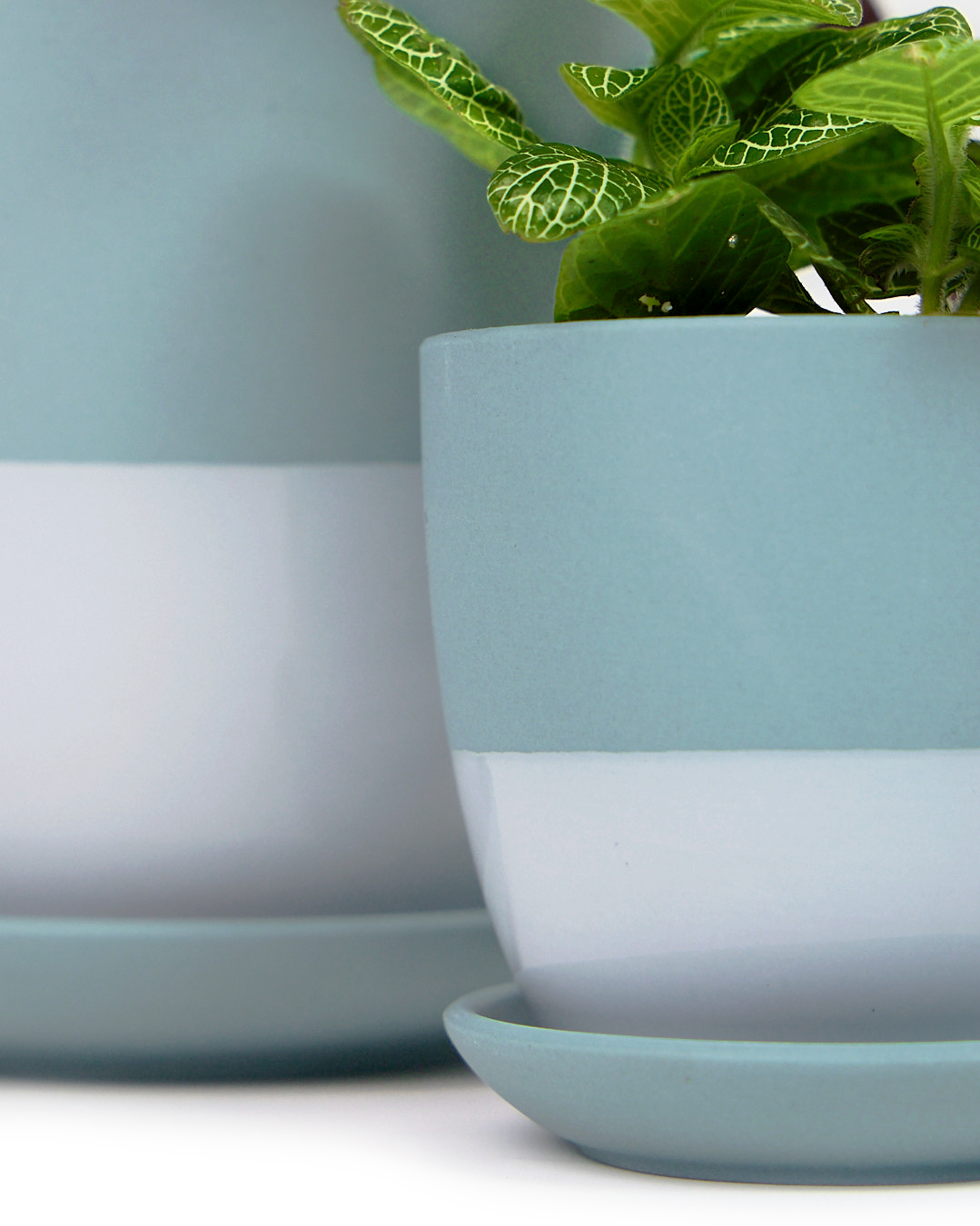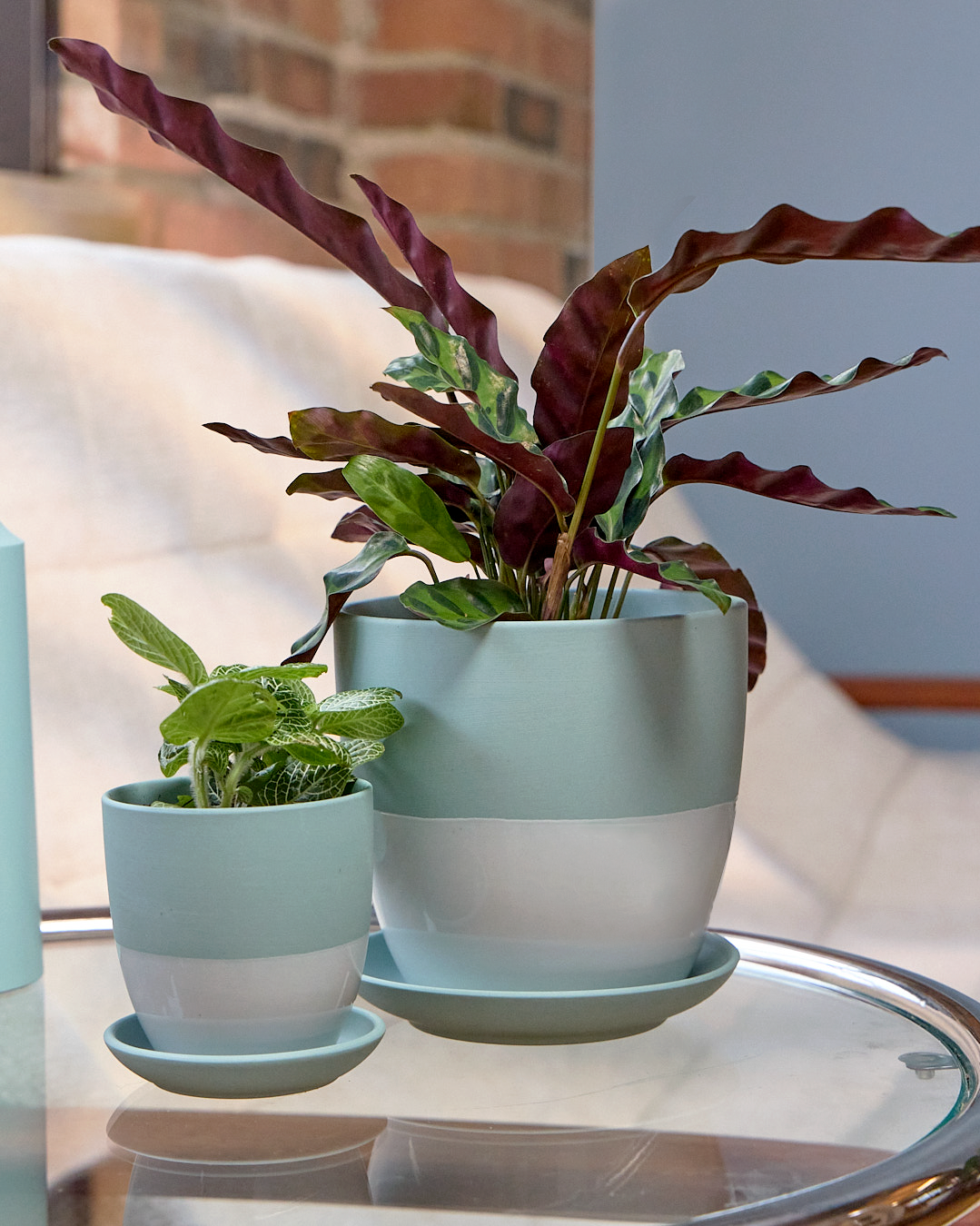
How to care
for your Begonia
Begonia

The Ultimate Guide to Caring for Begonia
- Here’s a good one, eh? Alexa Dirks is a Canadian pop singer and songwriter who’s stage name is Begonia. Check out her 2019 Album “Fear” which received numerous awards and has had two of her songs hit #1 on Canada’s CBC national radio chart.
- Begonias belong to the Begoniaceae family and are closely related to pumpkins, squash, gourds, cucumbers and melons – must be an awkward family dinner when you’re the most toxic of your family members.
- Tuberous and Wax begonias are edible to humans, at least! They have a mild, slightly sweet-sour taste similar to citrus.
- The name Begonia honours Michel Begon, a former governor and amateur botanist – must be nice to be an “amateur” botanist and have a whole 1,800 species named after you.
Rating of 5 means .
The rating of this product for "" is 4.
Care Level
Generally speaking, Begonias are easy going and tolerant to neglect and poor care, making them a good choice for beginners.
Rating of 5 means .
The rating of this product for "" is 2.
Light
Placing your Begonia in a spot where it can receive bright, indirect light is important, as they can get scorched easily if directly under the sun. Begonias can also survive under fluorescent lights, but we don’t recommend it as they won’t be as stunning under those conditions. Like we mentioned above, Tuberous Begonias, who some say are more spectacular than its other brethren, are more demanding of the spotlight. Can’t blame ‘em – have you seen their flowers? So while it’s more of a show-off, they’ll need more exposure to indirect light.
Rating of 5 means .
The rating of this product for "" is 3.
Water
While Begonias like their soil to be damp, they’re also very sensitive to overwatering and root rot. Begonia connoisseurs will advise you wait until the Begonia looks like it’s dry (droopy leaves) before watering them to avoid root rot. Always test the soil with your finger – the top inch should be dry before you give it a soak. Like other indoor plants, you should water your Begonia more frequently in the spring and summer while reducing the frequency in the fall and winter.
Rating of 5 means .
The rating of this product for "" is 4.
Humidity
Begonias are tropical plants; therefore, they thrive well in a humid environment. You can cluster your plants so that they create more humidity, place your Begonia on top of a pebble tray submerged in water or pair it them with a humidifier. Brown tips are an indicator of low humidity. We don’t recommend you mist Begonias since their leaves prone to powdery mildew.
Rating of 5 means .
The rating of this product for "" is 4.
Temperature
Begonias can be sensitive to temperature changes – they do well in temperatures around 16 – 23°C.
Rating of 5 means .
The rating of this product for "" is 4.
Pets
Begonias are toxic to pets – they’ll cause excessive burning and irritation in the mouth if eaten by Doggie the Dog, Cattie the Cat, and they can cause major kidney issues for Horsey the Horse.
Rating of 5 means .
The rating of this product for "" is 4.
Care Level
Generally speaking, Begonias are easy going and tolerant to neglect and poor care, making them a good choice for beginners.
Rating of 5 means .
The rating of this product for "" is 2.
Light
Placing your Begonia in a spot where it can receive bright, indirect light is important, as they can get scorched easily if directly under the sun. Begonias can also survive under fluorescent lights, but we don’t recommend it as they won’t be as stunning under those conditions. Like we mentioned above, Tuberous Begonias, who some say are more spectacular than its other brethren, are more demanding of the spotlight. Can’t blame ‘em – have you seen their flowers? So while it’s more of a show-off, they’ll need more exposure to indirect light.
Rating of 5 means .
The rating of this product for "" is 3.
Water
While Begonias like their soil to be damp, they’re also very sensitive to overwatering and root rot. Begonia connoisseurs will advise you wait until the Begonia looks like it’s dry (droopy leaves) before watering them to avoid root rot. Always test the soil with your finger – the top inch should be dry before you give it a soak. Like other indoor plants, you should water your Begonia more frequently in the spring and summer while reducing the frequency in the fall and winter.
Rating of 5 means .
The rating of this product for "" is 4.
Humidity
Begonias are tropical plants; therefore, they thrive well in a humid environment. You can cluster your plants so that they create more humidity, place your Begonia on top of a pebble tray submerged in water or pair it them with a humidifier. Brown tips are an indicator of low humidity. We don’t recommend you mist Begonias since their leaves prone to powdery mildew.
Rating of 5 means .
The rating of this product for "" is 4.
Temperature
Begonias can be sensitive to temperature changes – they do well in temperatures around 16 – 23°C.
Rating of 5 means .
The rating of this product for "" is 4.
Pets
Begonias are toxic to pets – they’ll cause excessive burning and irritation in the mouth if eaten by Doggie the Dog, Cattie the Cat, and they can cause major kidney issues for Horsey the Horse.
Pots for your Begonia
Subscribe to our newsletter
Promotions, new products and sales. Directly to your inbox.

